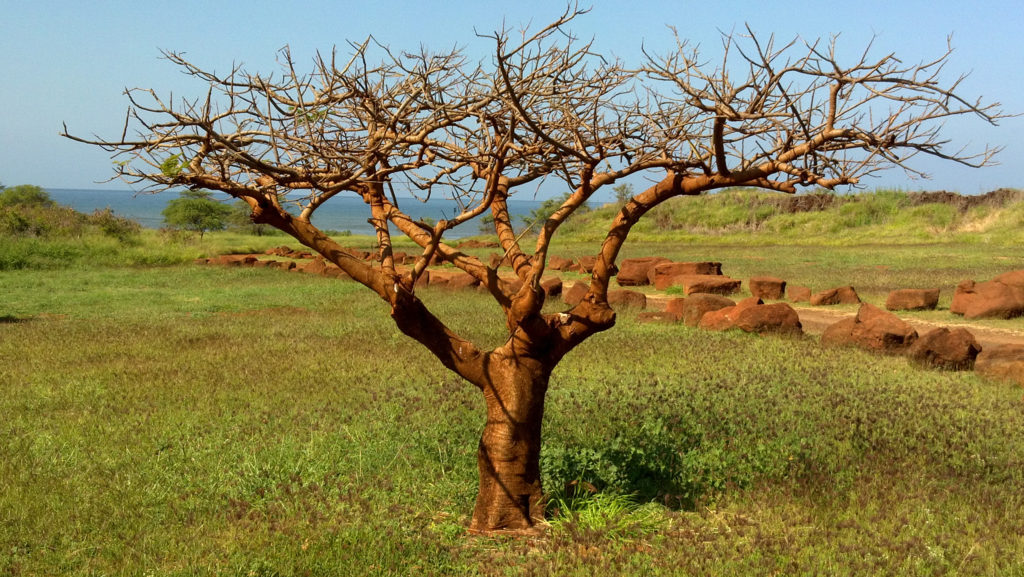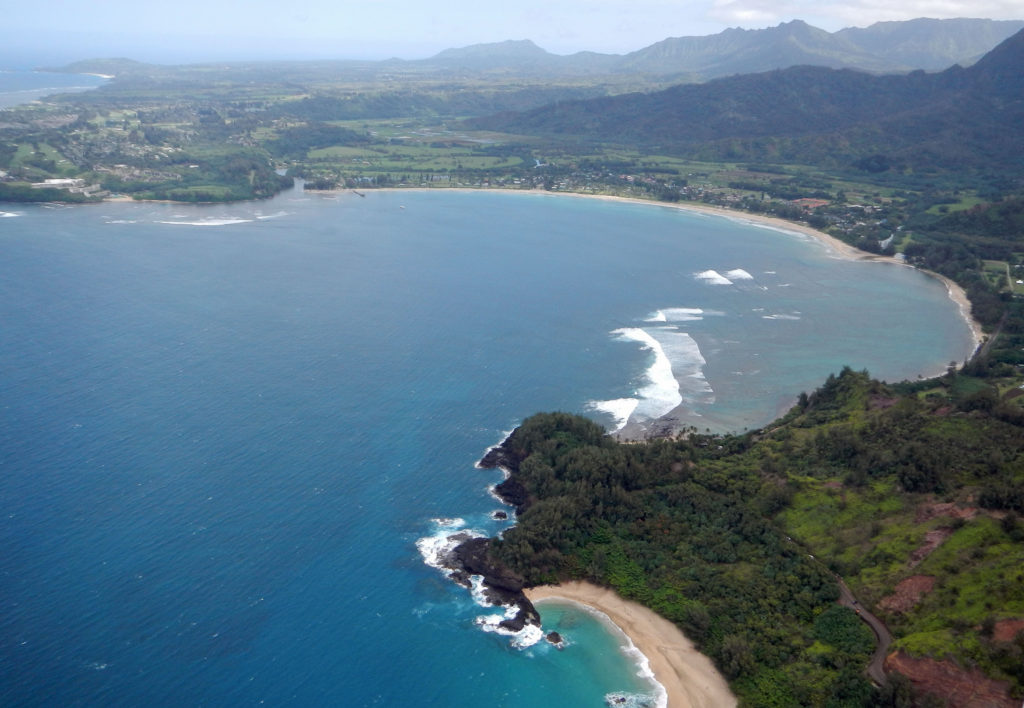There is a new trail at Silver Falls and a new hike:
The North Canyon Loop
Where: Silver Falls State Park
Distance: 2.4 miles
Elevation gain: 300 feet
Difficulty: Easy
Map:
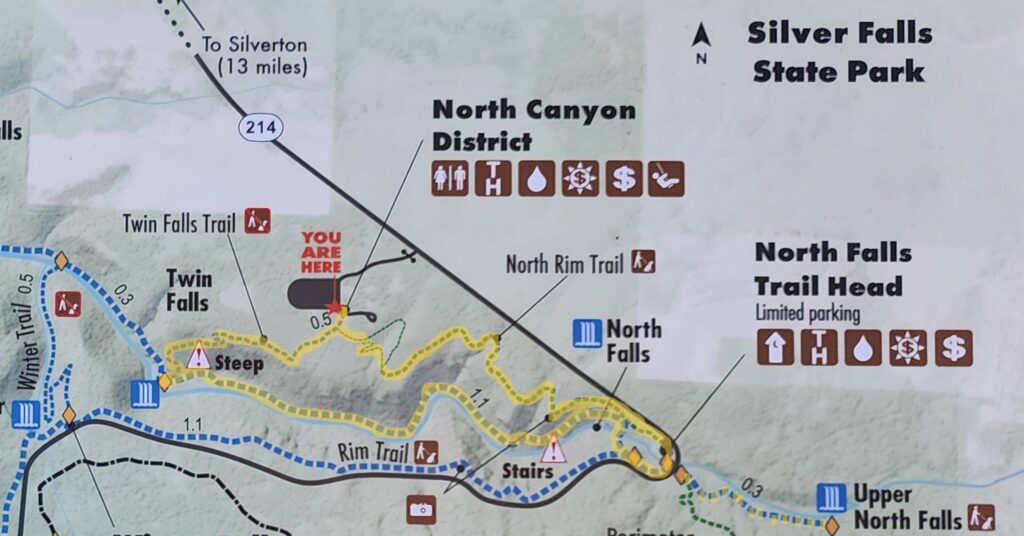
Oregon State Parks map and brochure.
Overview:
Silver Falls State Park opened a new day use area, called North Canyon, in July 2023, the first phase of a North Gateway complex that will also feature a visitor center and a new 50-unit campground (scheduled to open in 2025). North Canyon features a new picnic area, ADA accessible restrooms, and a 59-space parking lot, which more than doubles the available parking in the north end of the park.
North Canyon also features a new trail, the North Rim Trail, that runs along the canyon rim between the new day use area and the existing North Falls parking lot and North Falls trailhead. The new trail is ADA accessible to a viewpoint of North Falls. This new trail at Silver Falls makes possible a new 2.4-mile loop hike that is this week’s hike of the week.

Getting there:
Silver Falls State Park is located about fifteen miles east of Salem, Oregon. Coming from Salem or south, take Ore Hwy 22 east and look for signs to Silver Falls. The turn off onto Ore Hwy 214 is about five miles east of Interstate-5. The South Falls day use area is about 15 miles from Hwy 22. The North Falls parking area is about 2.2 miles farther, and the new North Canyon day use area is just beyond that (look for a sign for the group camp area).
Coming from the north, take exit 271 off I-5 at Woodburn. Proceed through Woodburn on Ore Hwy 214 and follow 214 through the towns of Mount Angel and Silverton. The park is about 12 miles from Silverton. The North Canyon turnoff (old group camp area) is the first right after entering the park. The North Falls parking area is a short distance beyond the North Canyon turnoff.
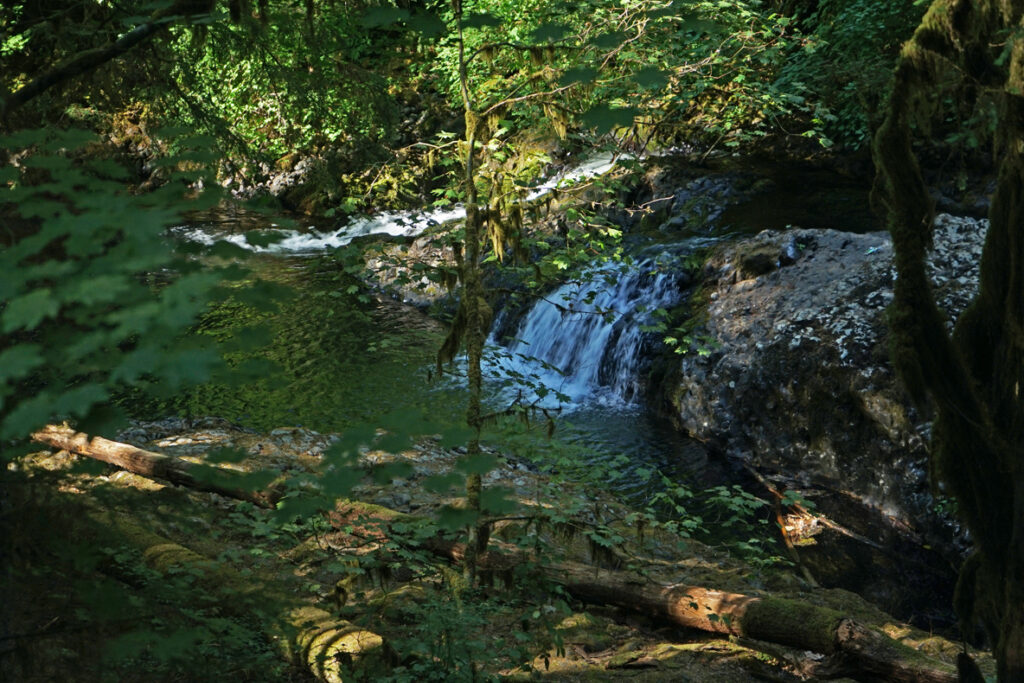
Trailheads:
You can start and end the North Canyon Loop hike from either the North Falls or the new North Canyon trailheads. Both have restrooms and water is available at both. Day use parking permits cost five dollars and can be purchased at either parking area. Twelve month and twenty-four month Oregon State Park passes are available for $30 and $50 respectively from the Reserve America website.
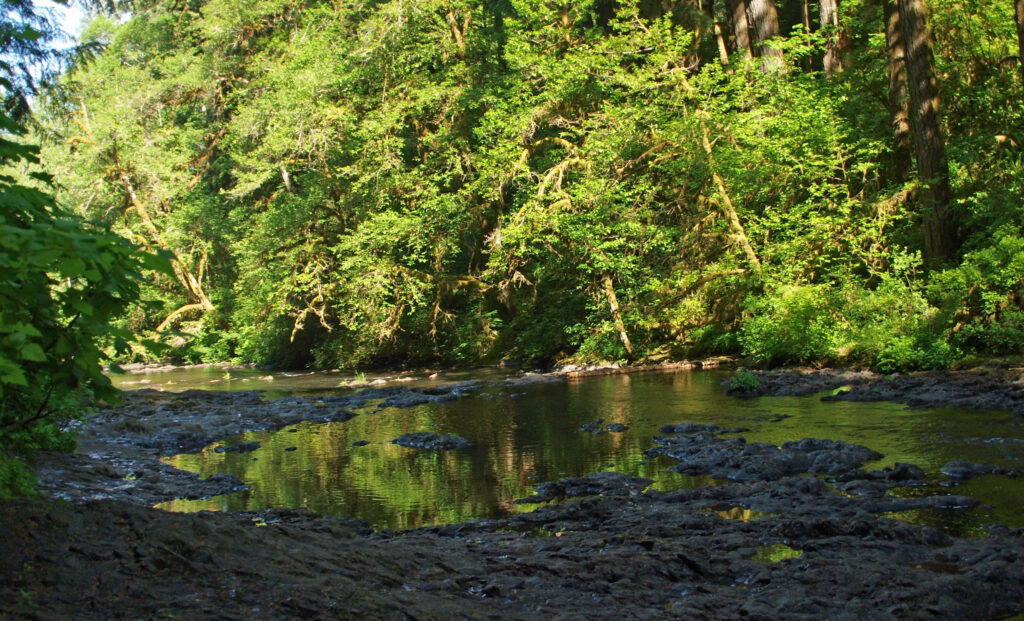
The hike:
This hike can be done in either clockwise or counterclockwise directions. Going counterclockwise avoids the steep climb out of the canyon from Twin Falls to the North Canyon trailhead. I went the other way, though.
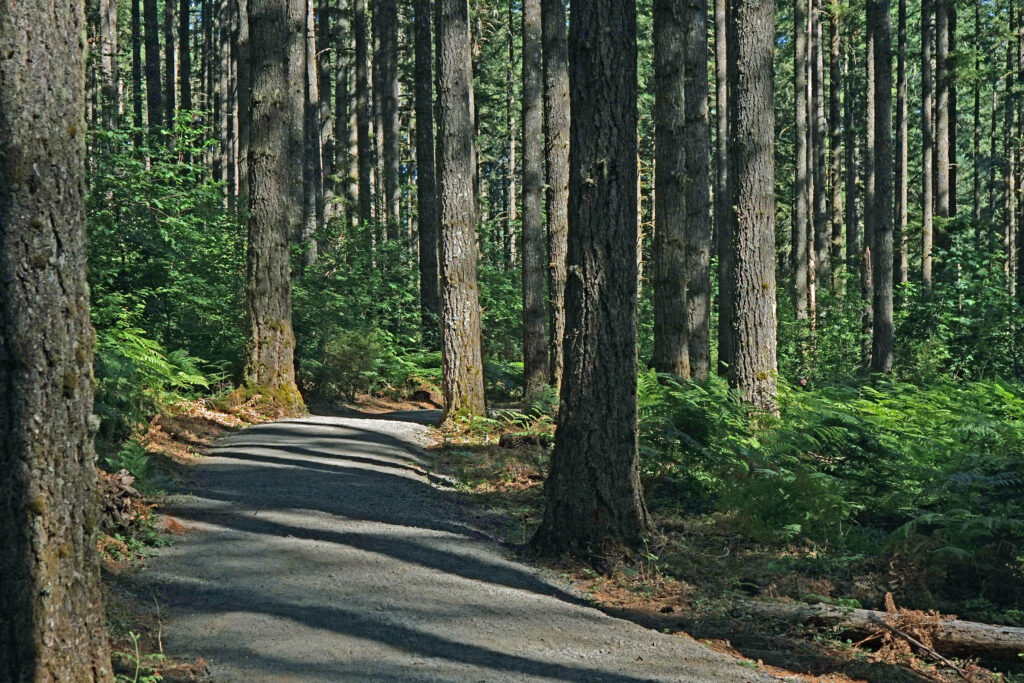
I started at the new North Canyon trailhead. The North Rim Trail is a wide gravel path with a gradual (less than 5%) grade that is ADA accessible from the trailhead to the North Falls Viewpoint. Beyond that, the trail is narrower and not ADA compliant.
Just beyond the trailhead you’ll come to the junction with the Twin Falls Trail, an older trail that takes you down a steep descent into the canyon. Turn right at the junction to do the loop in the counterclockwise direction.
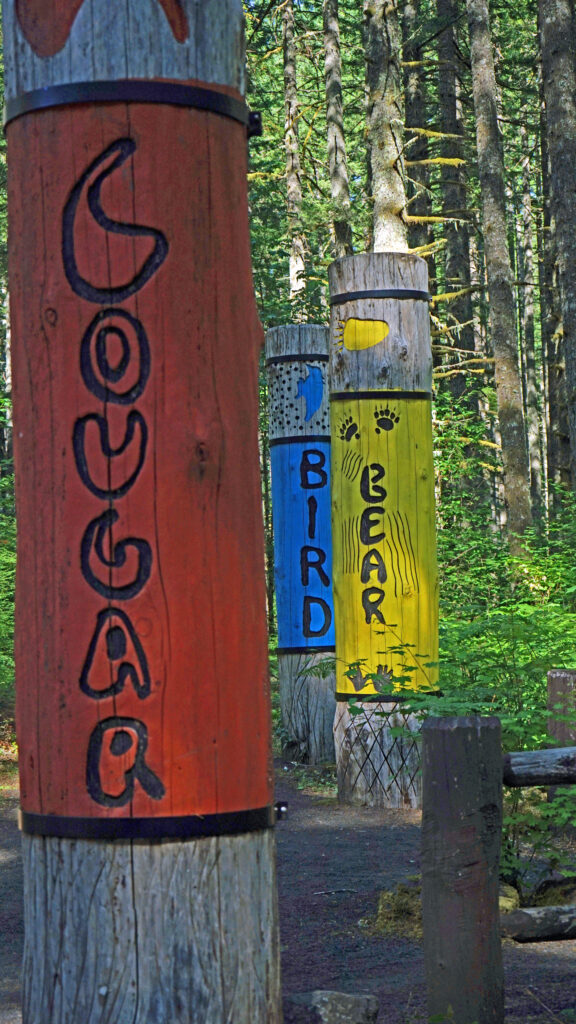
 Beyond the Twin Falls Trail junction, the North Rim Trail meanders through the forest, passing a children’s play area and a small two-table picnic area.
Beyond the Twin Falls Trail junction, the North Rim Trail meanders through the forest, passing a children’s play area and a small two-table picnic area.
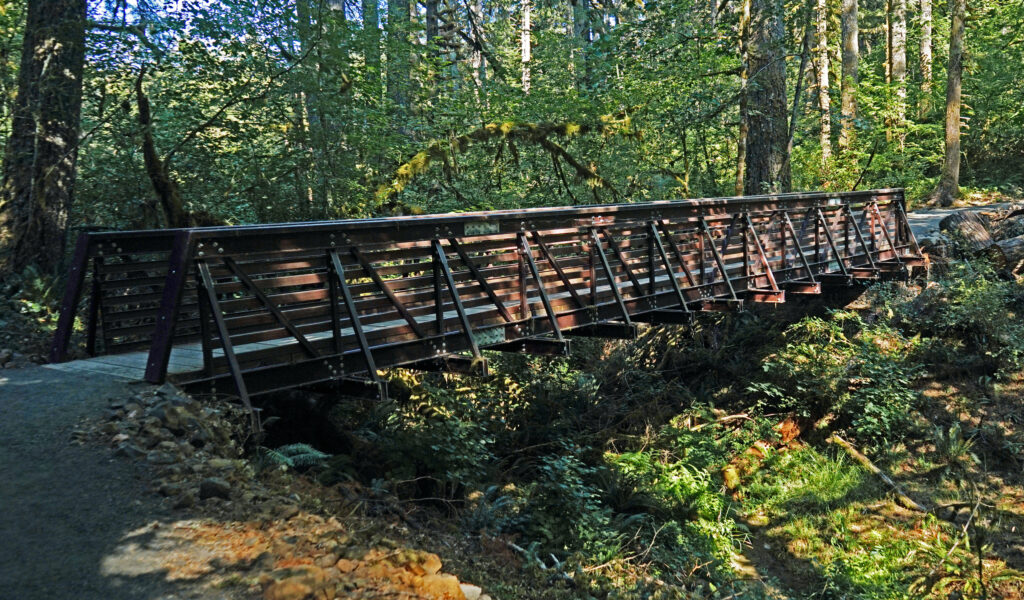
There are two bridges on the new trail built to meet ADA requirements.
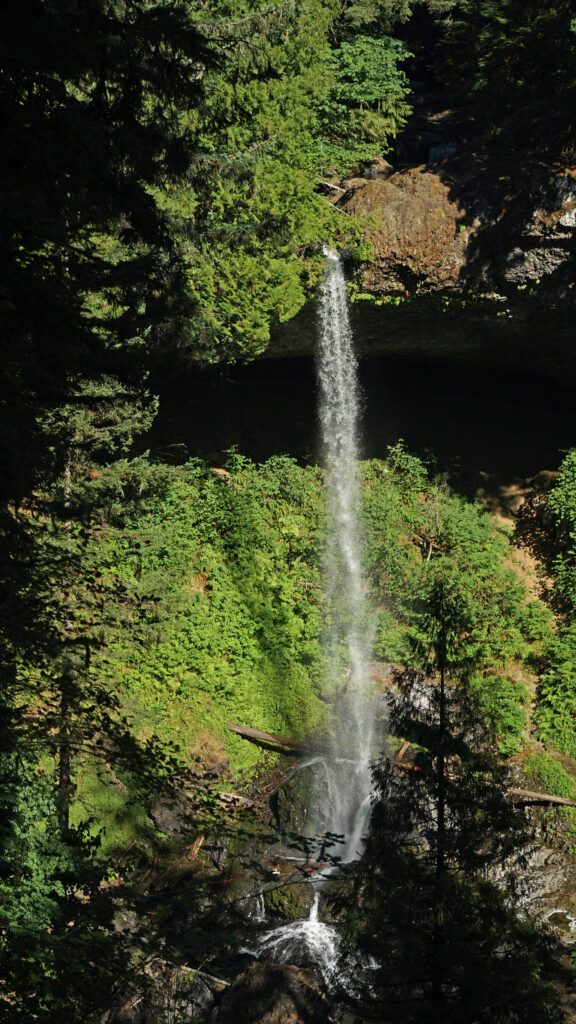
In about six tenths of a mile, the ADA accessible portion of the trail ends at a spectacular viewpoint looking up the canyon to North Falls. This is a good spot to stop and linger for a while.

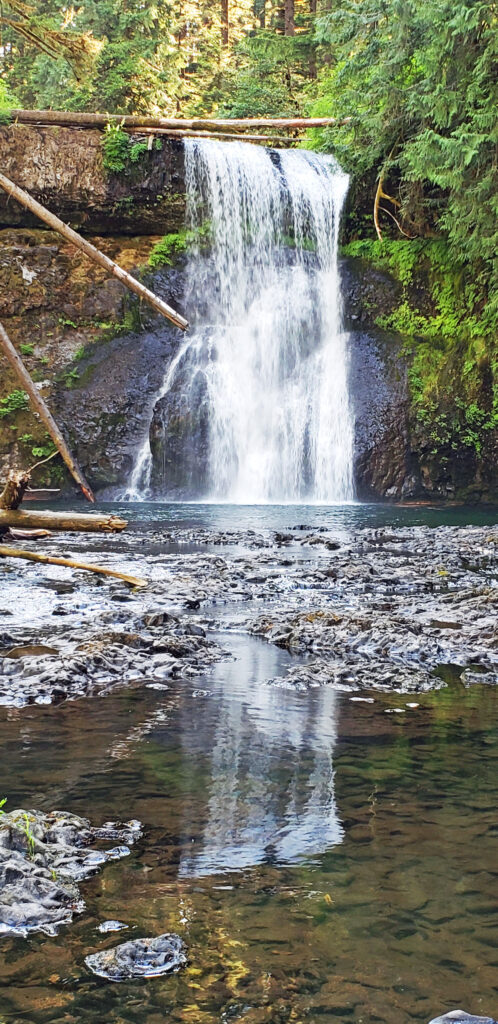
Beyond the viewpoint, the trail is a narrower non-ADA accessible dirt path that continues for another two tenths of a mile to the North Falls parking area. The North Falls and Upper North Falls trailheads are on the opposite side of the parking lot. The 0.6-mile out and back hike to Upper North Falls is a very worthwhile addition to this loop, making for a slightly longer 3.0-mile hike.
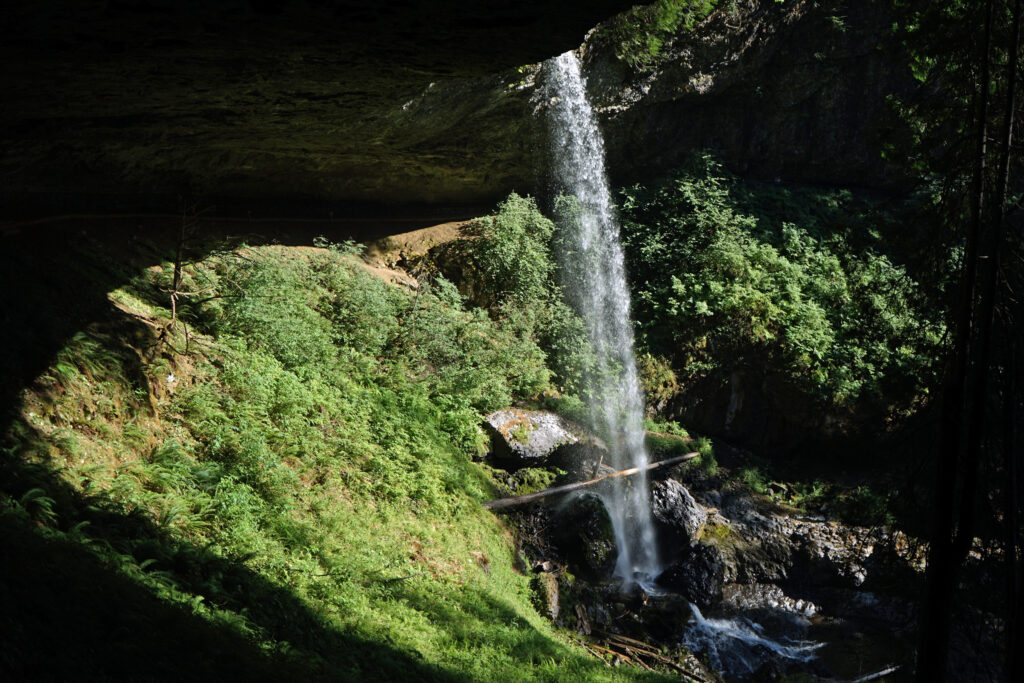
From the North Falls trailhead, take the Canyon Trail, which descends a set of steps and then loops back behind North Falls, one of the four falls in the park that you can walk behind. You’ll probably want to linger here, too, for a while. It’s a pretty unique and pretty special spot, in my opinion.
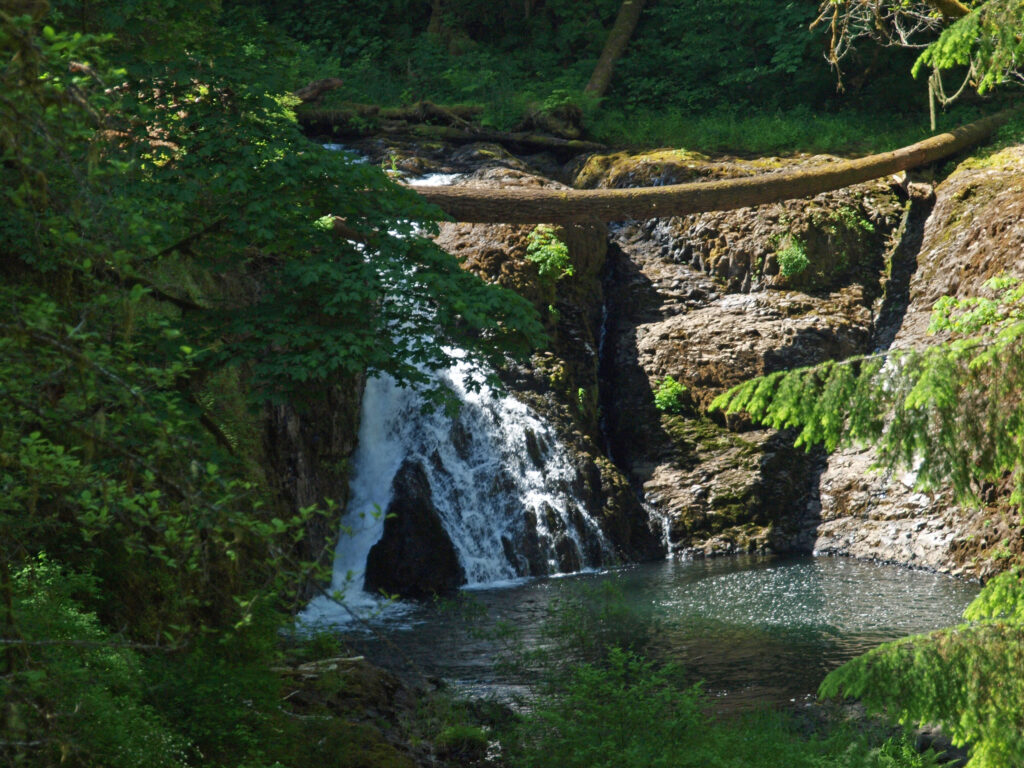
Continue on the Canyon Trail, passing almost directly below the viewpoint on the North Rim Trail, for about a mile to the lower junction of the Twin Falls Trail. Stay on the Canyon Trail for now. The best view of Twin Falls is a few hundred yards beyond the junction. Then retrace your steps and take the Twin Falls Trail, which switchbacks steeply up the side of the canyon. You’ll gain about 250 feet in the first three tenths of a mile. The last two tenths of a mile back to the North Canyon trailhead is still uphill, but not nearly as steep.
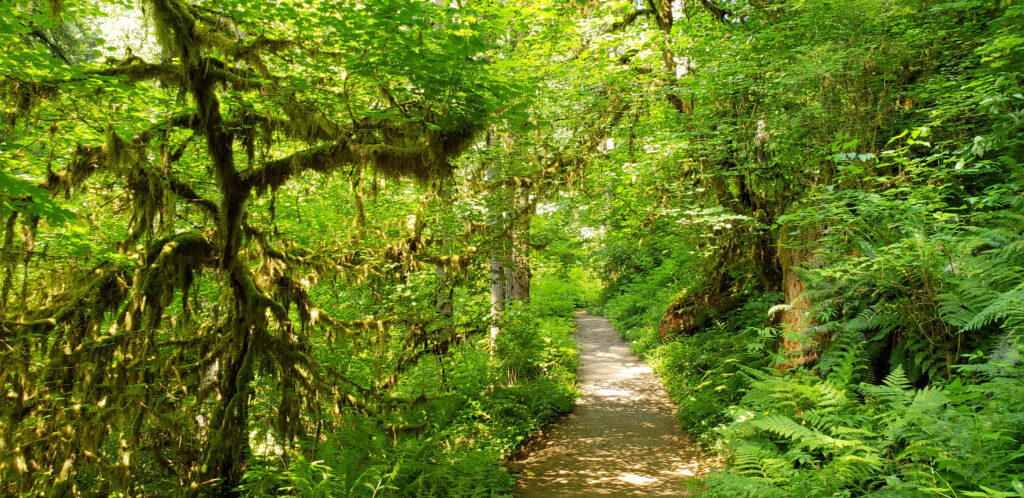
Despite the steep climb out of the canyon, this new loop is a relatively easy hike, and a nice addition to the many other possible loops the park offers. As a life-long hiker, I can tell you that Silver Falls is about as close to paradise as it gets, and you could make a good argument for the Trail of Ten Falls being the best hiking trail in the Northwest. Silver Falls State Park has a lot more to offer than just hiking opportunities, too. For an overview of the park as a whole, click here.
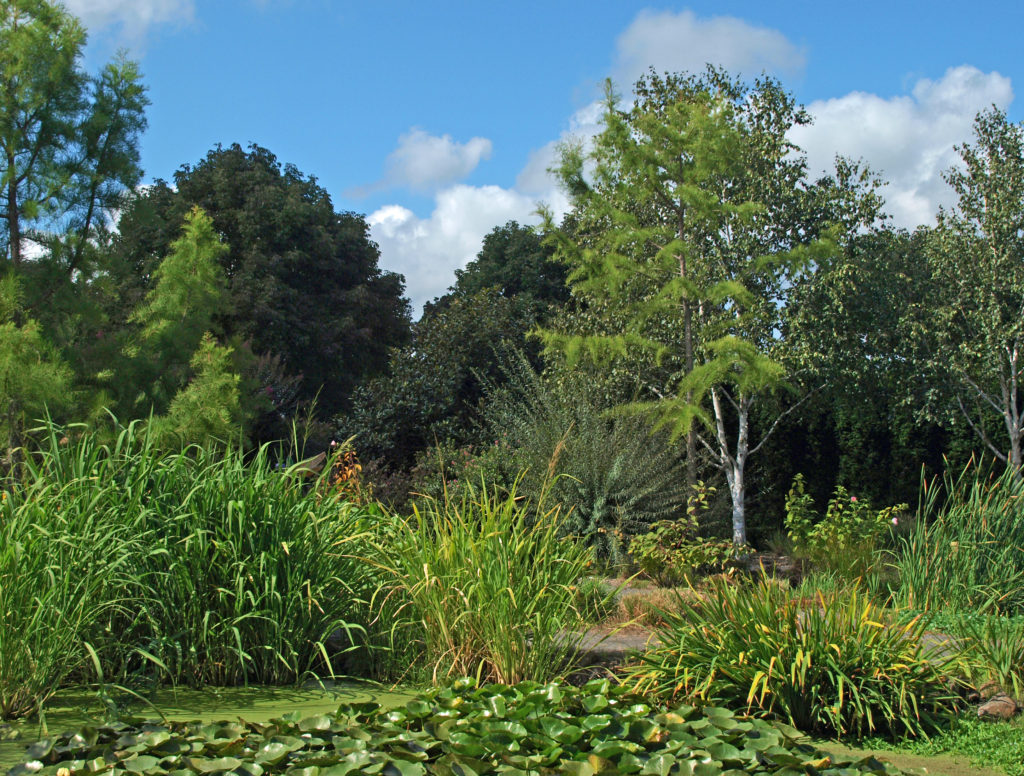
Other area attractions and activities:
The nearby town of Silverton has a variety of dining and lodging options. Stop in at the Silver Falls Brewery and Alehouse after your hike for a bite to eat and a pint of craft brewed beer. Or try the Benedictine Brewery near Mount Angel that is operated by monks from the Mount Angel Abbey. Silverton is also home to the Oregon Garden, one of the state’s leading botanical gardens. Next door to the Oregon Garden is the Gordon House, the only surviving Frank Lloyd Wright designed house in Oregon.
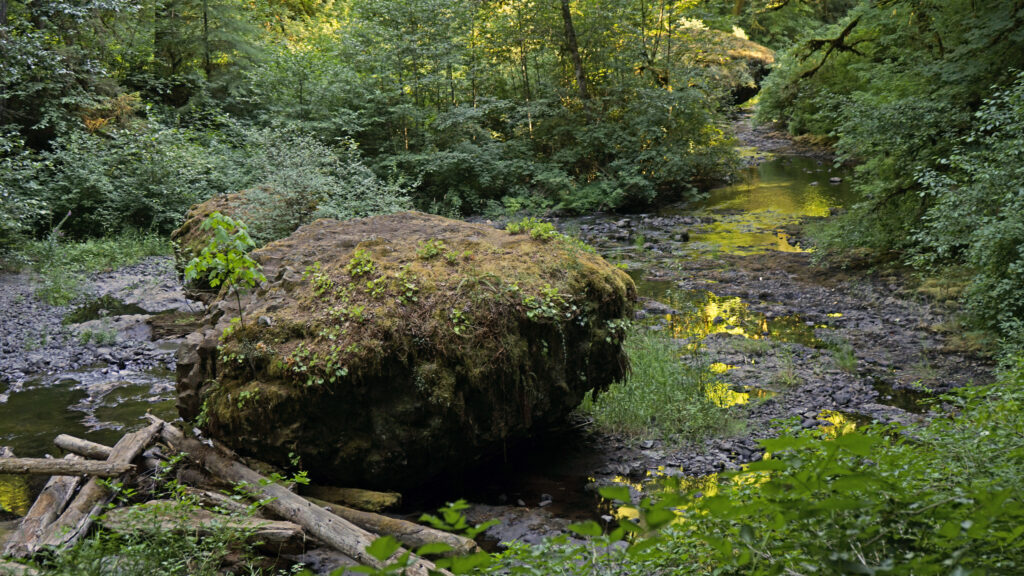
Conclusion:
A new trail at Silver Falls is a rare occurrence – I can’t remember an entirely new trail opening at the park in my lifetime – and certainly a welcome one. The North Canyon Loop isn’t the most spectacular hike in the park, but it is a nice addition to the park’s already extensive list of outstanding hiking options.
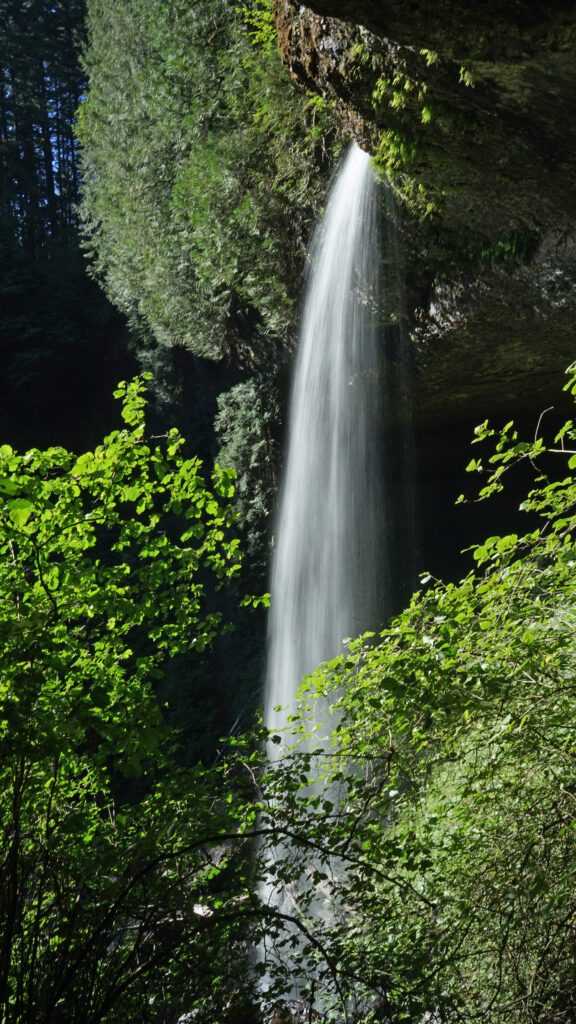
Posted August 8, 2023 by Alan K. Lee
All photos ©Alan K. Lee

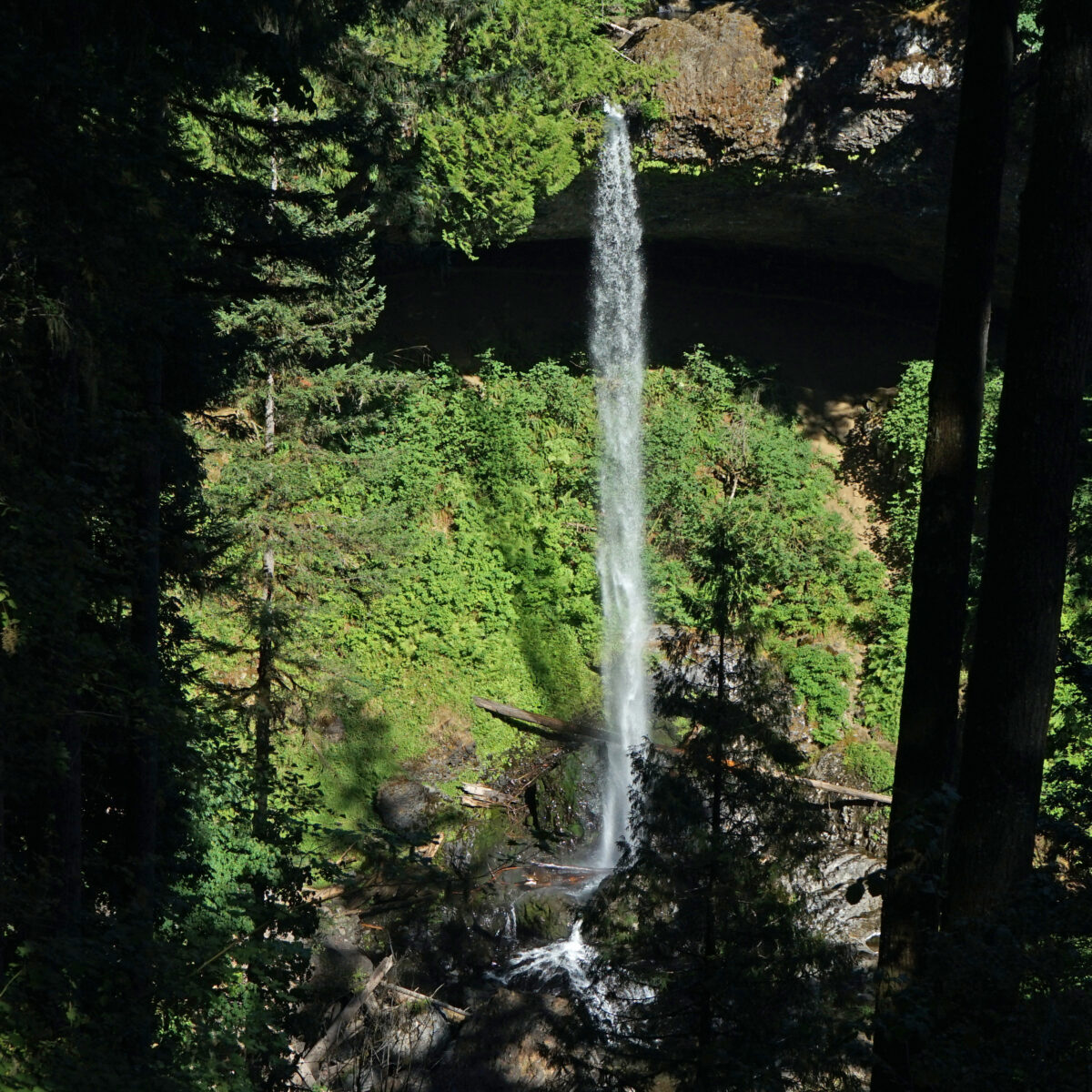
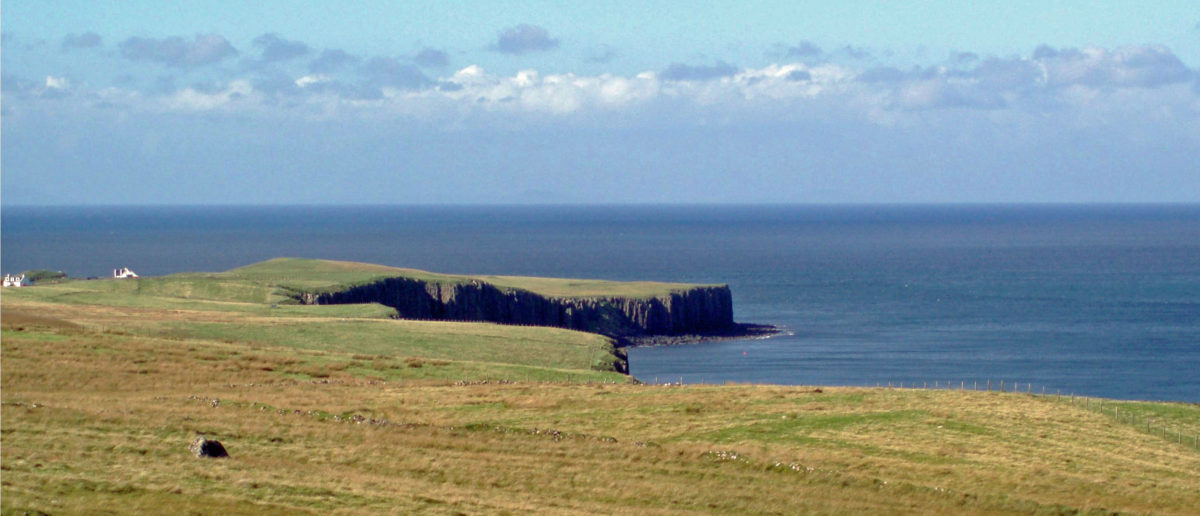
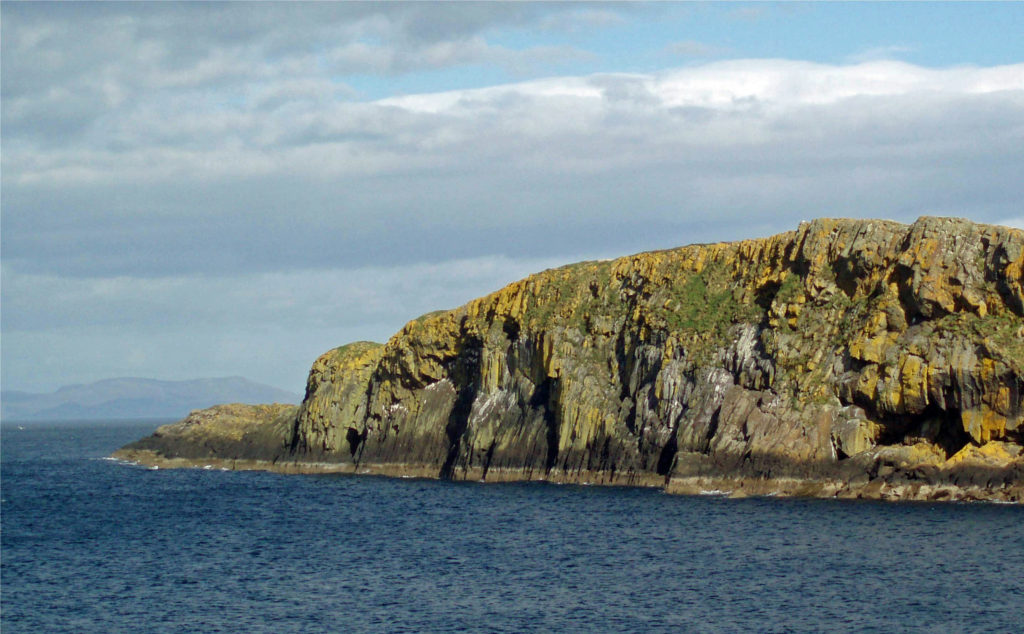
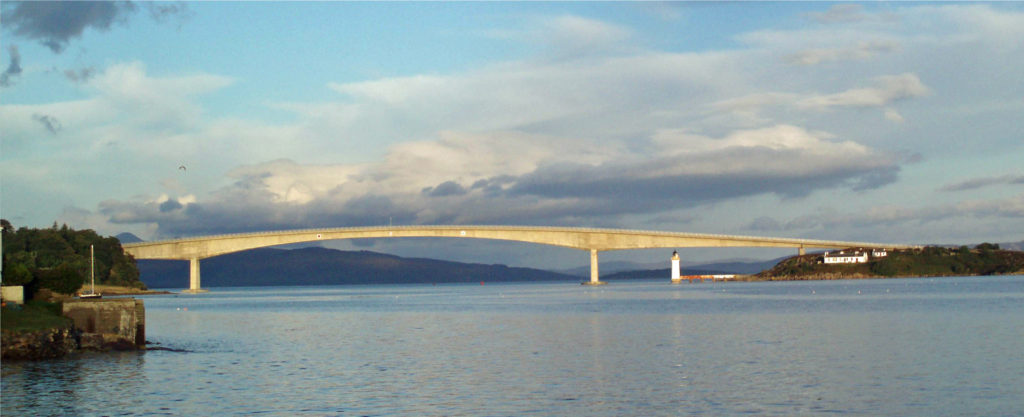
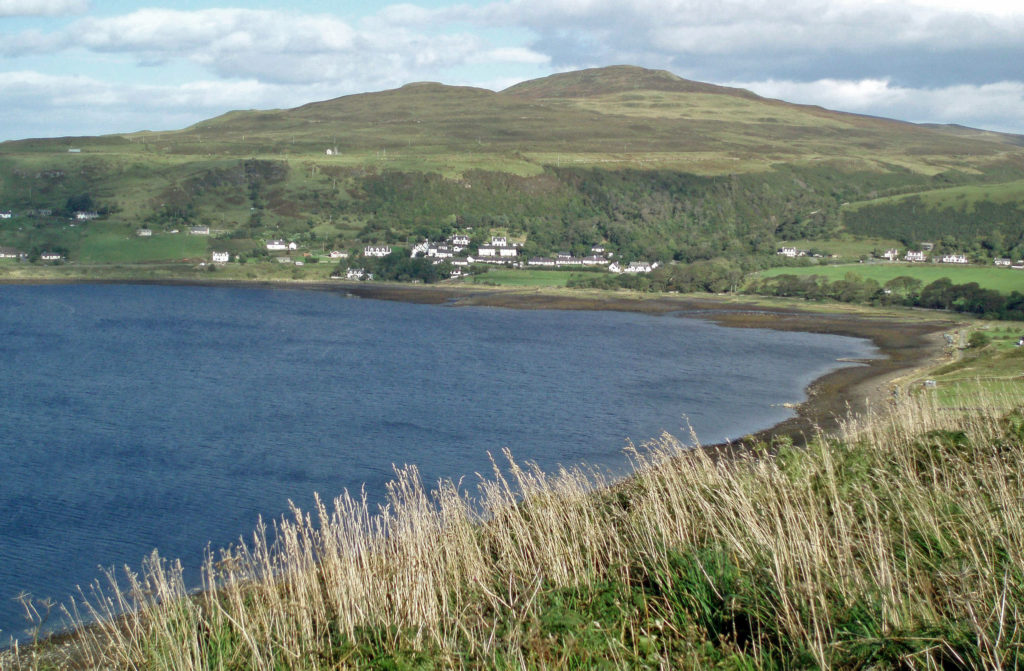
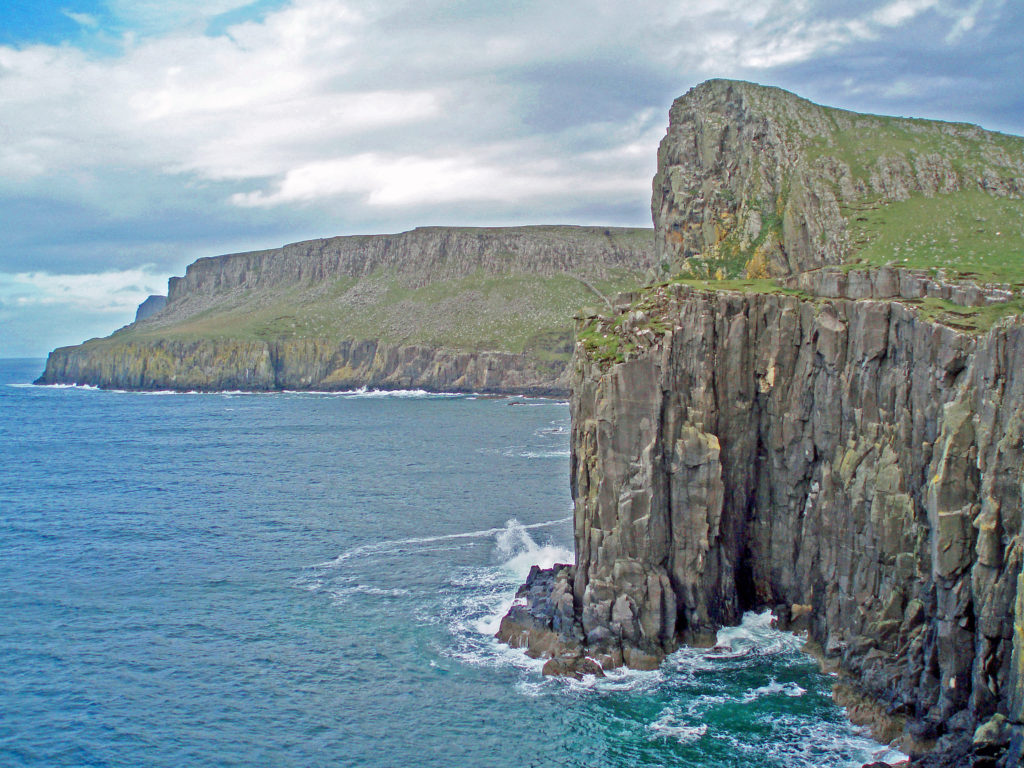
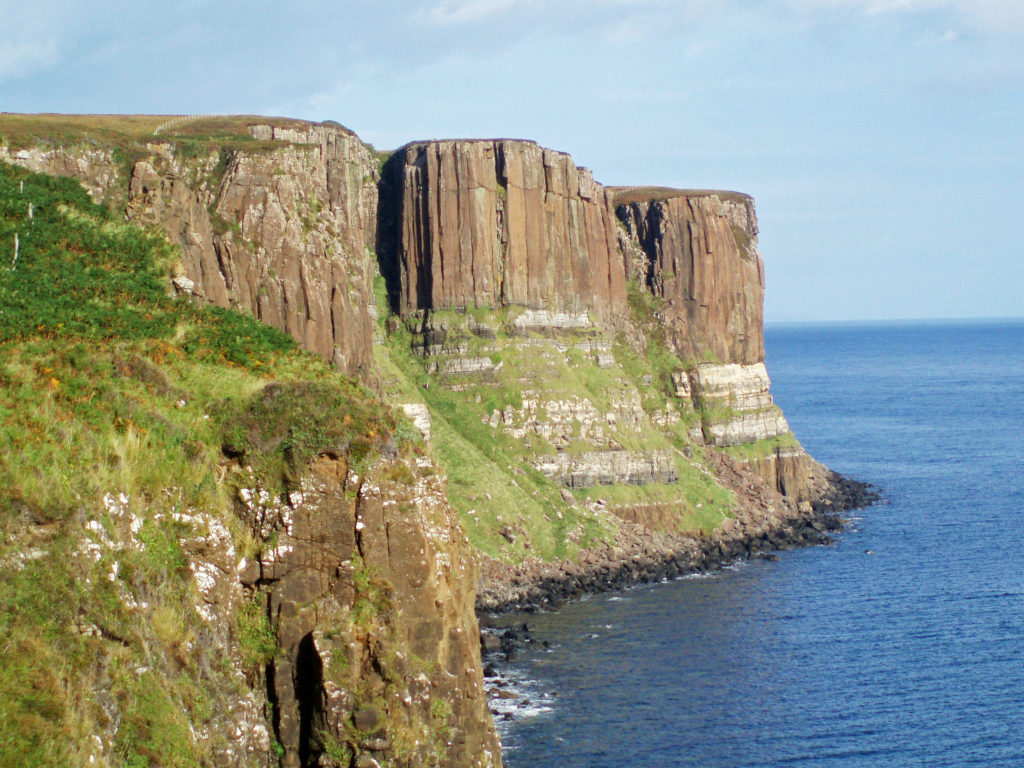
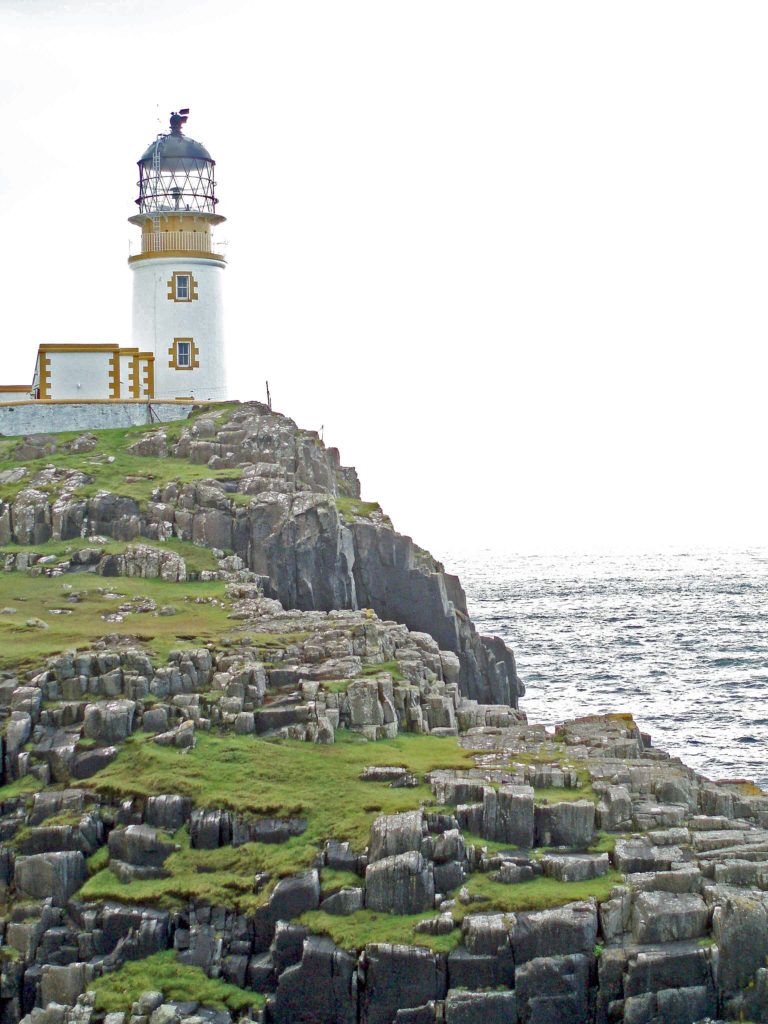
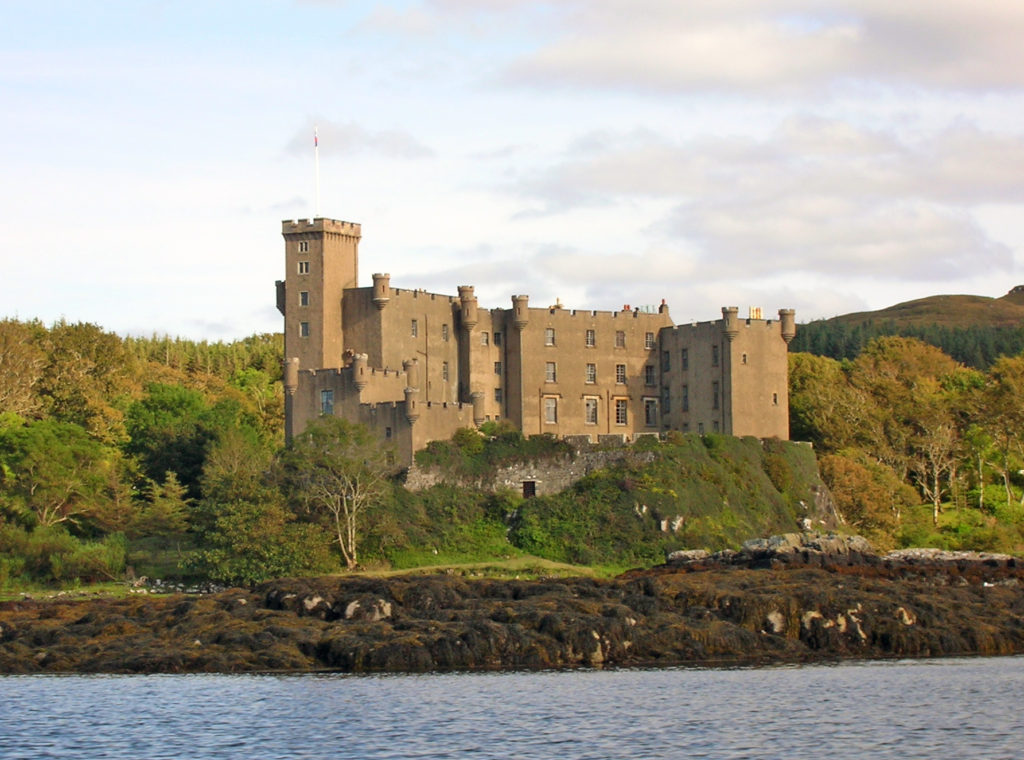
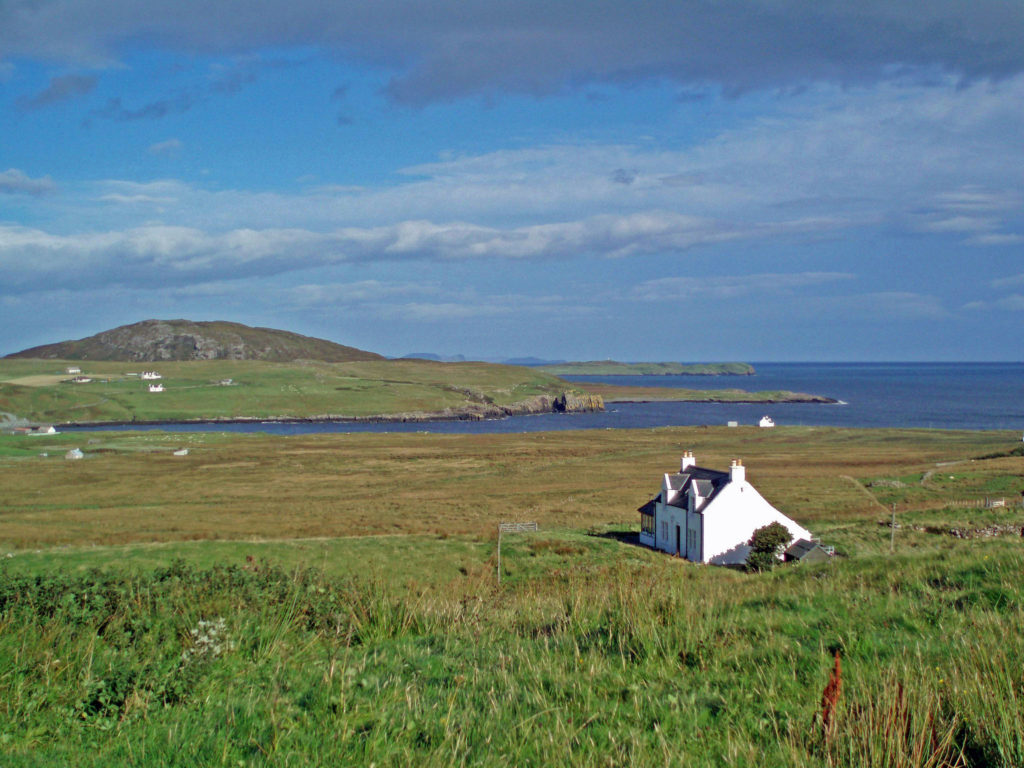
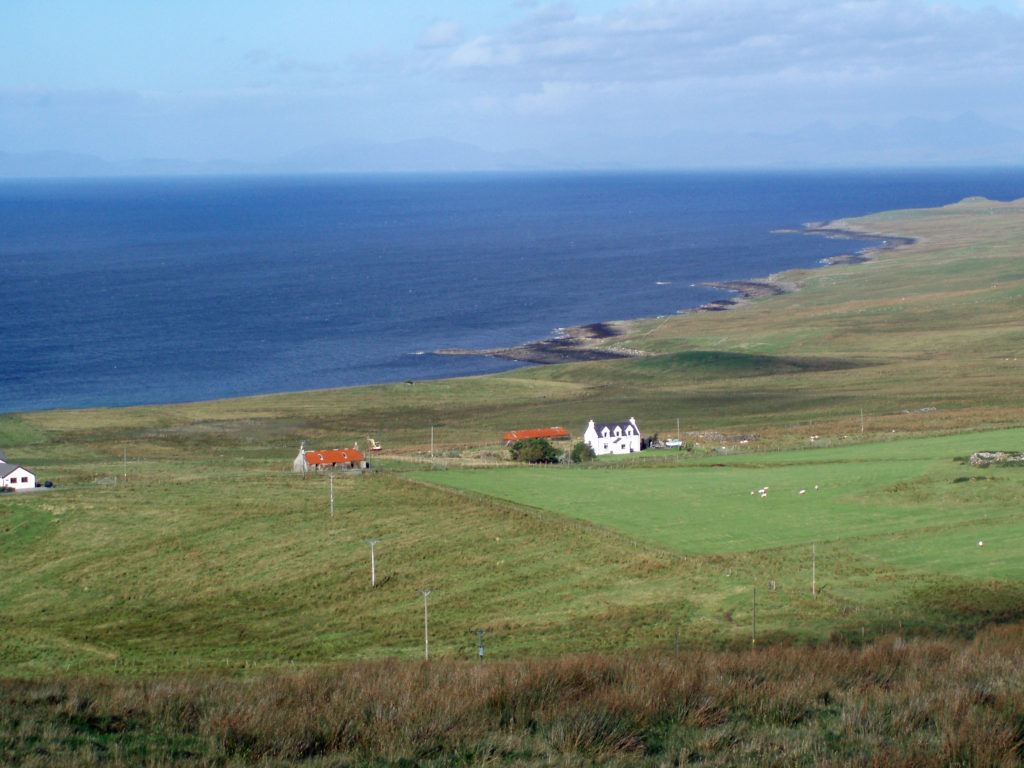
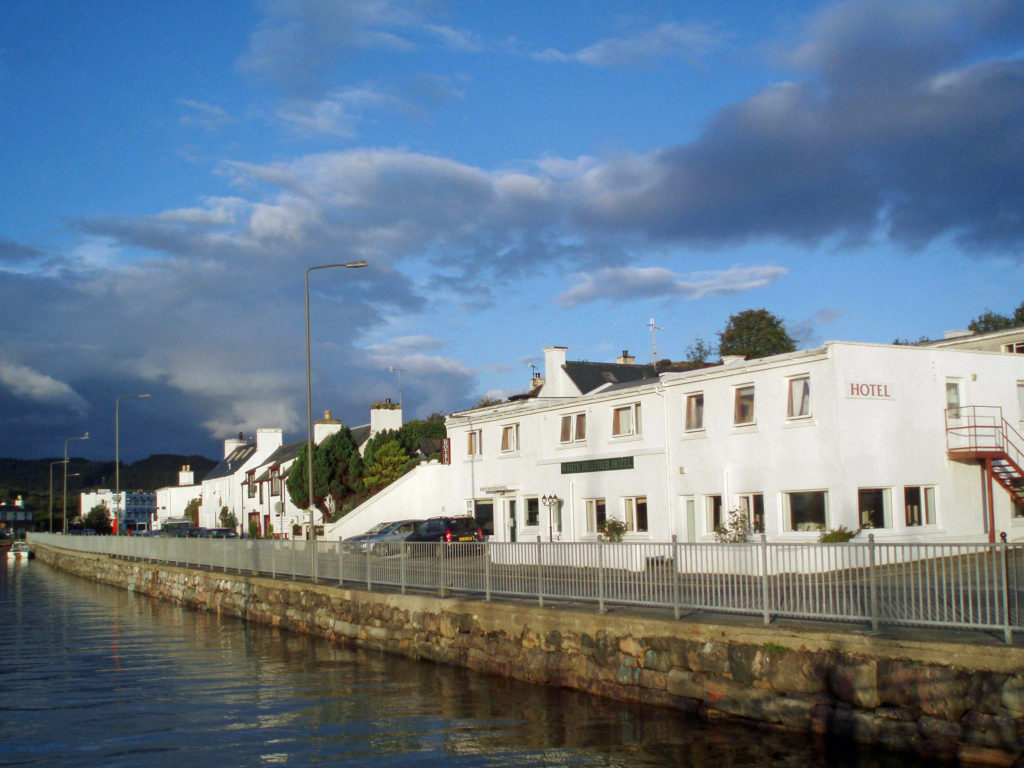
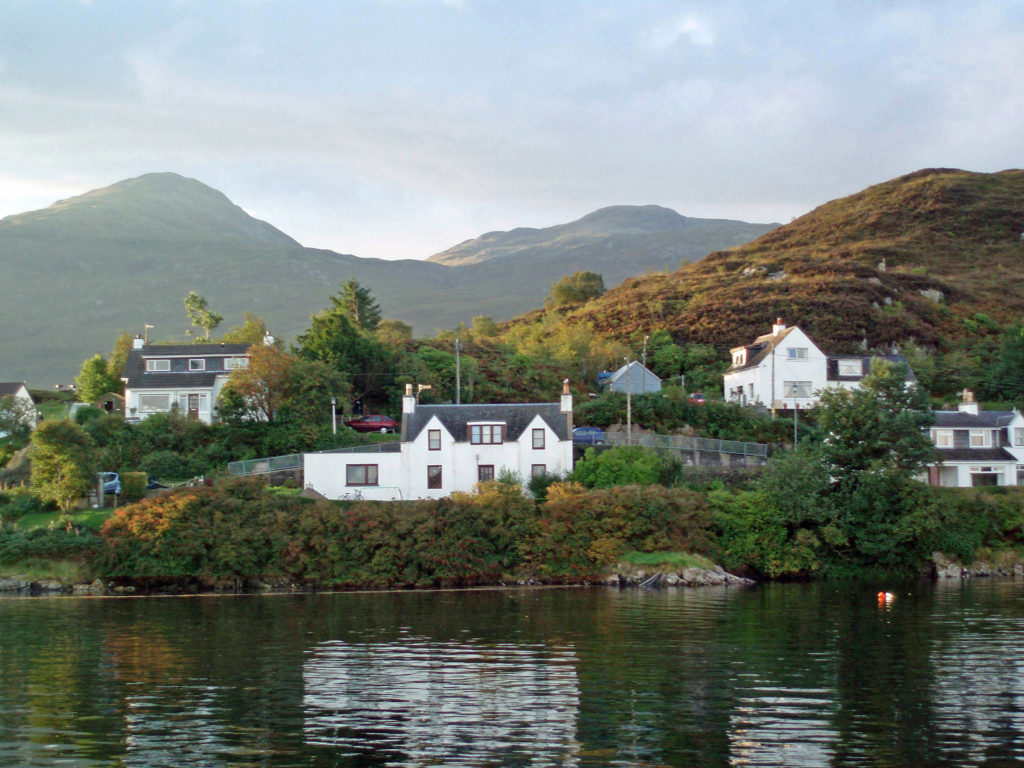
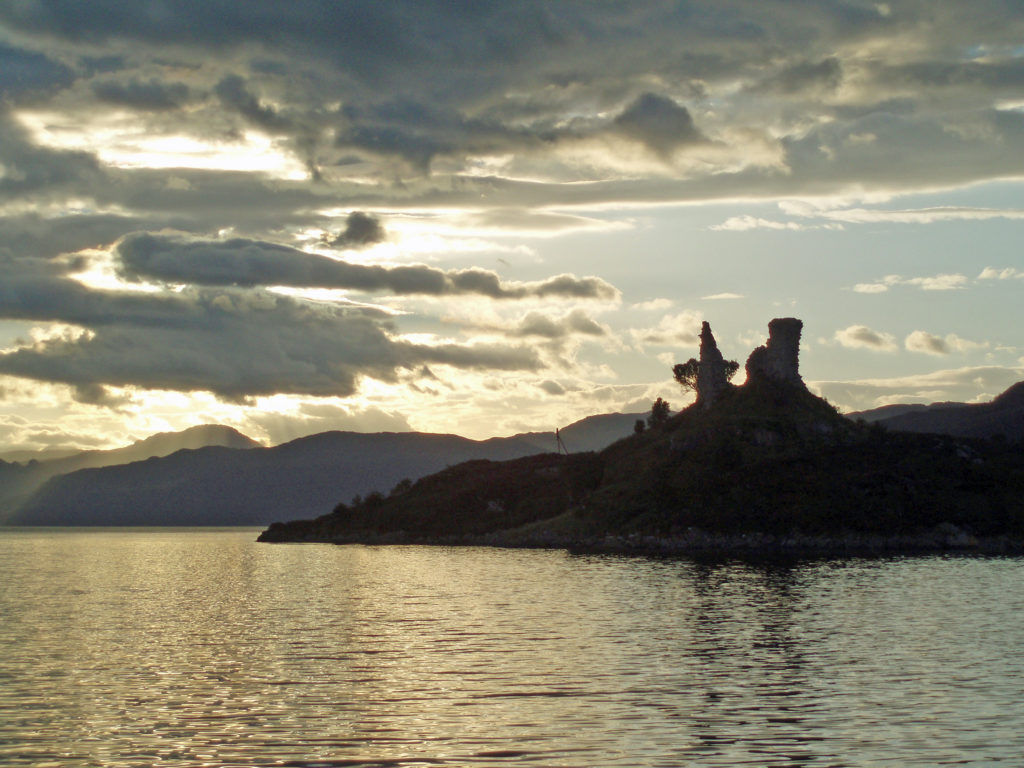
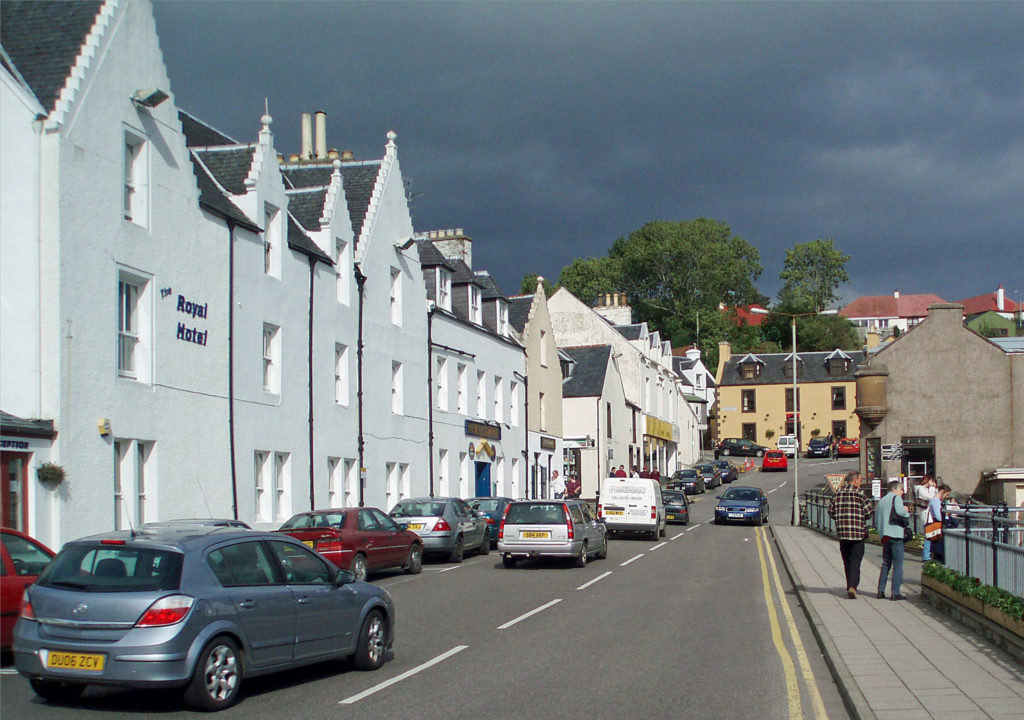
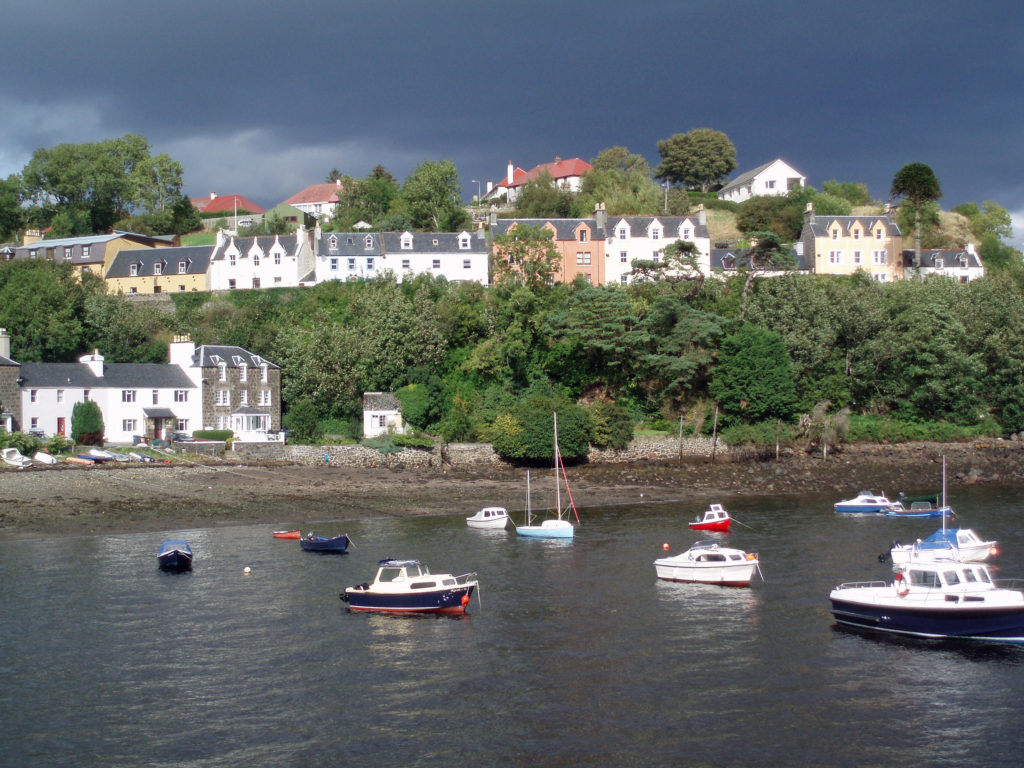
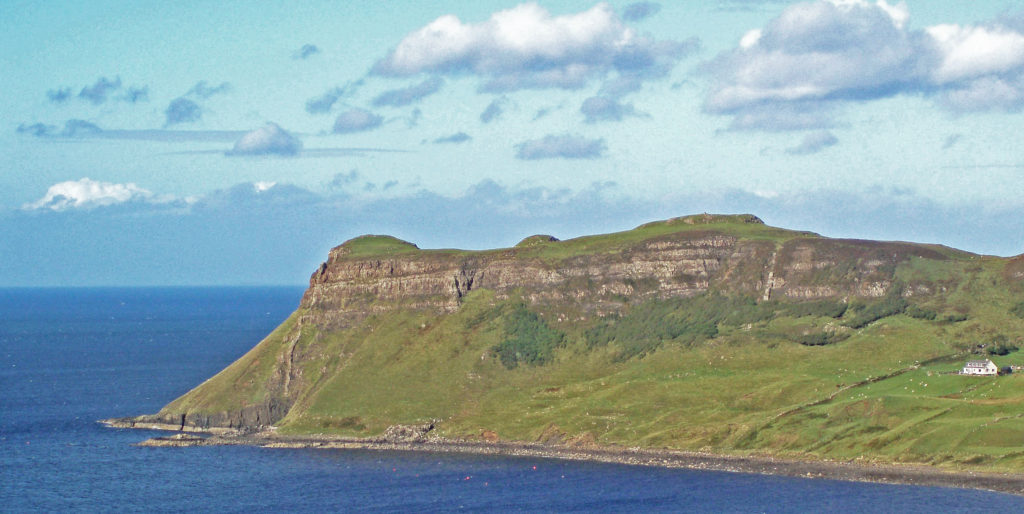 I have no hesitation in recommending the Isle of Skye as a destination that should be on your bucket list. It’s a wonderful place and Scotland as a whole was a great place to start our explorations in Europe. Scotland is both different enough from the U.S. to be interesting and a bit exotic and alike enough to be comfortable and inviting.
I have no hesitation in recommending the Isle of Skye as a destination that should be on your bucket list. It’s a wonderful place and Scotland as a whole was a great place to start our explorations in Europe. Scotland is both different enough from the U.S. to be interesting and a bit exotic and alike enough to be comfortable and inviting.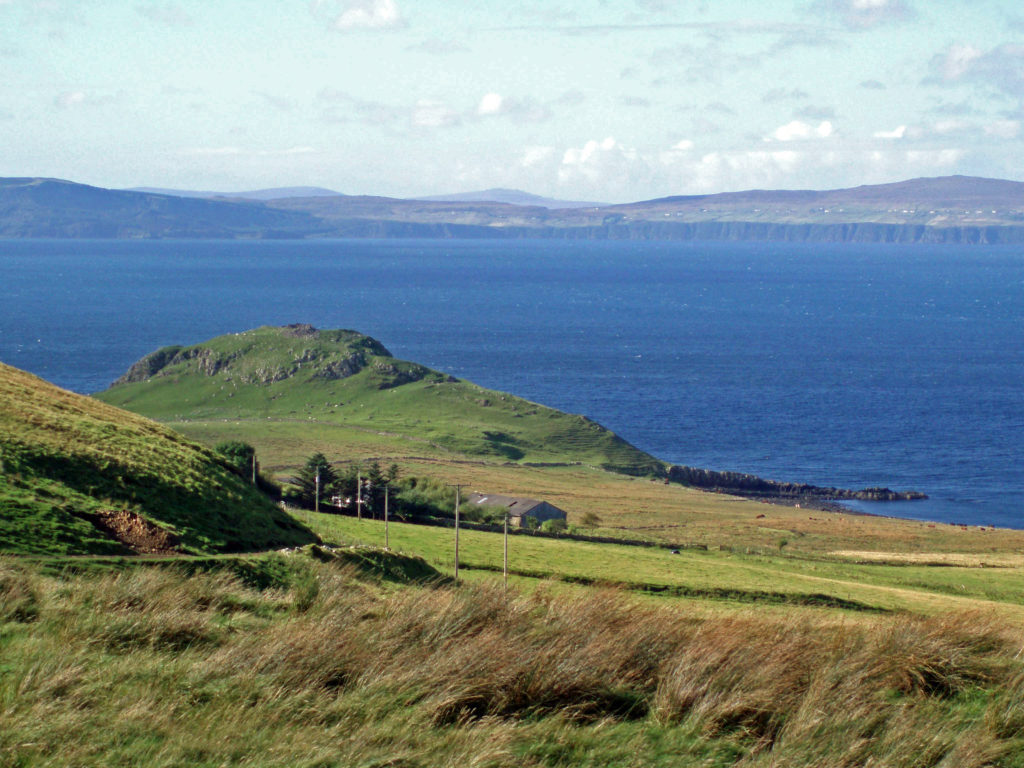

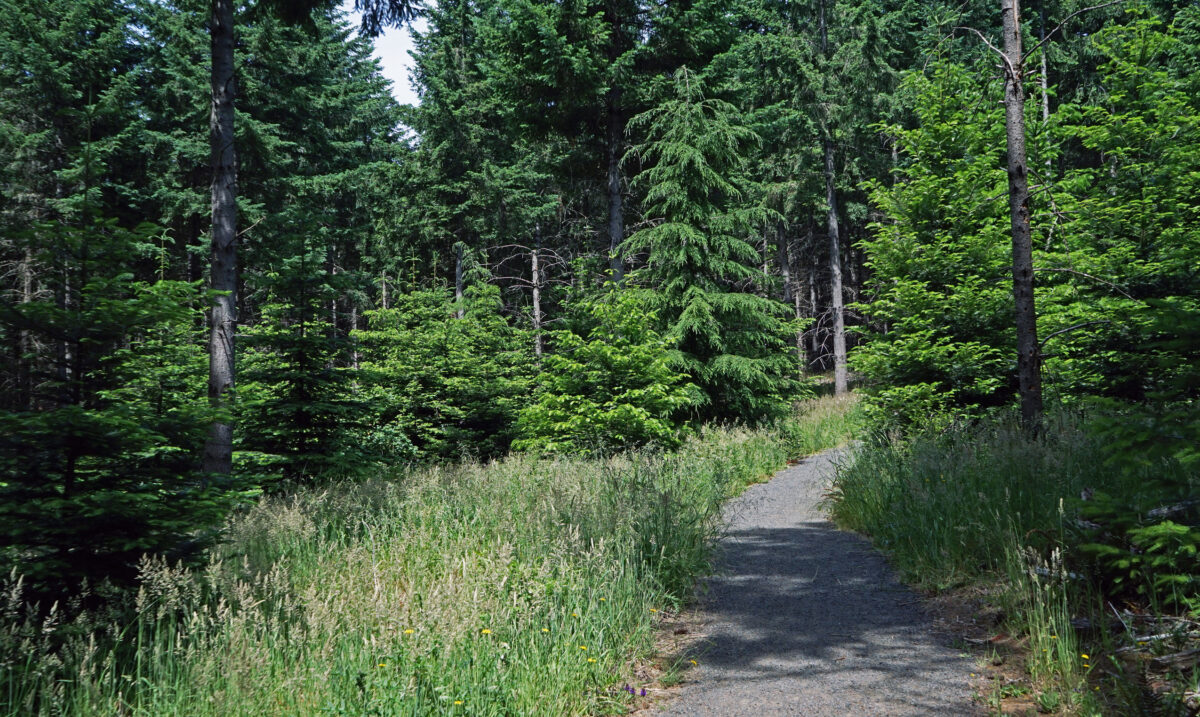
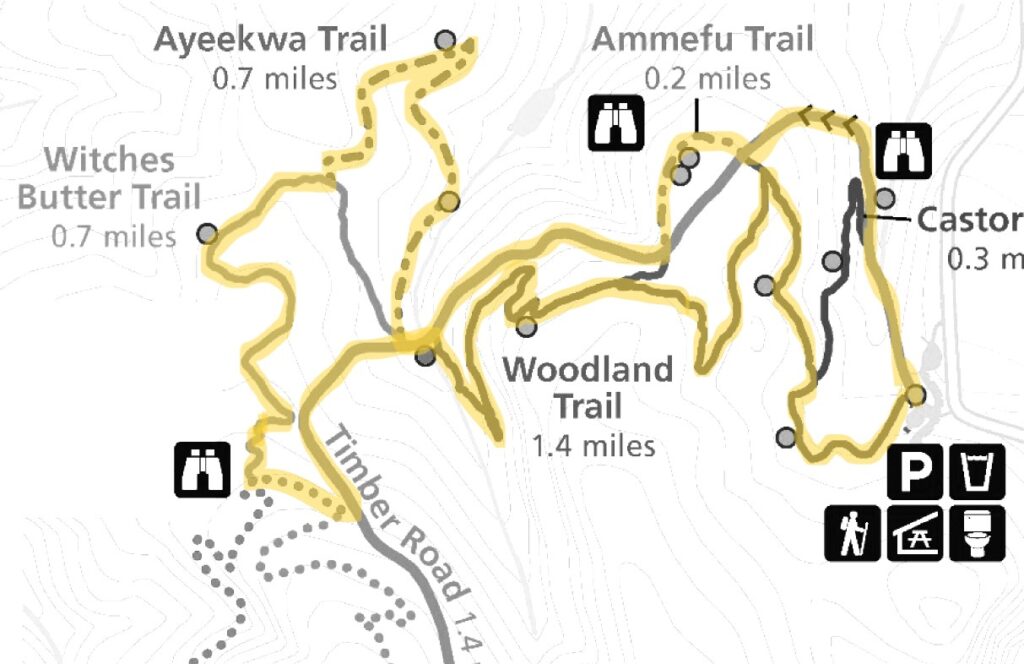 For a map of the entire park, click
For a map of the entire park, click 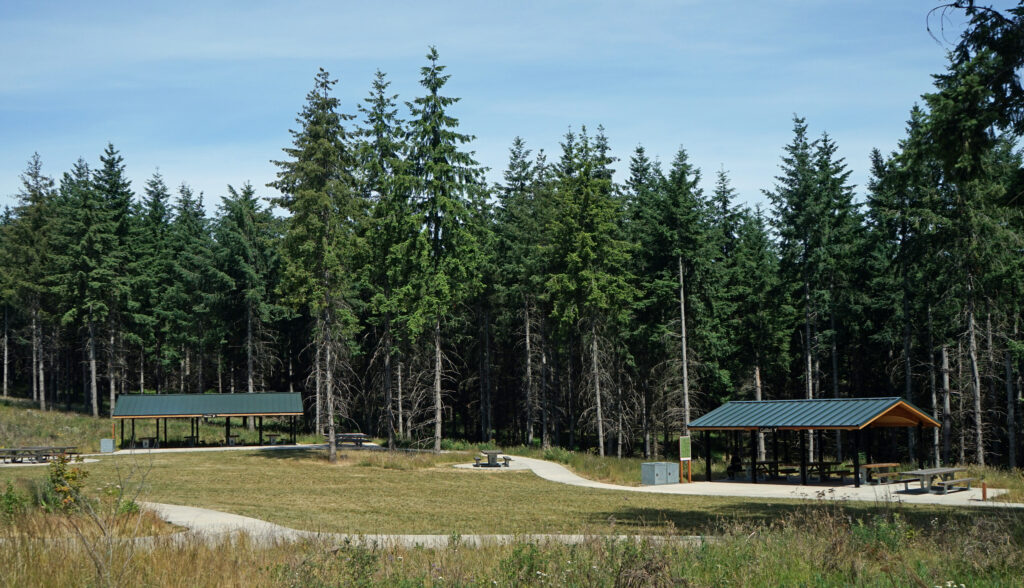
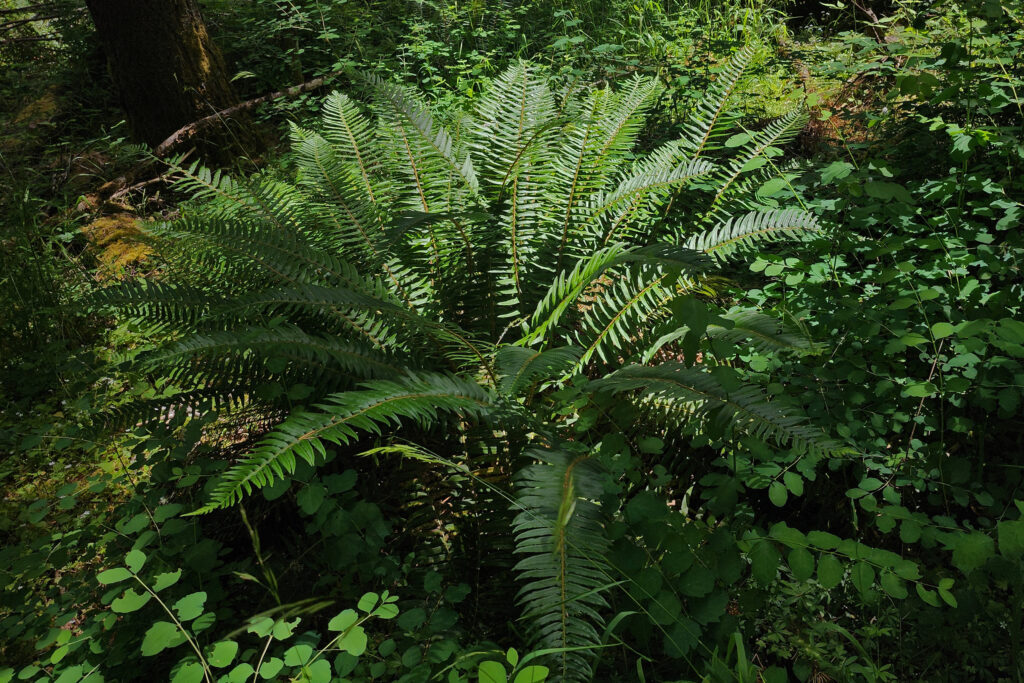
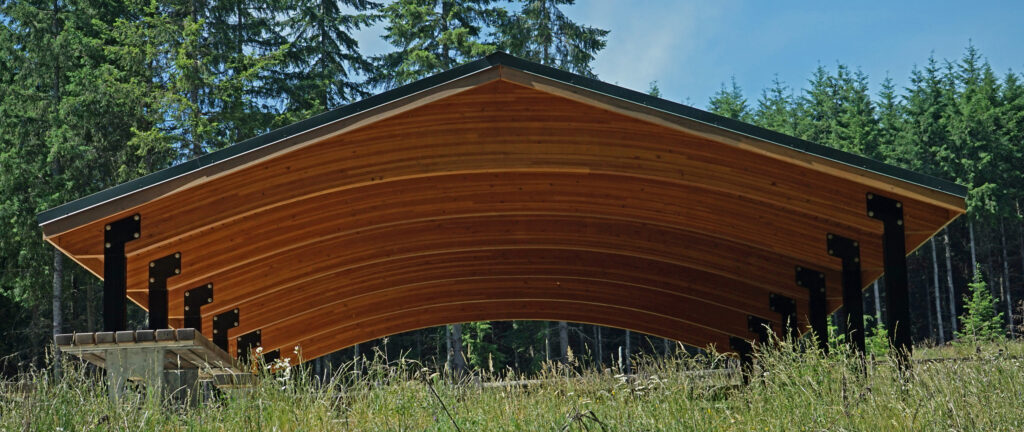
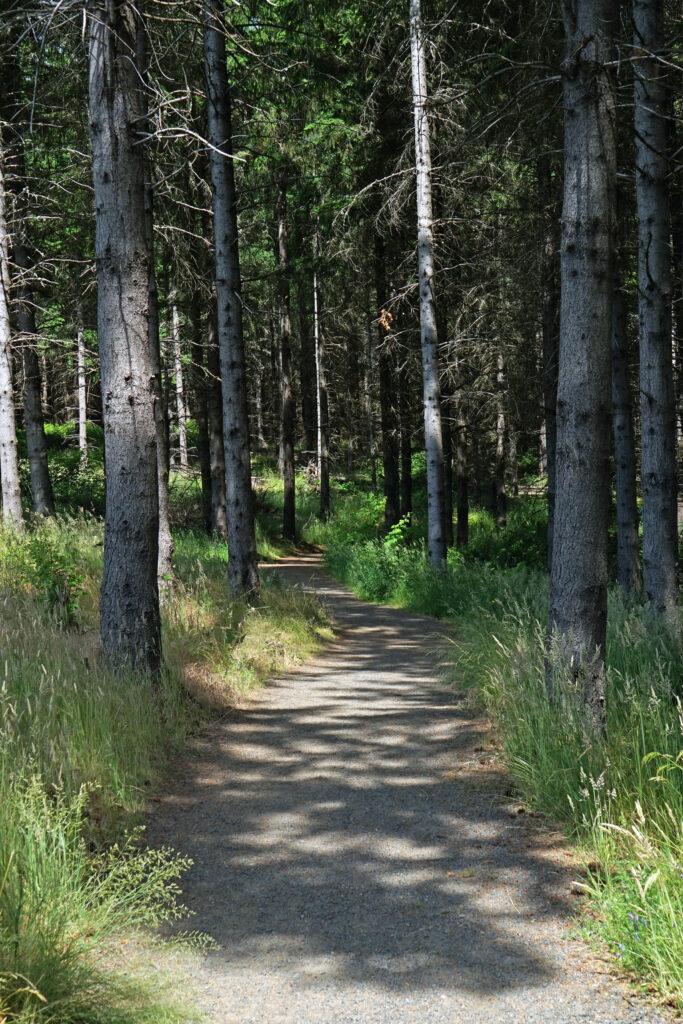

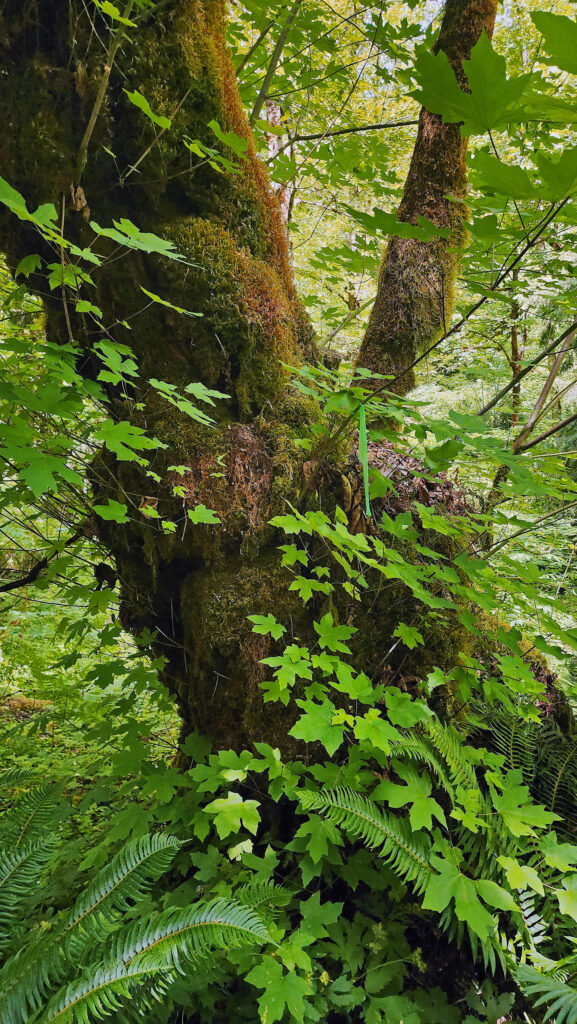
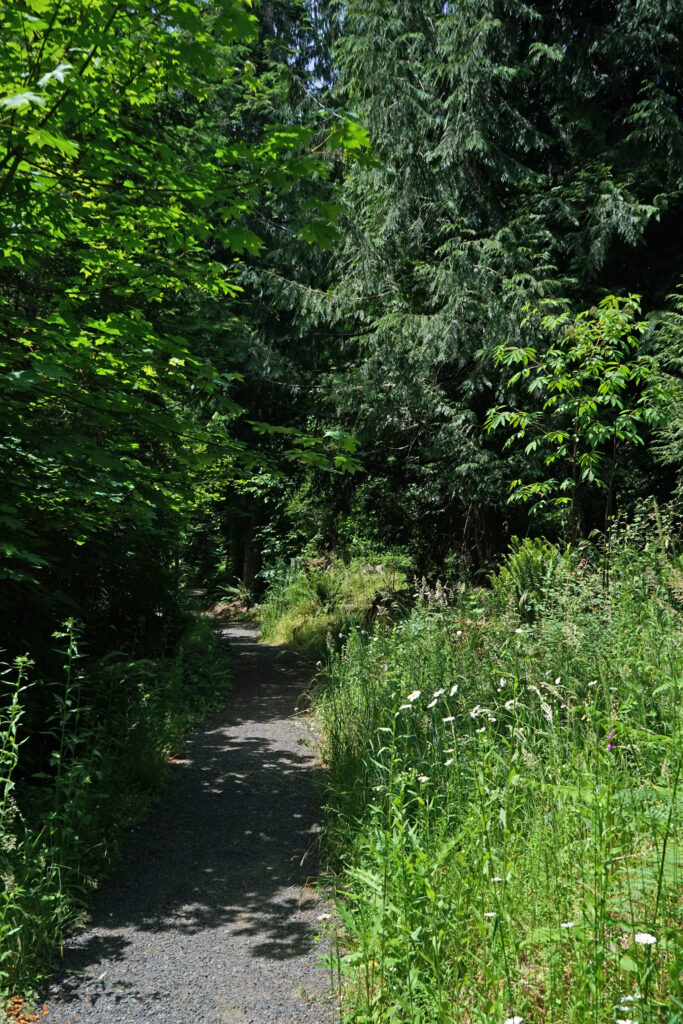
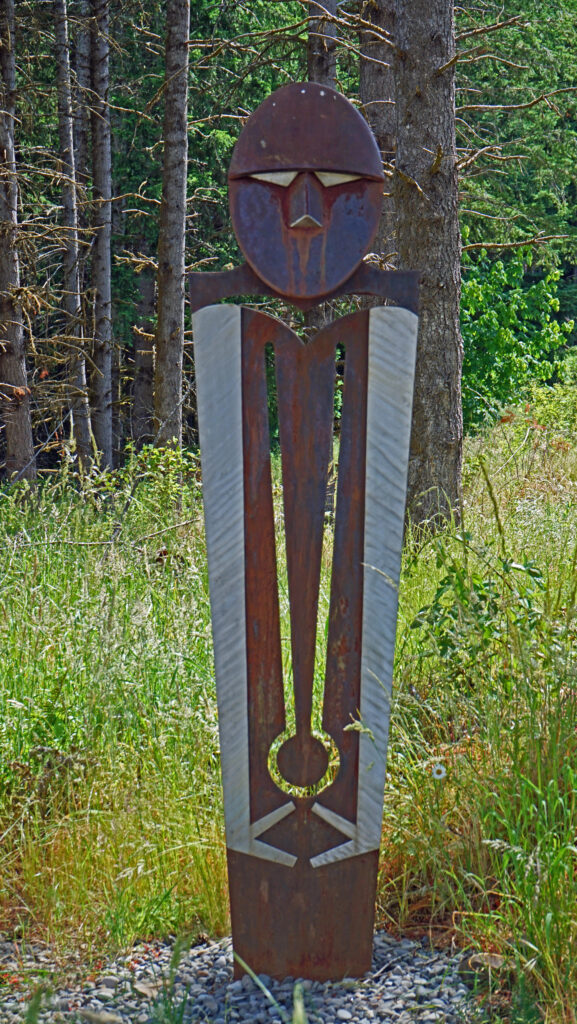
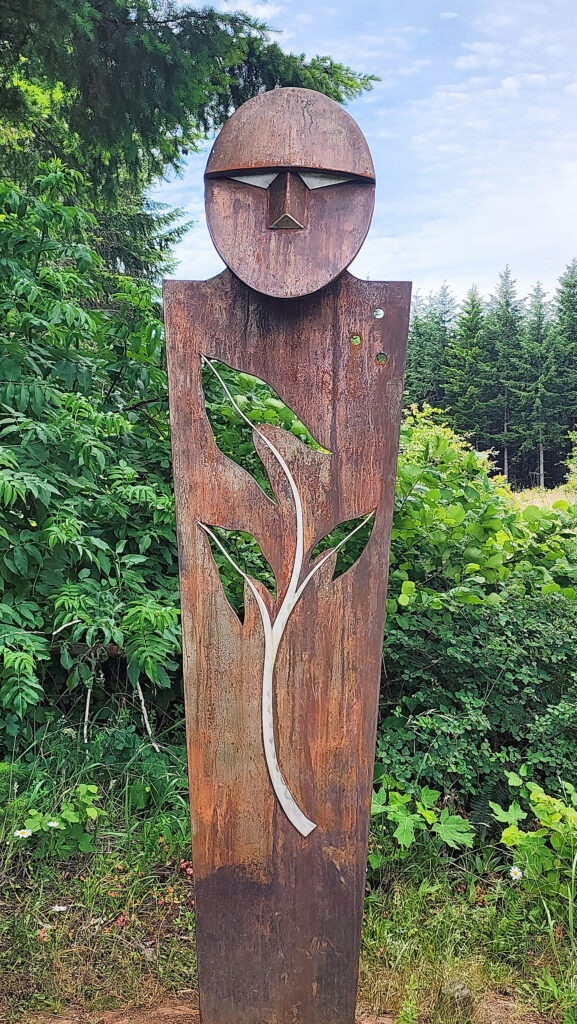
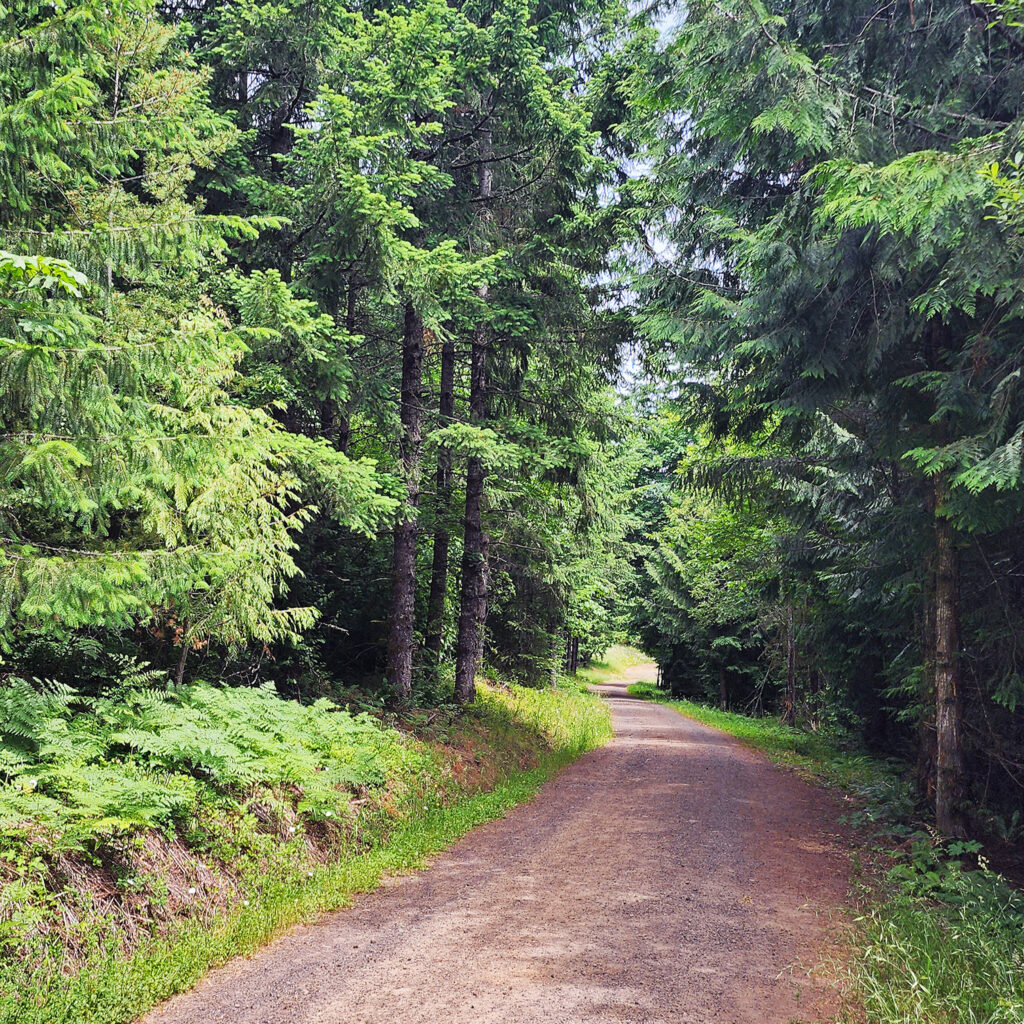

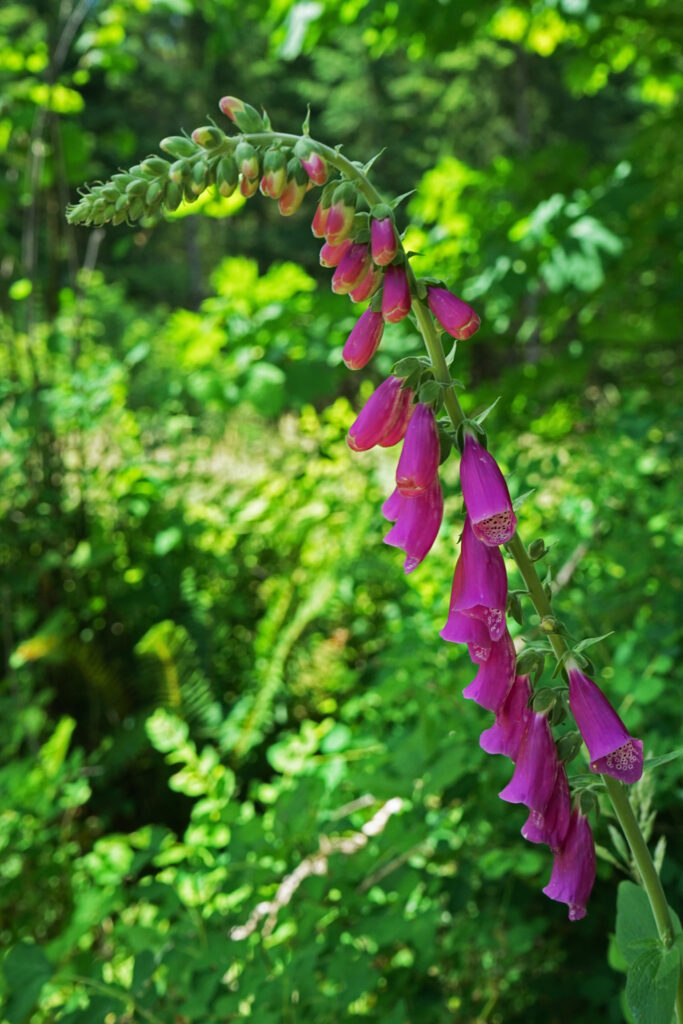 Chehalem Ridge Nature Park is in a rural area with no other close by hiking or biking opportunities, but the west metro area, not far from Chehalem Ridge, has an abundance. Some of my favorite hikes in the area include
Chehalem Ridge Nature Park is in a rural area with no other close by hiking or biking opportunities, but the west metro area, not far from Chehalem Ridge, has an abundance. Some of my favorite hikes in the area include 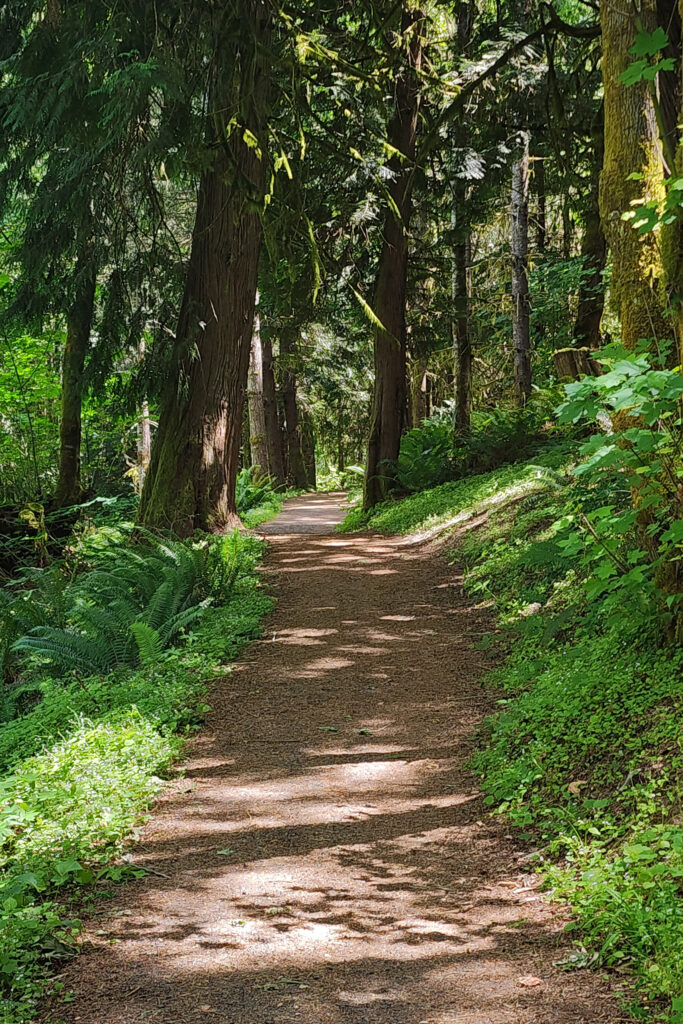
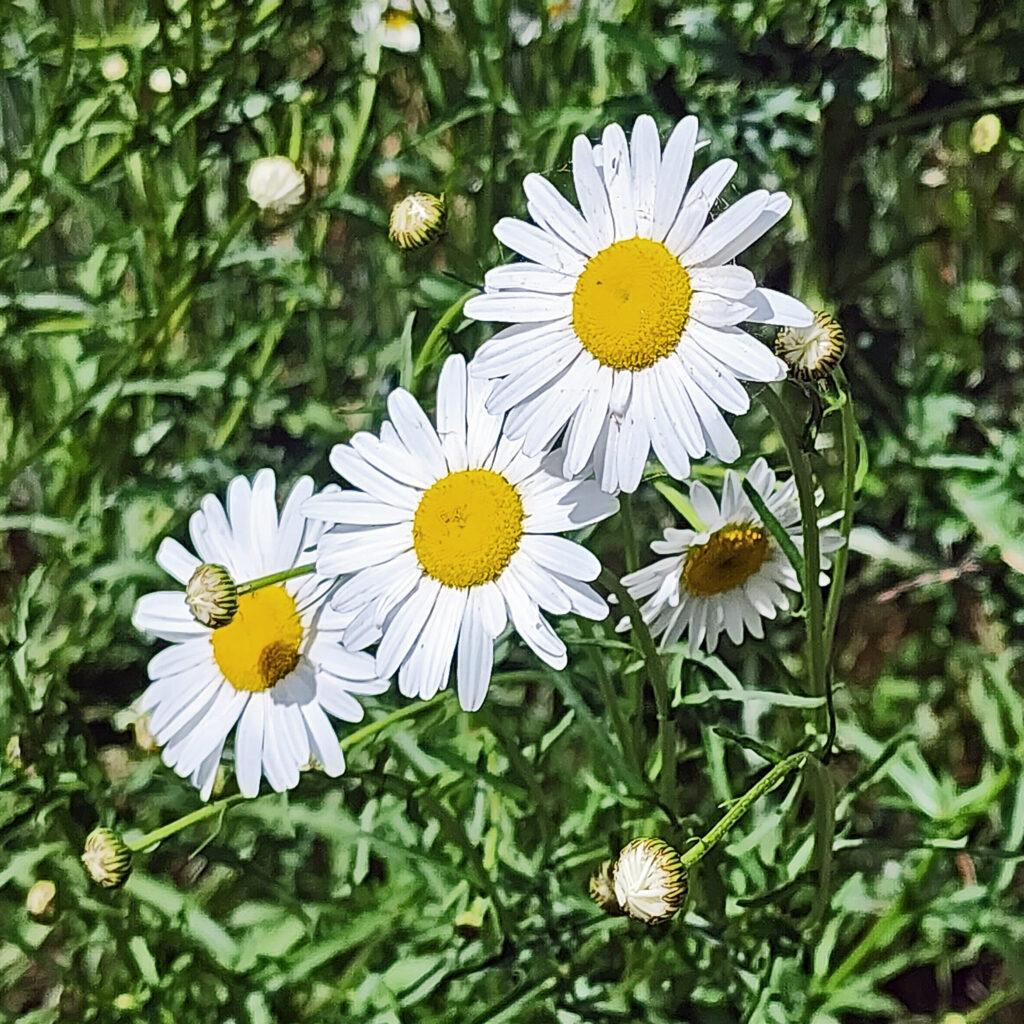
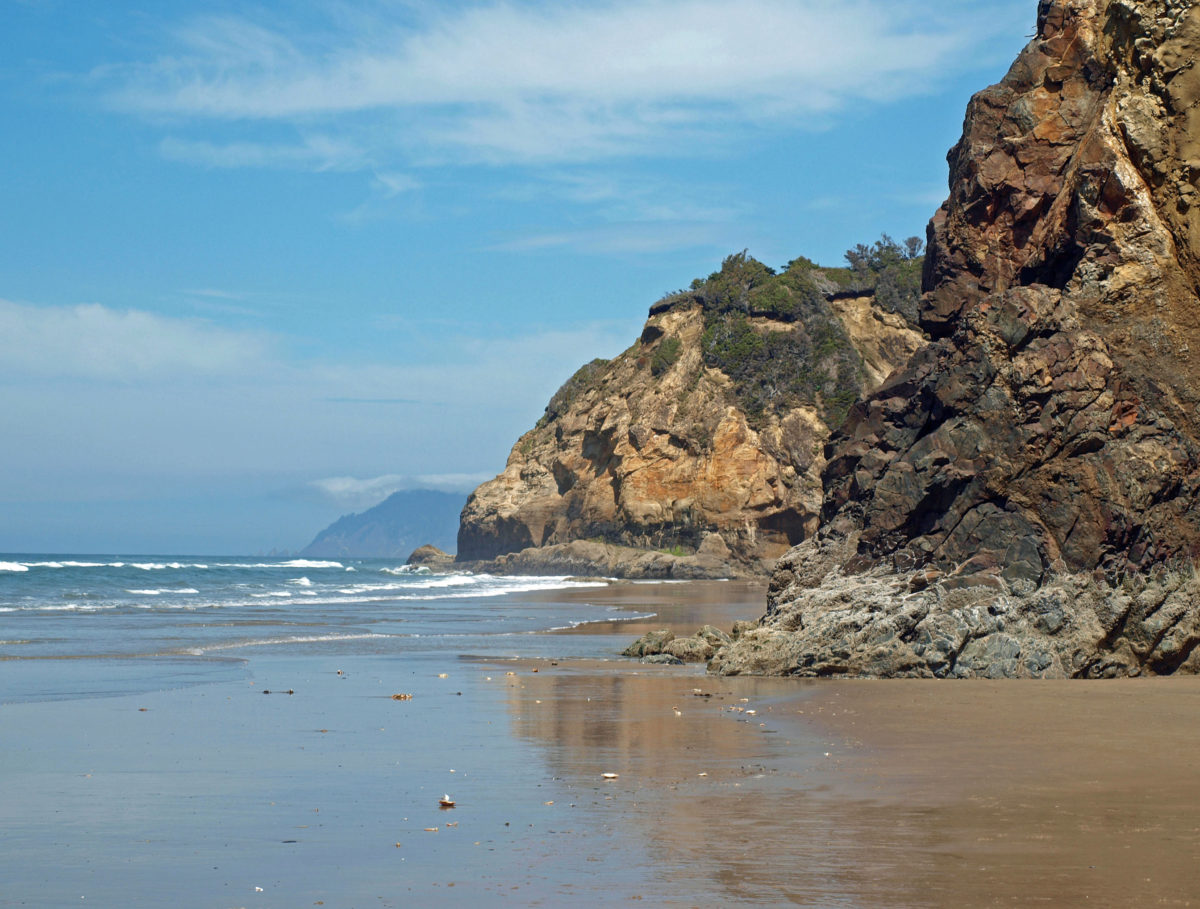
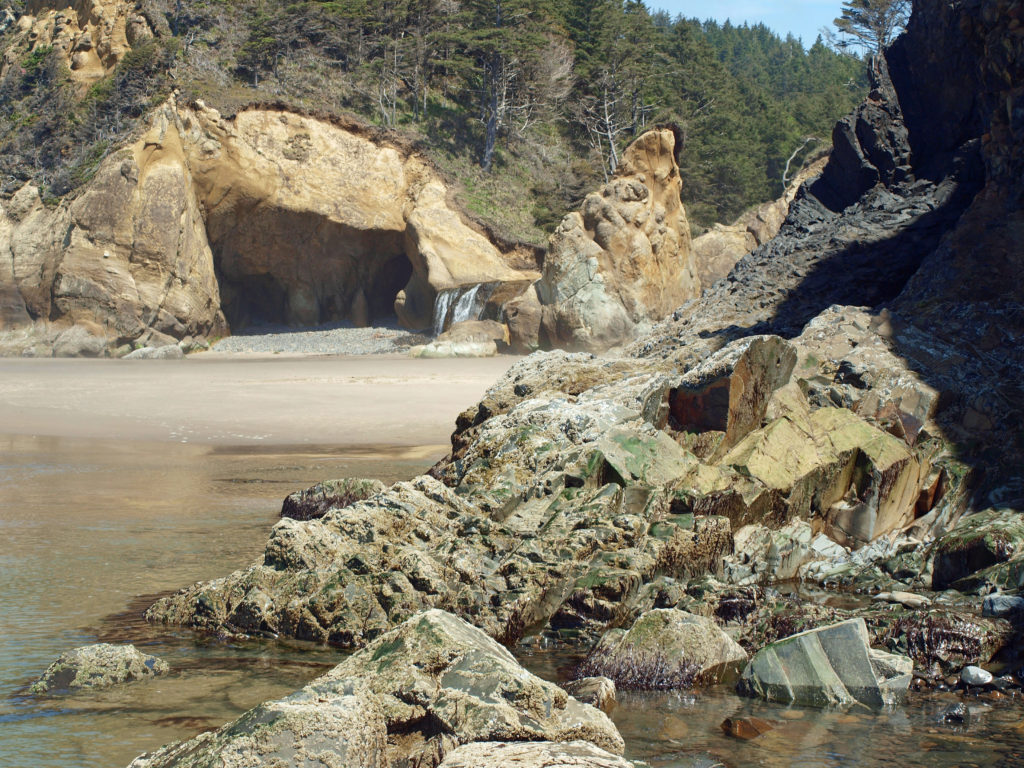
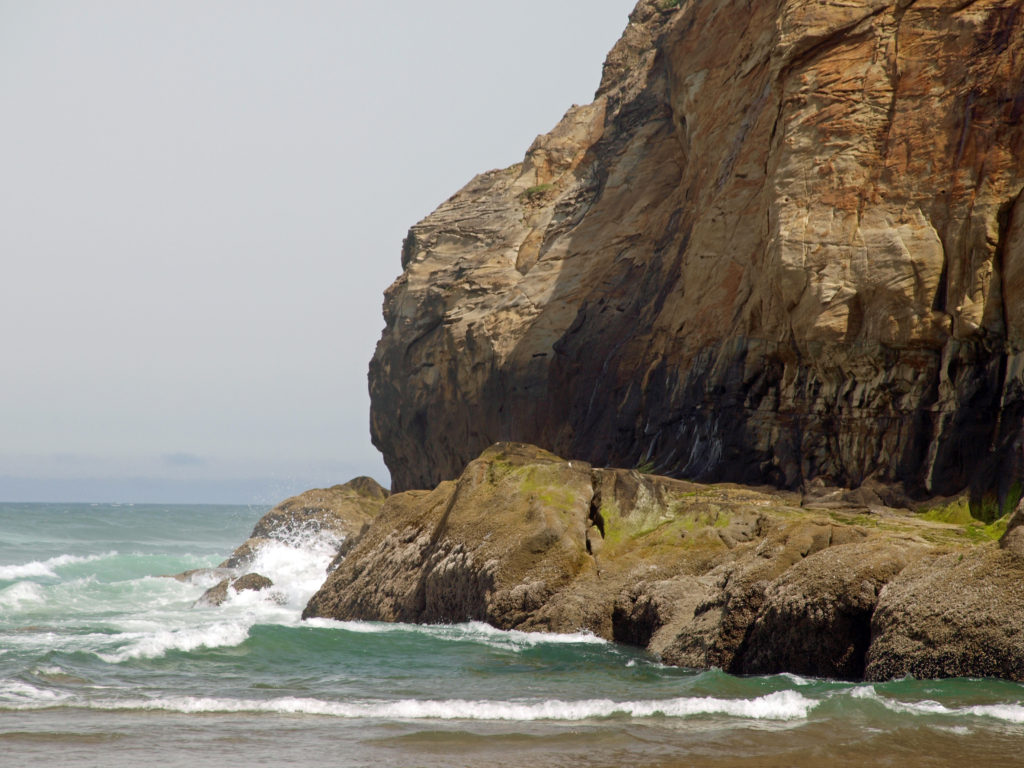
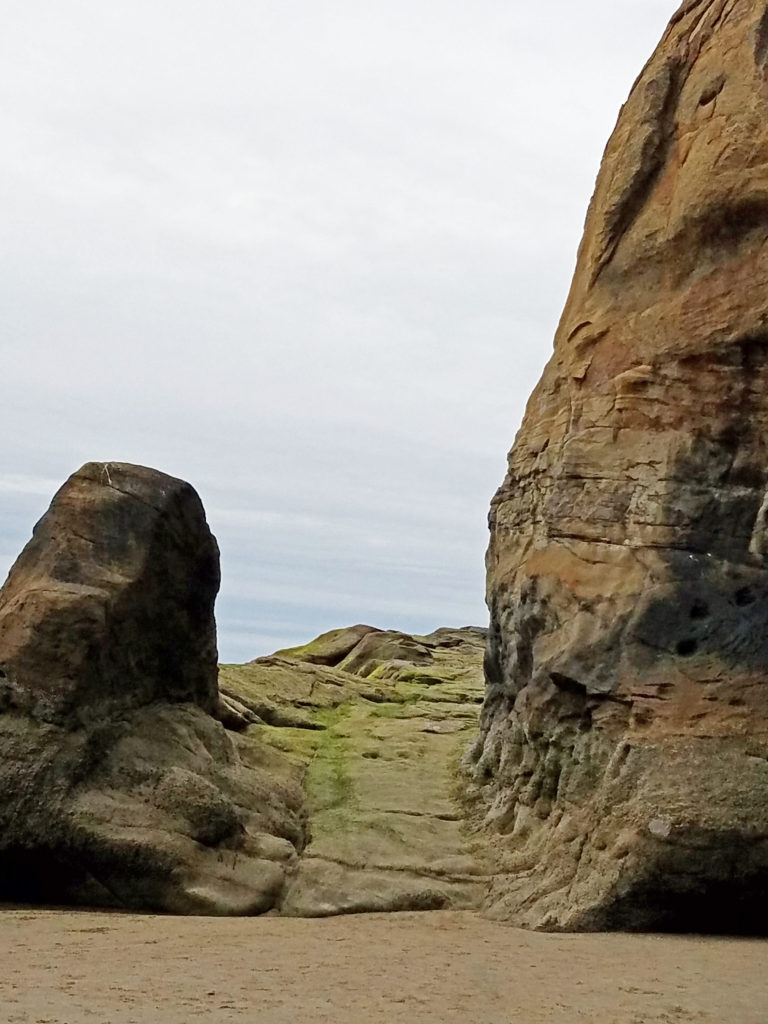
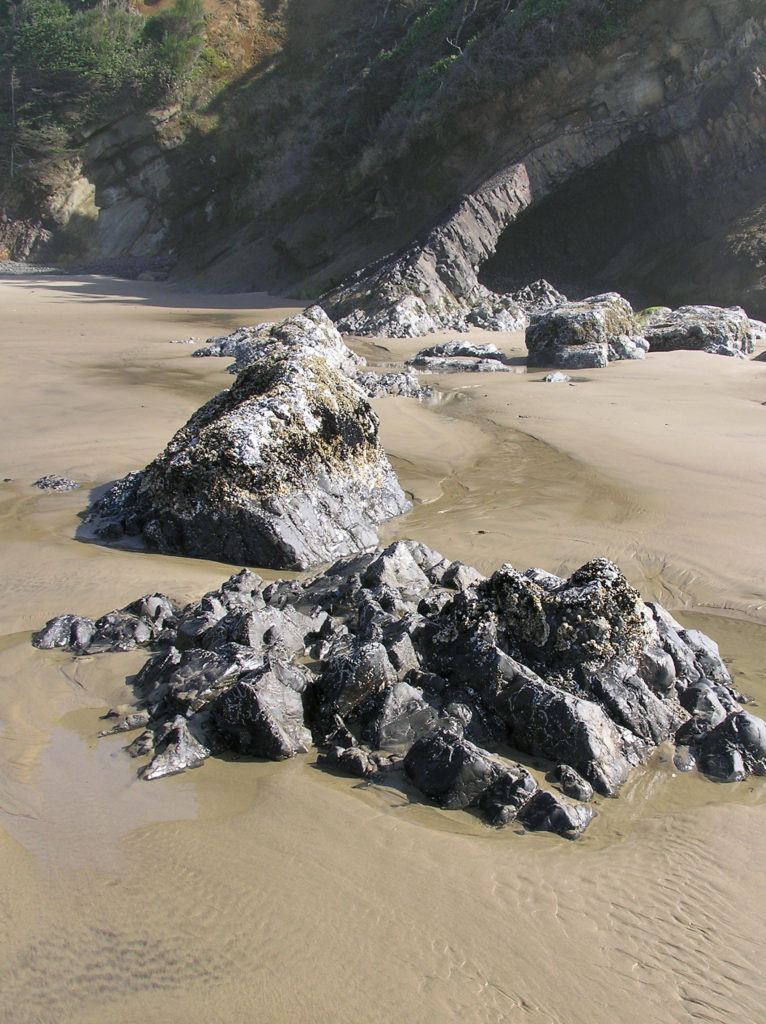
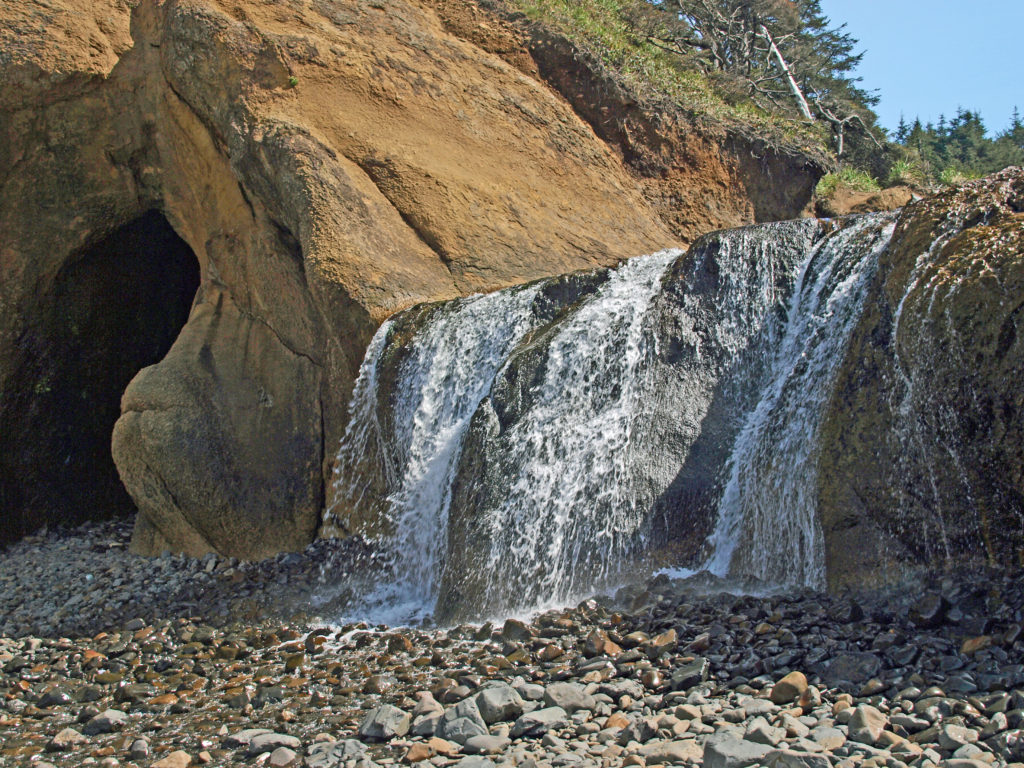
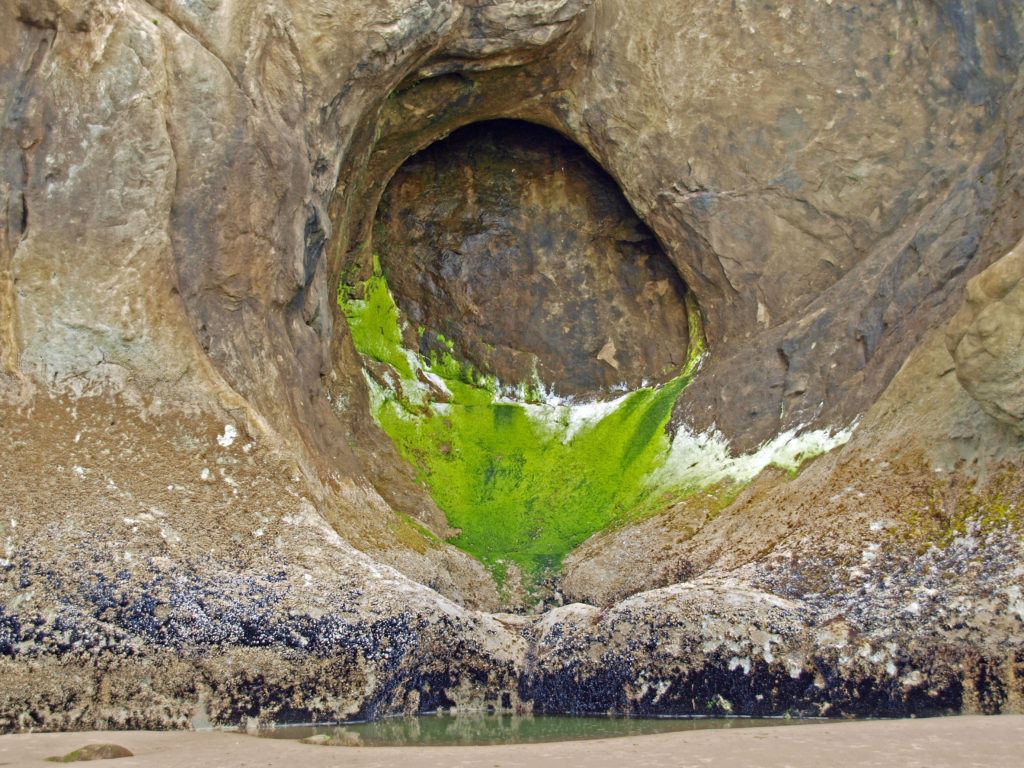
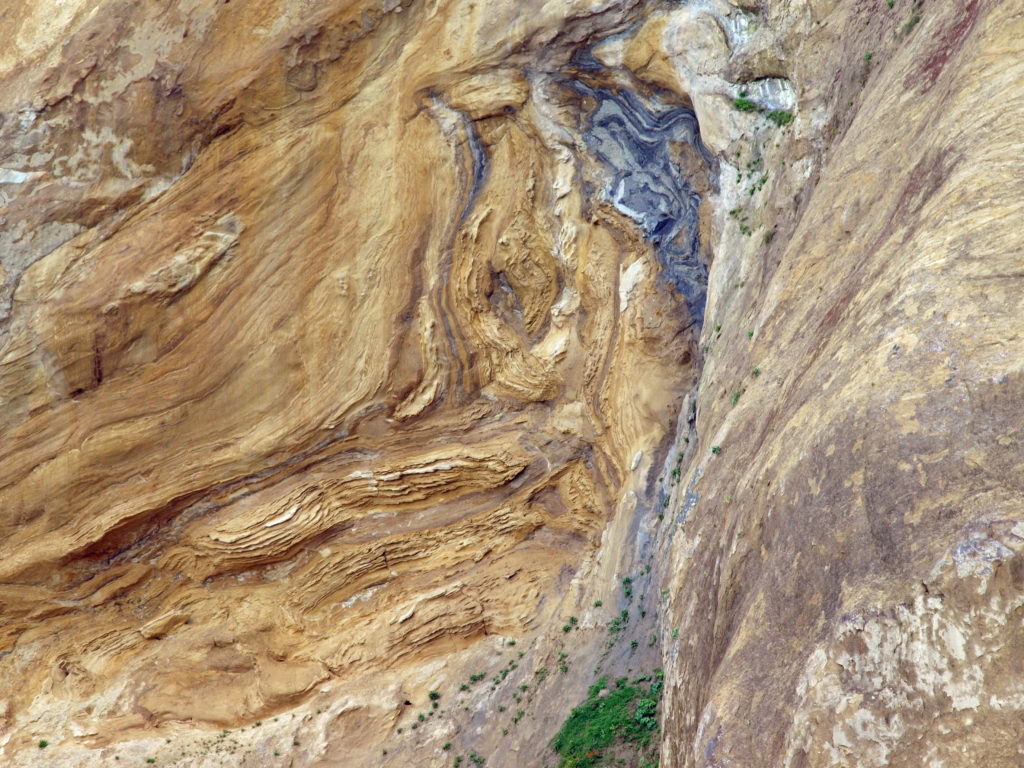 I love the eroded sandstone rock formations found at Hug Point. The layered sandstone of the point has been warped and folded by tectonic processes and eroded by wind and water into fantastic formations. The tidewater rocks are covered in green algae and seaweed, barnacles, and mussels. The rocks, sand, colorful vegetation, waves, and ever changing light make for great photo opportunities.
I love the eroded sandstone rock formations found at Hug Point. The layered sandstone of the point has been warped and folded by tectonic processes and eroded by wind and water into fantastic formations. The tidewater rocks are covered in green algae and seaweed, barnacles, and mussels. The rocks, sand, colorful vegetation, waves, and ever changing light make for great photo opportunities. Hug Point State Park is located about five miles south of Cannon Beach. The point can also be reached from Arcadia Beach State Park, about a mile to the north. It’s an easy day trip from the Portland area, but there many other attractions in the area, so many visitors spend a weekend or longer in the area.
Hug Point State Park is located about five miles south of Cannon Beach. The point can also be reached from Arcadia Beach State Park, about a mile to the north. It’s an easy day trip from the Portland area, but there many other attractions in the area, so many visitors spend a weekend or longer in the area. The nearby towns of Cannon Beach, Seaside, and Manzanita all have numerous motels, BNBs, and other accommodations, as well as many restaurants and cafes serving fresh seafood and other locally sourced foods.
The nearby towns of Cannon Beach, Seaside, and Manzanita all have numerous motels, BNBs, and other accommodations, as well as many restaurants and cafes serving fresh seafood and other locally sourced foods. 
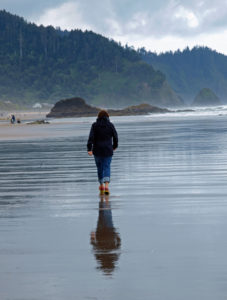
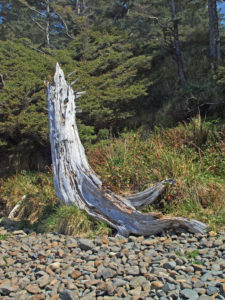
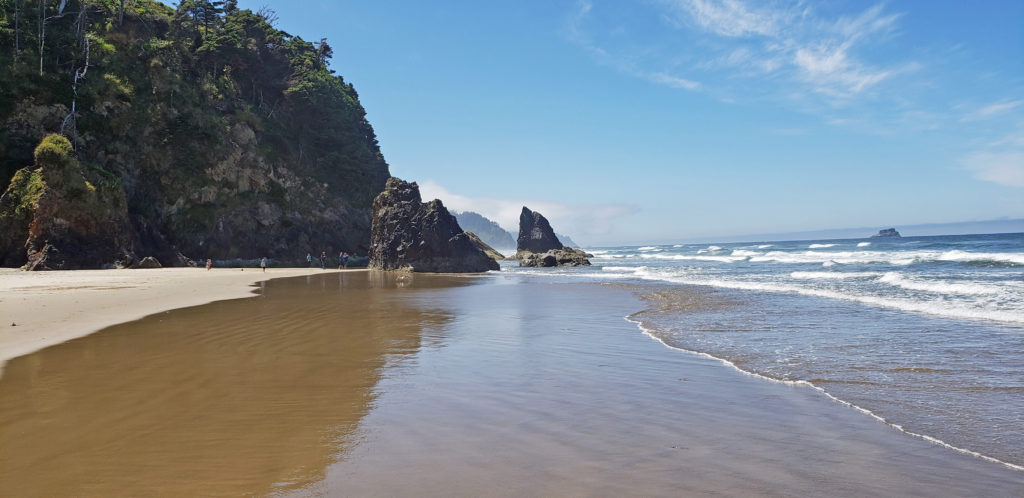
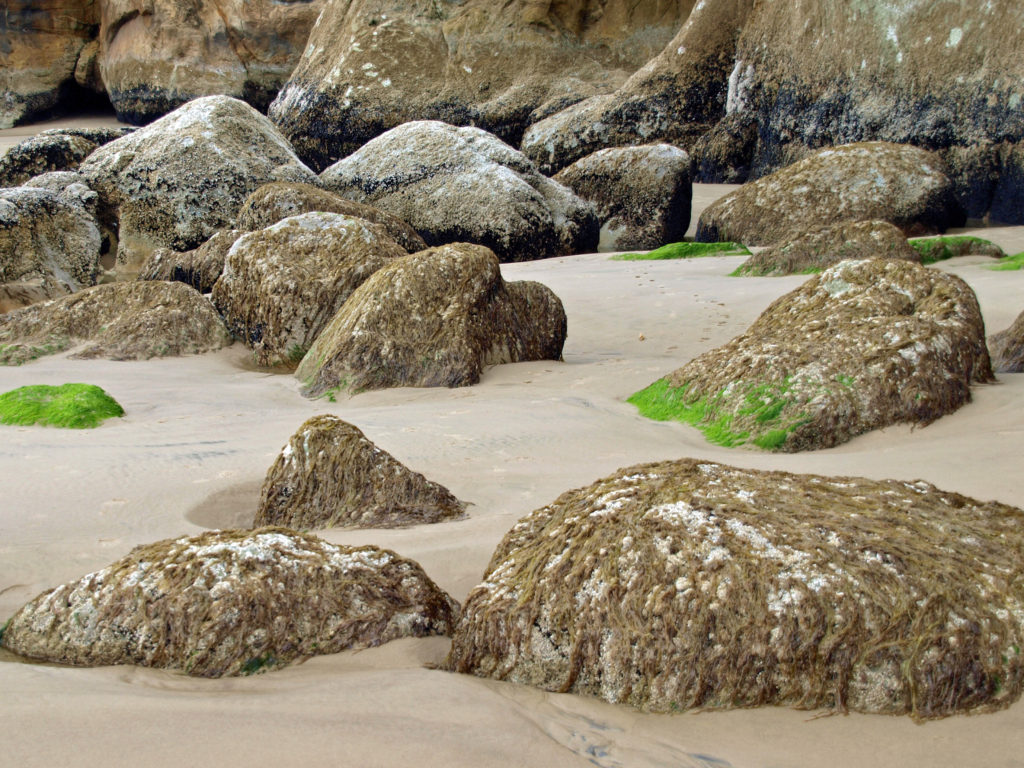 One note of caution, though. If you go, pay attention to the tides. The waterfall and caves that draw most of the visitors to Hug Point State Park are nestled between Adair Point, immediately north of the beach access, and Hug Point itself. At high tide it can be difficult or impossible to get around these two points, so it is possible to get trapped between them.
One note of caution, though. If you go, pay attention to the tides. The waterfall and caves that draw most of the visitors to Hug Point State Park are nestled between Adair Point, immediately north of the beach access, and Hug Point itself. At high tide it can be difficult or impossible to get around these two points, so it is possible to get trapped between them.
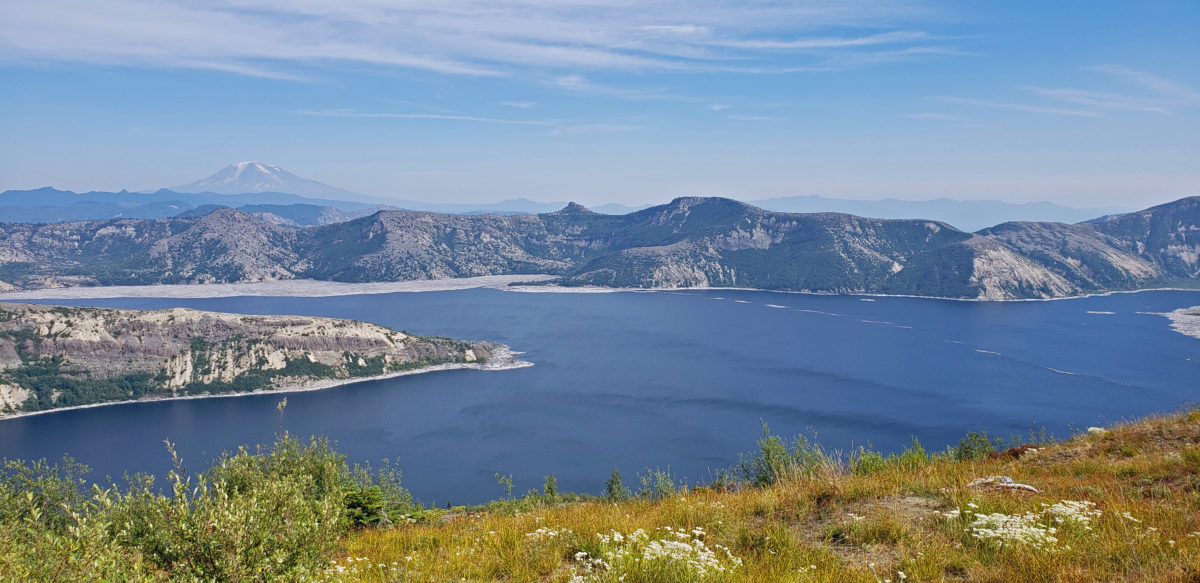
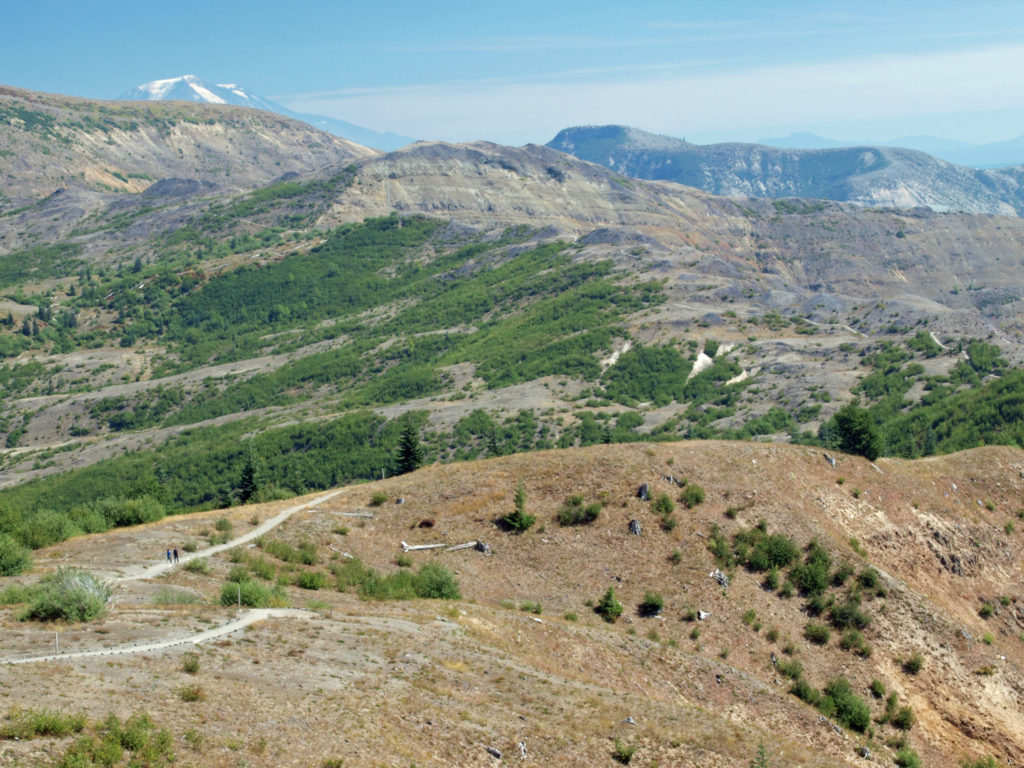
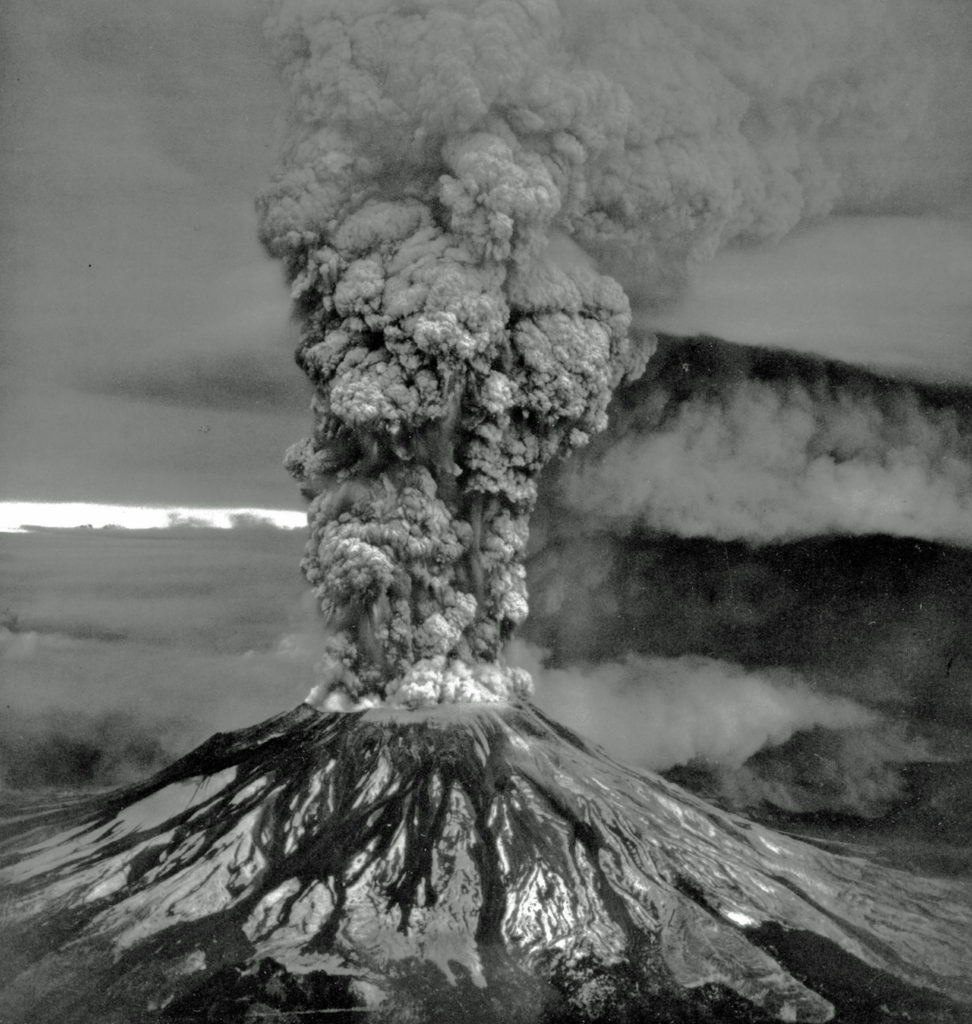
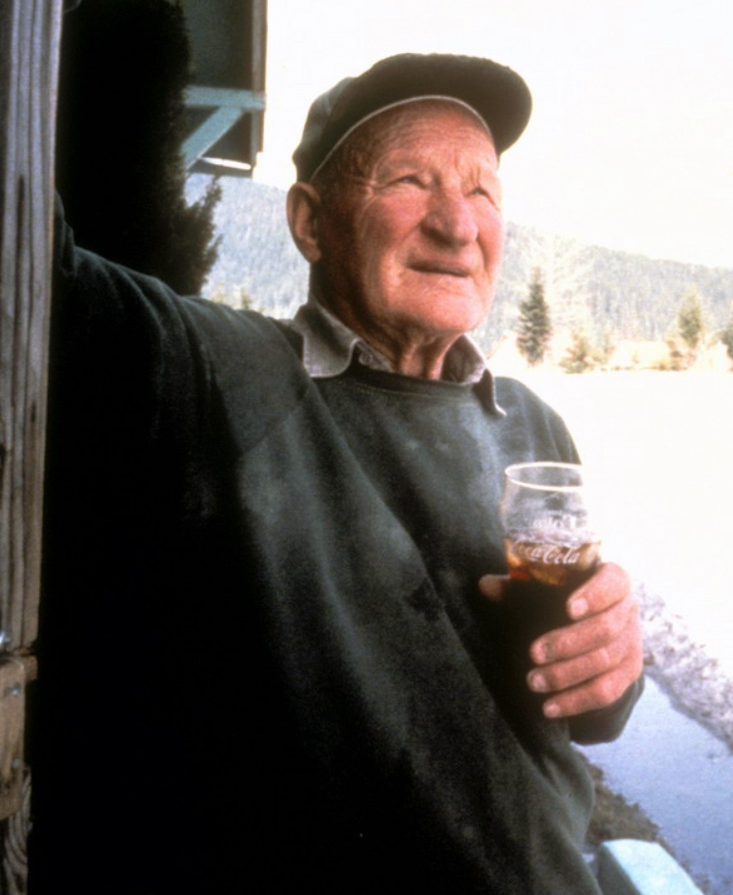
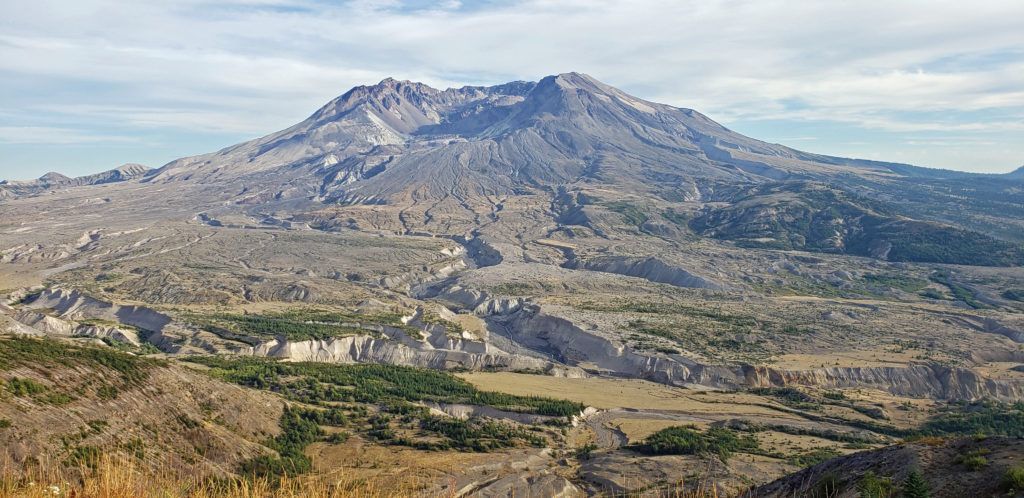
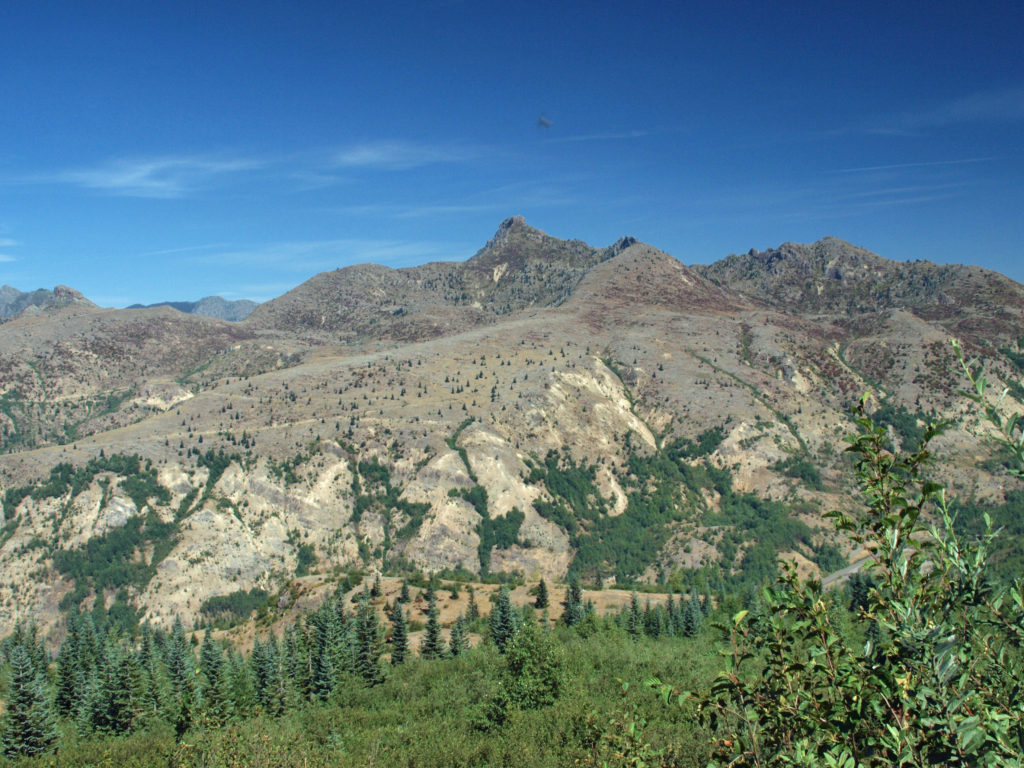
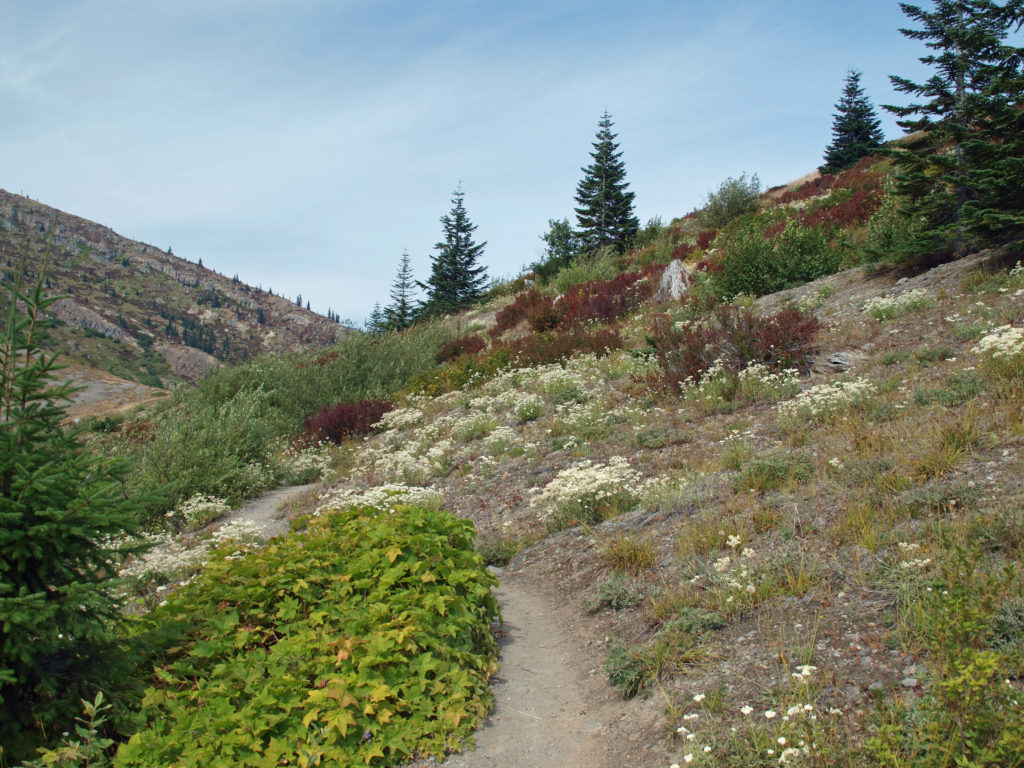
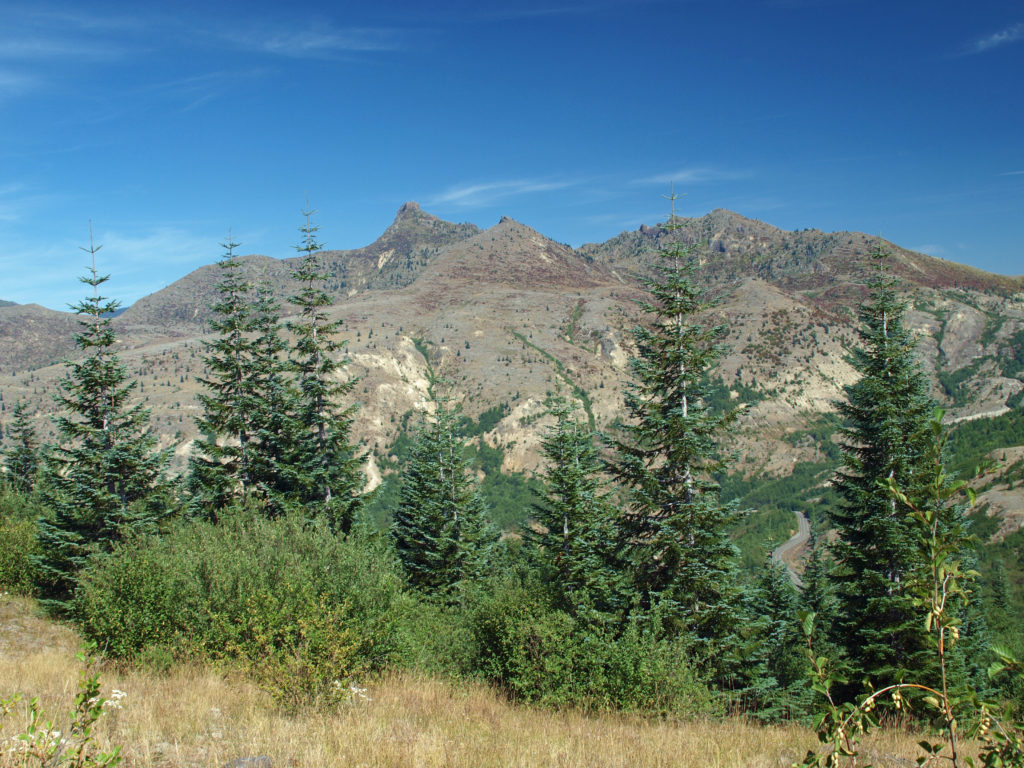
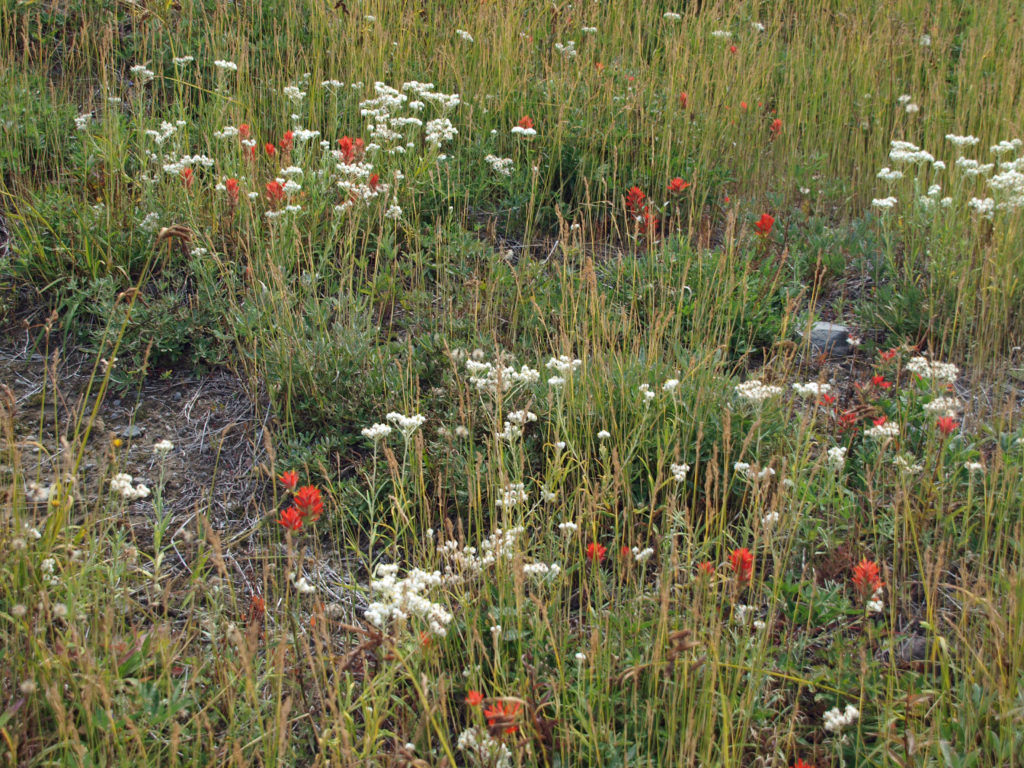
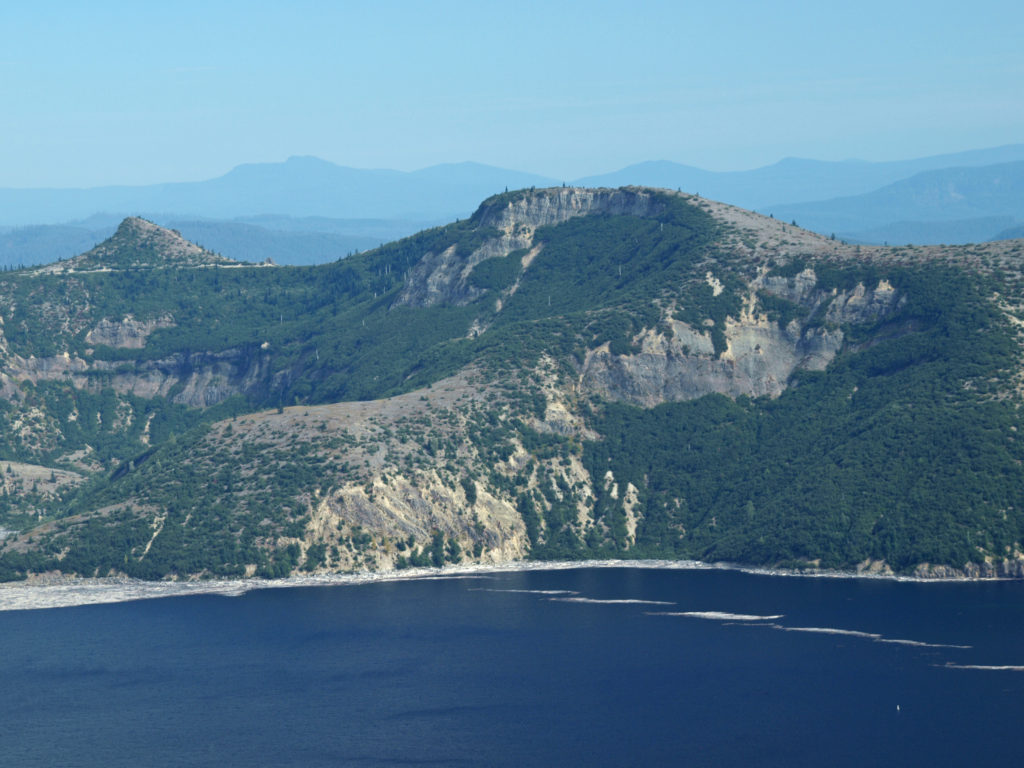
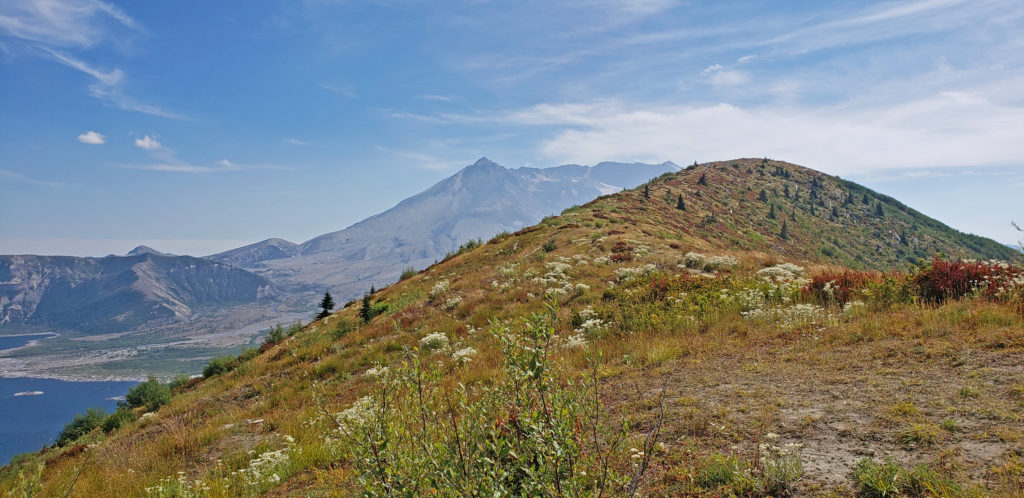
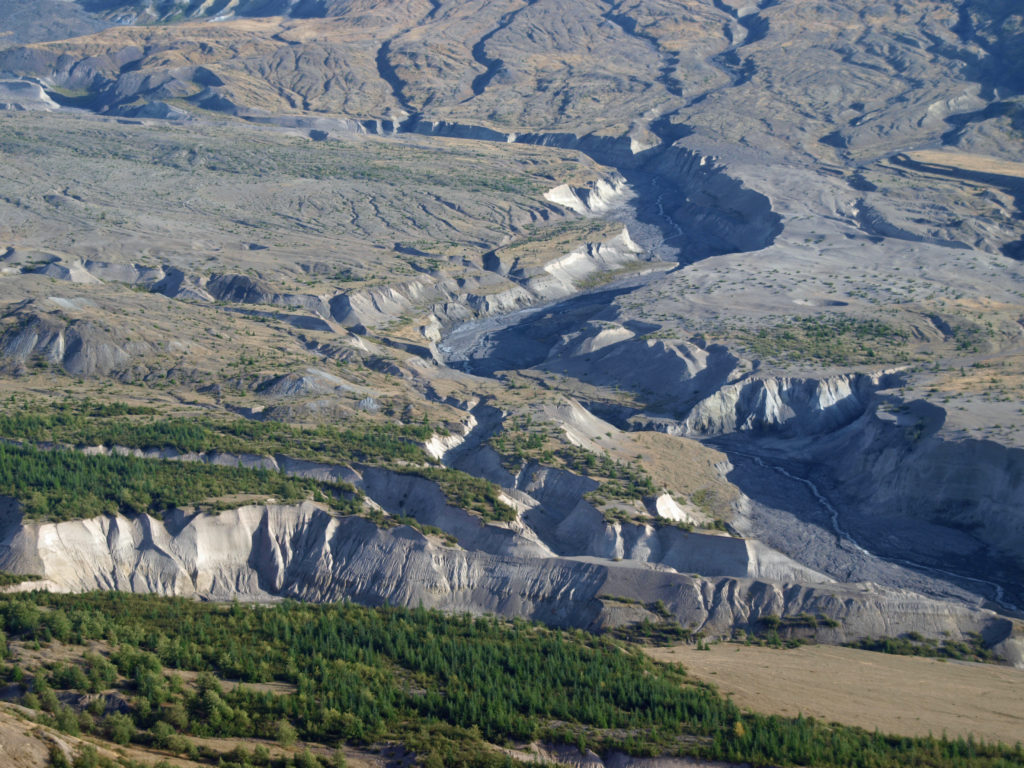
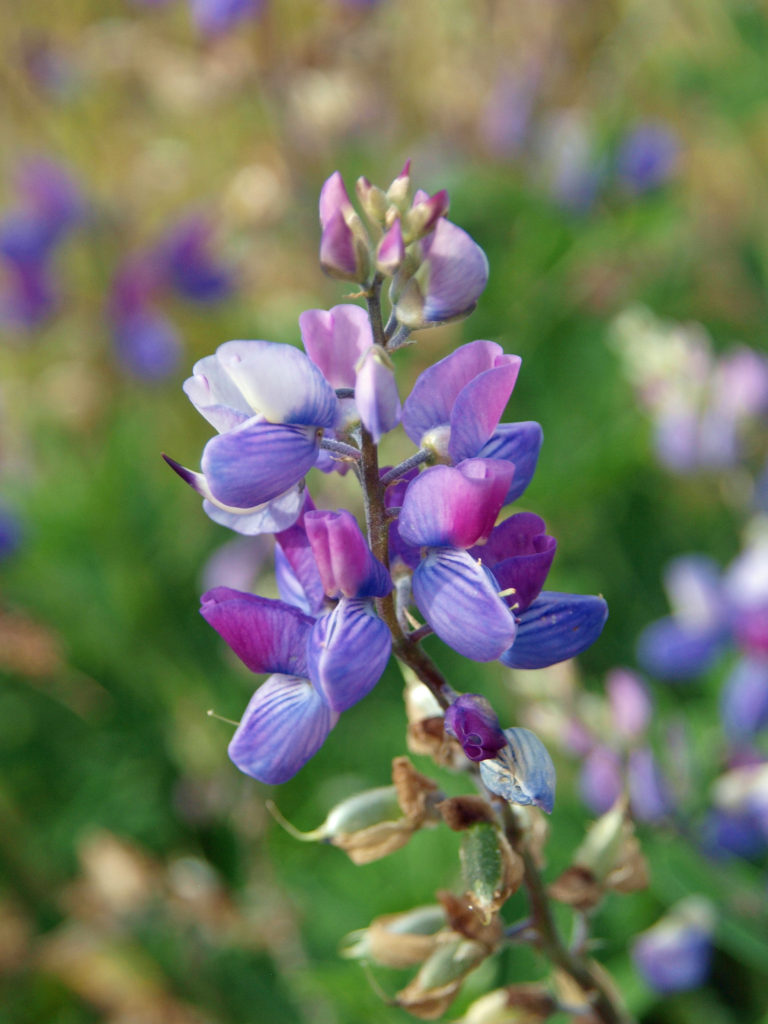
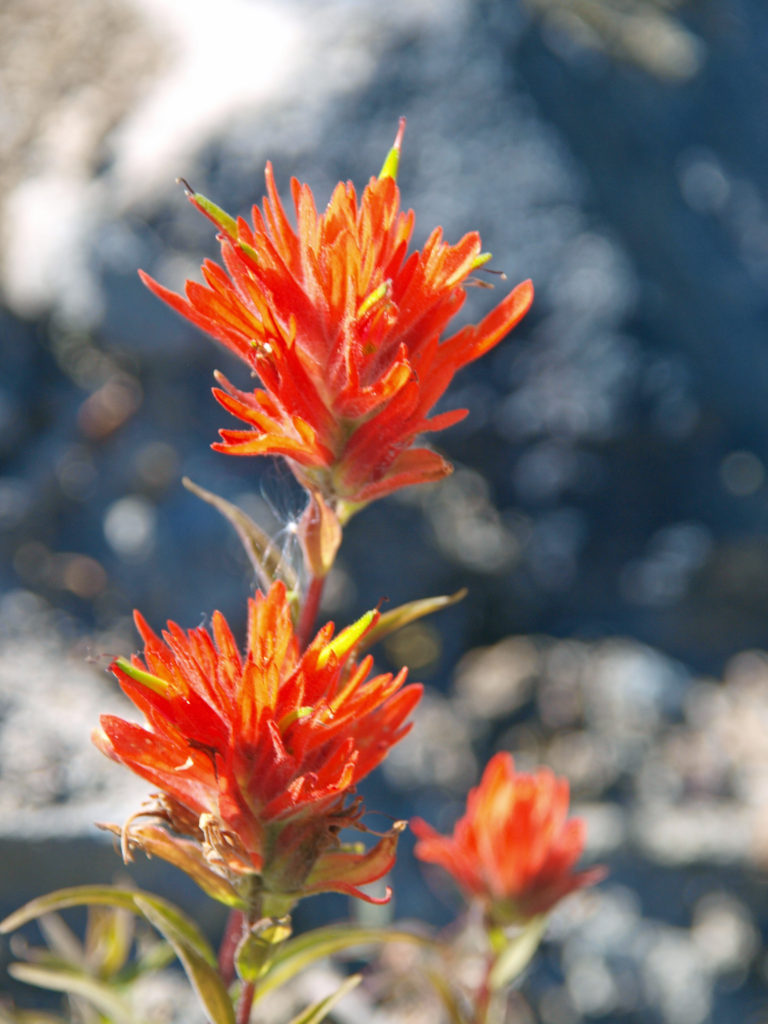
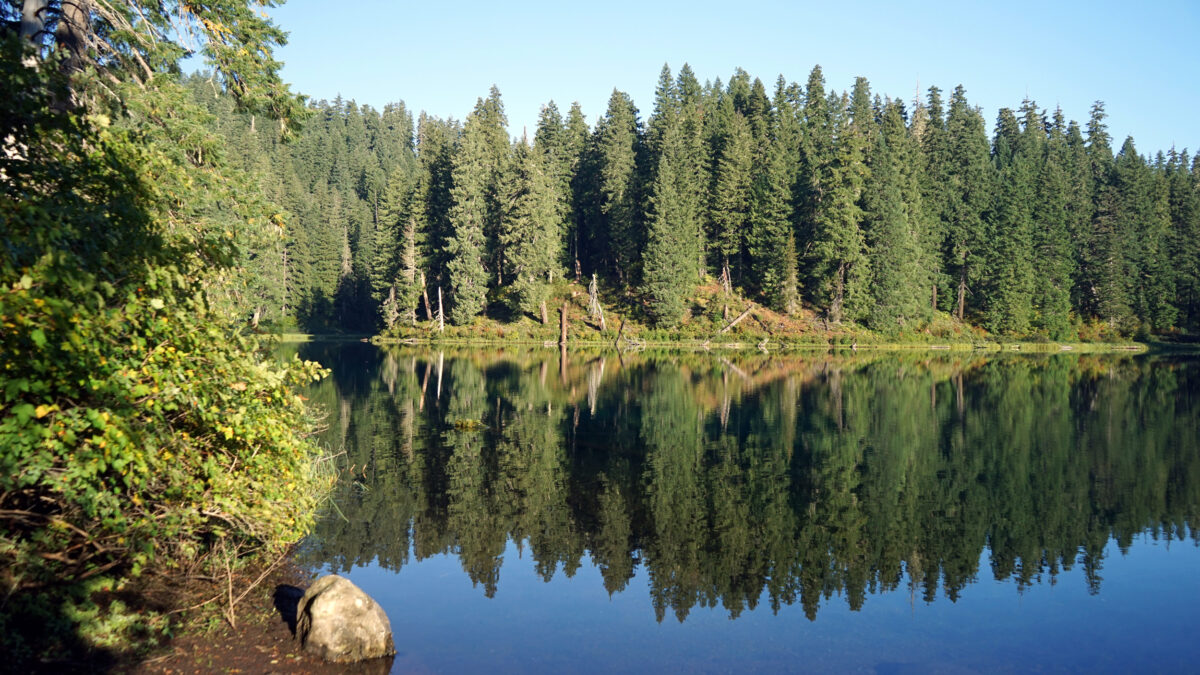
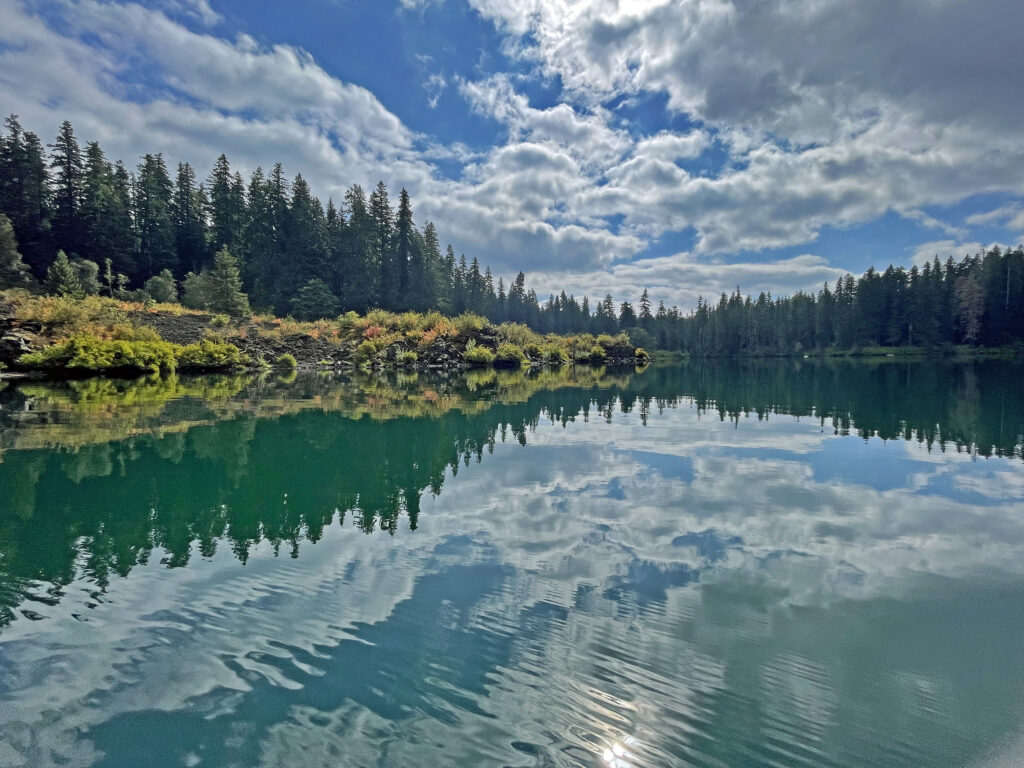

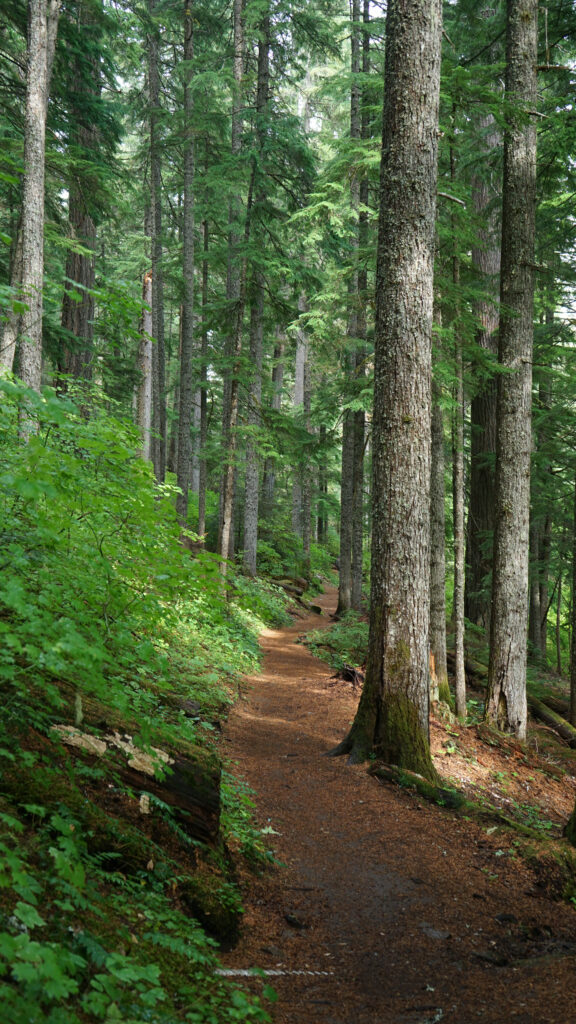
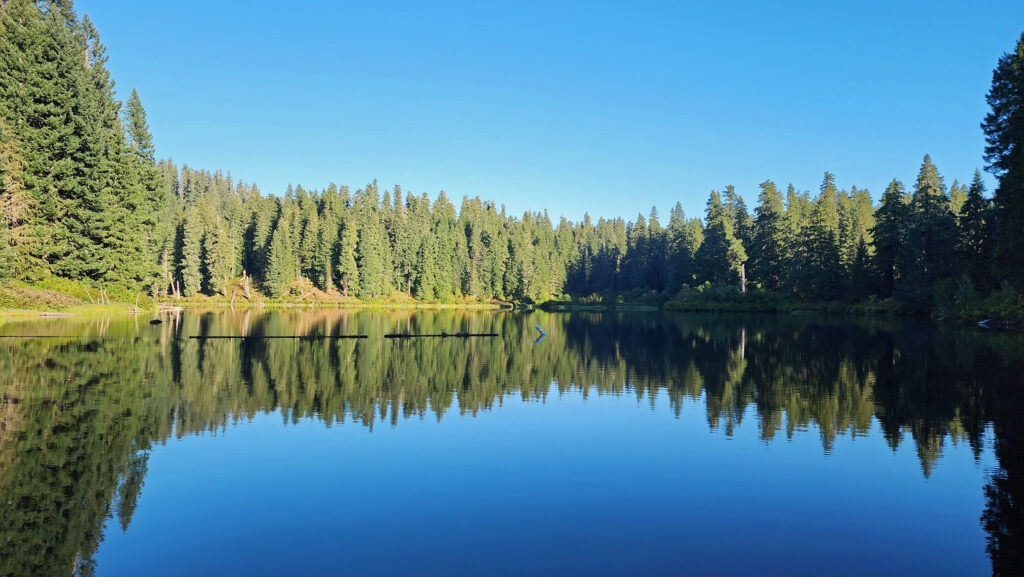
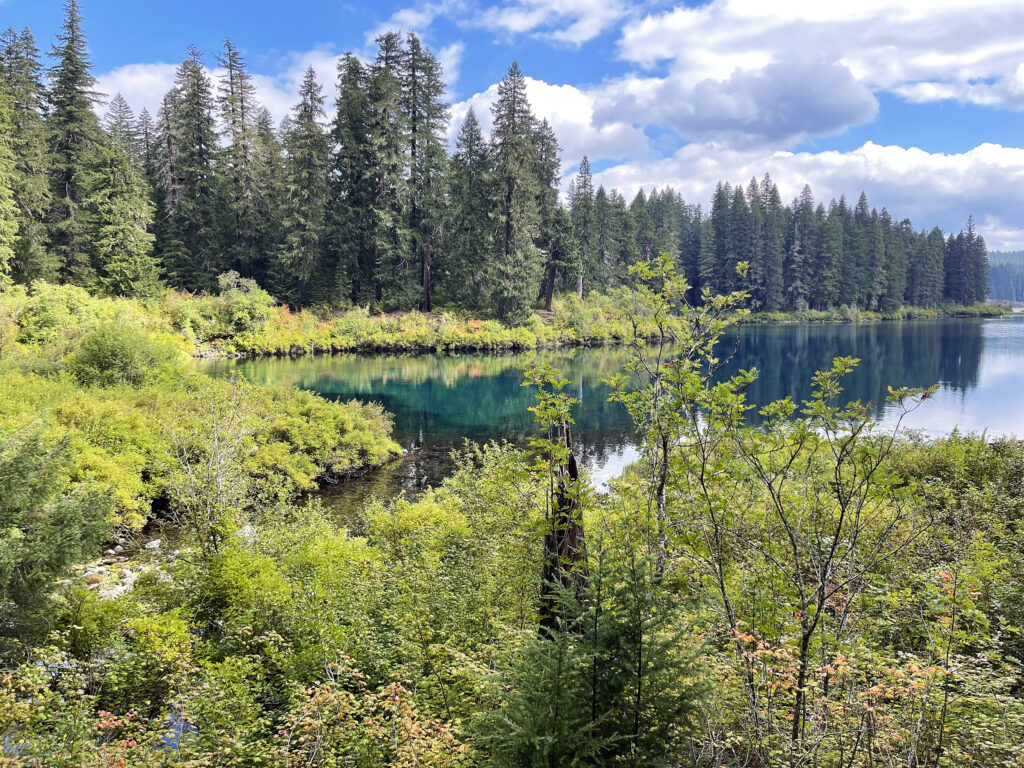
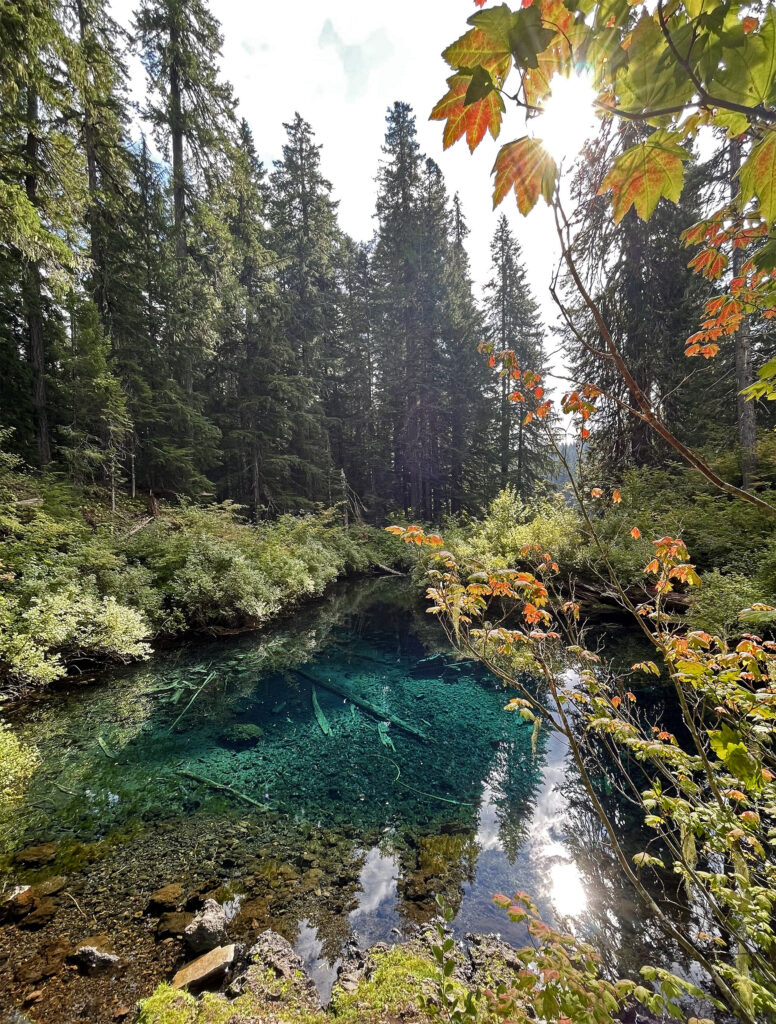

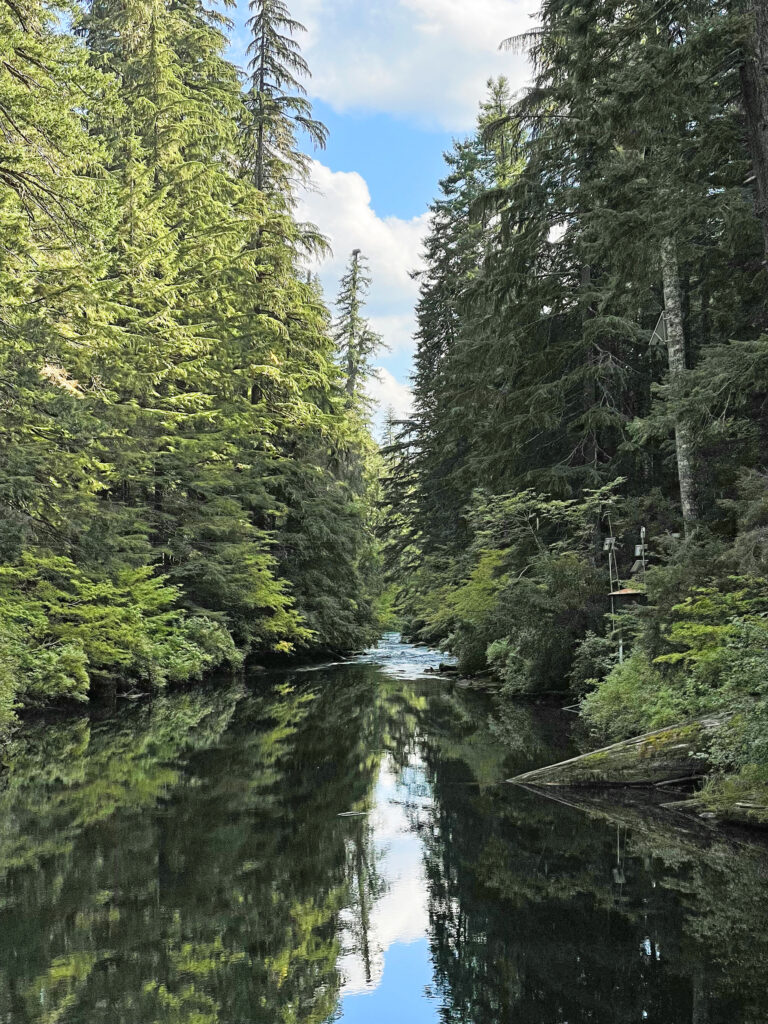
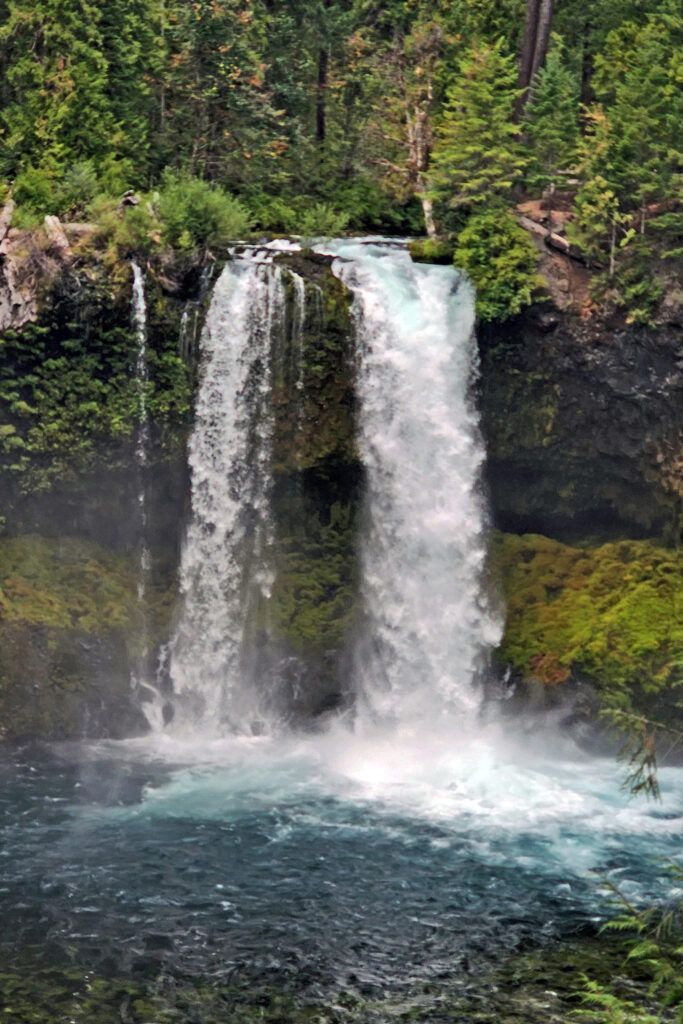
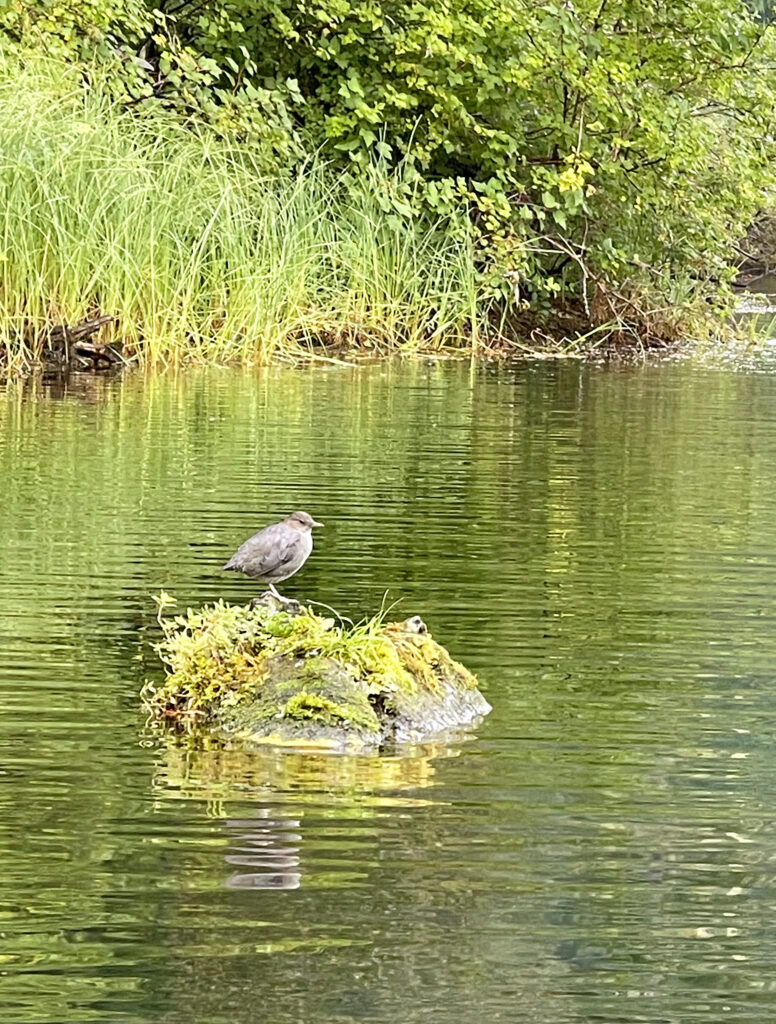
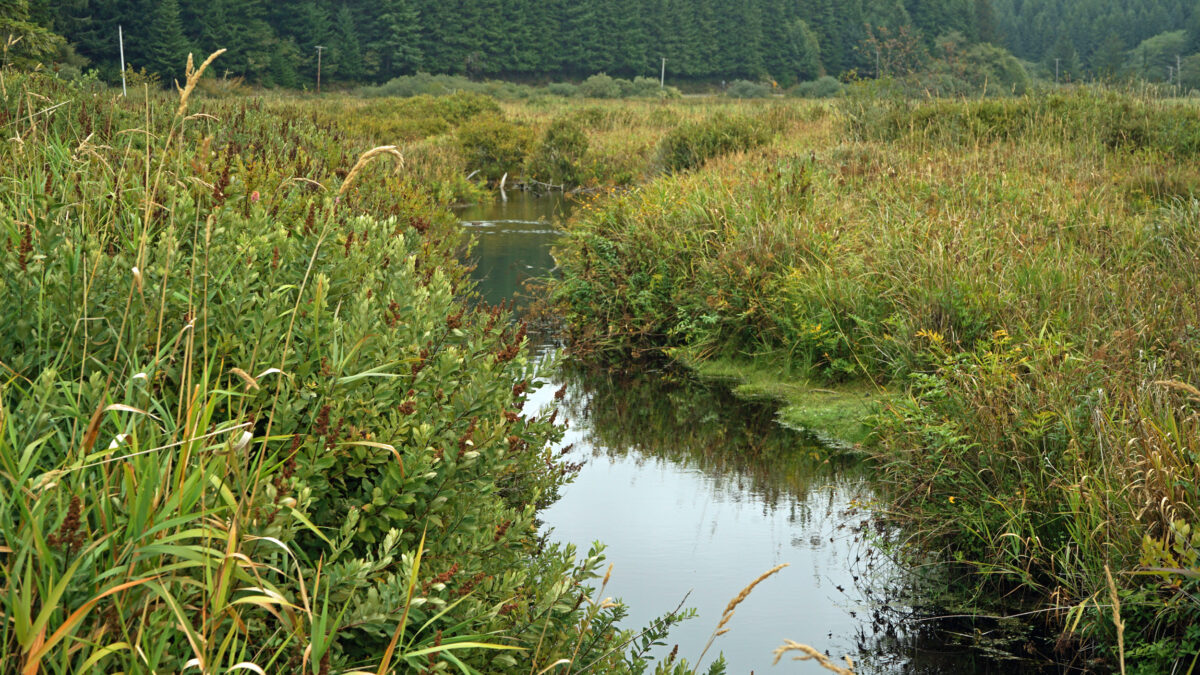
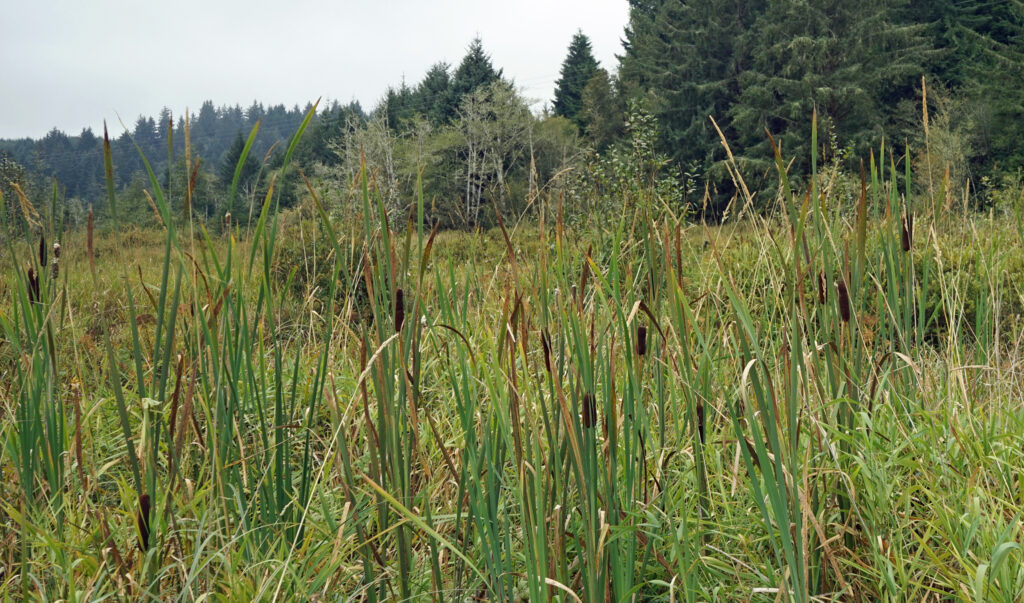
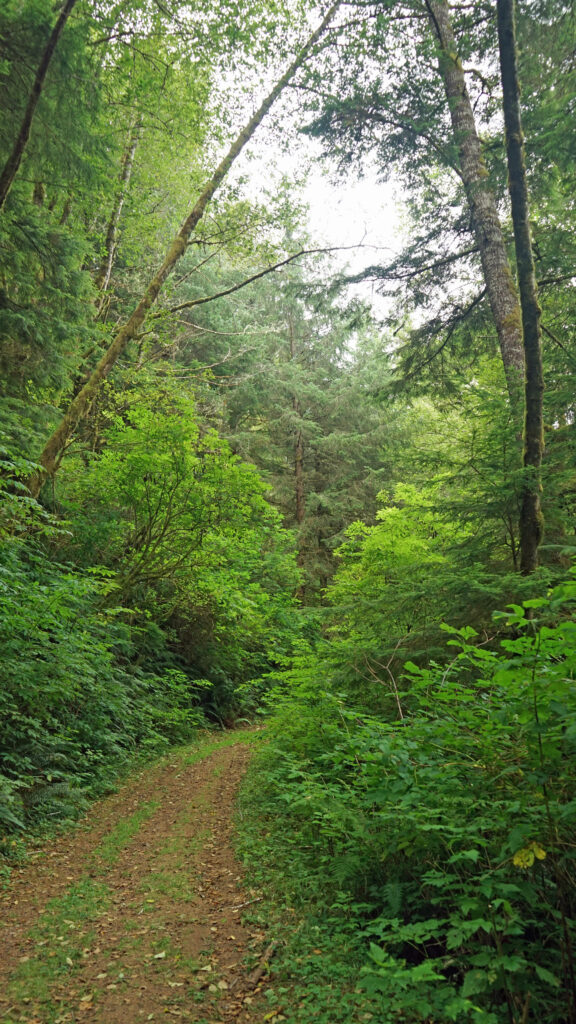
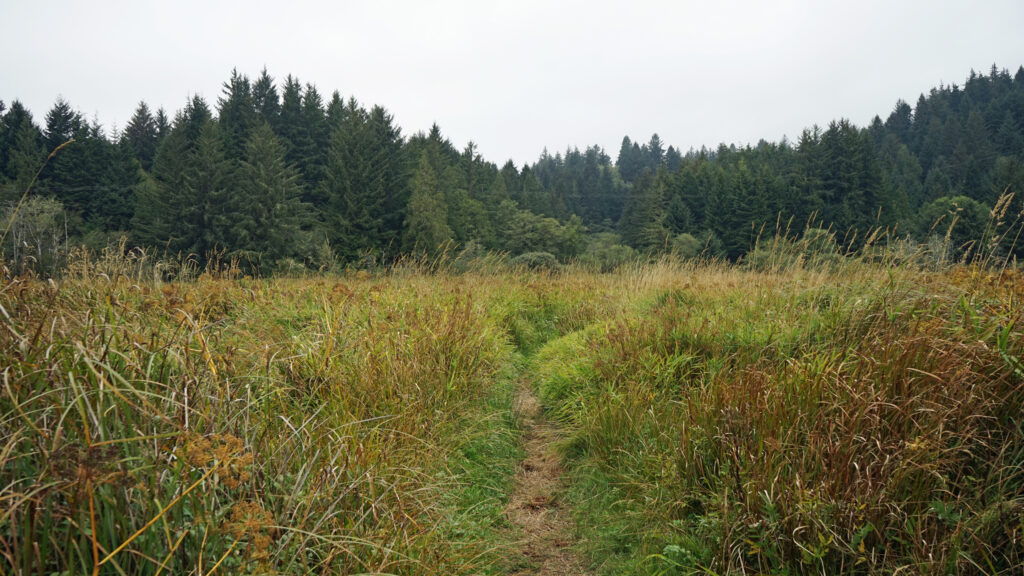
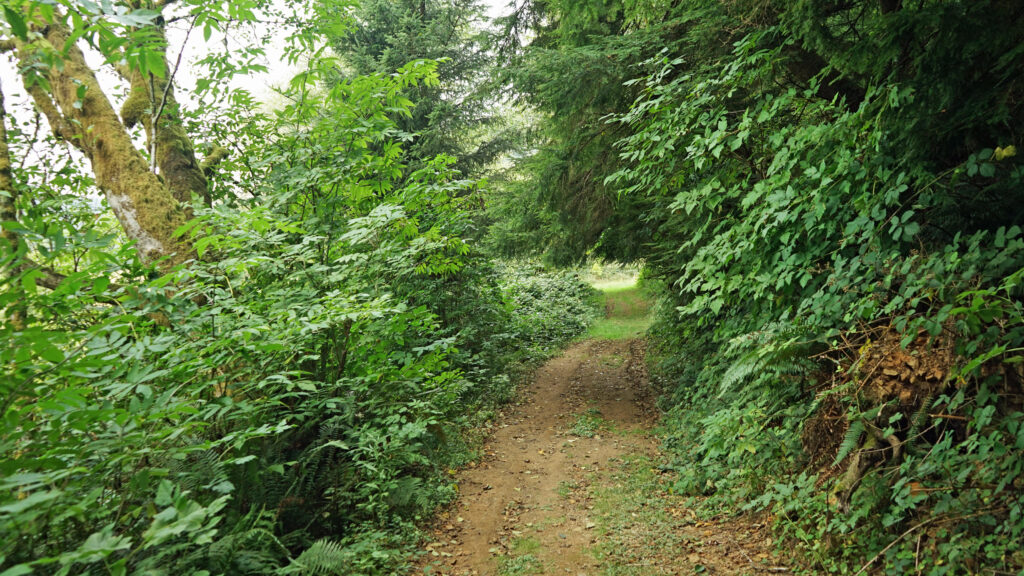
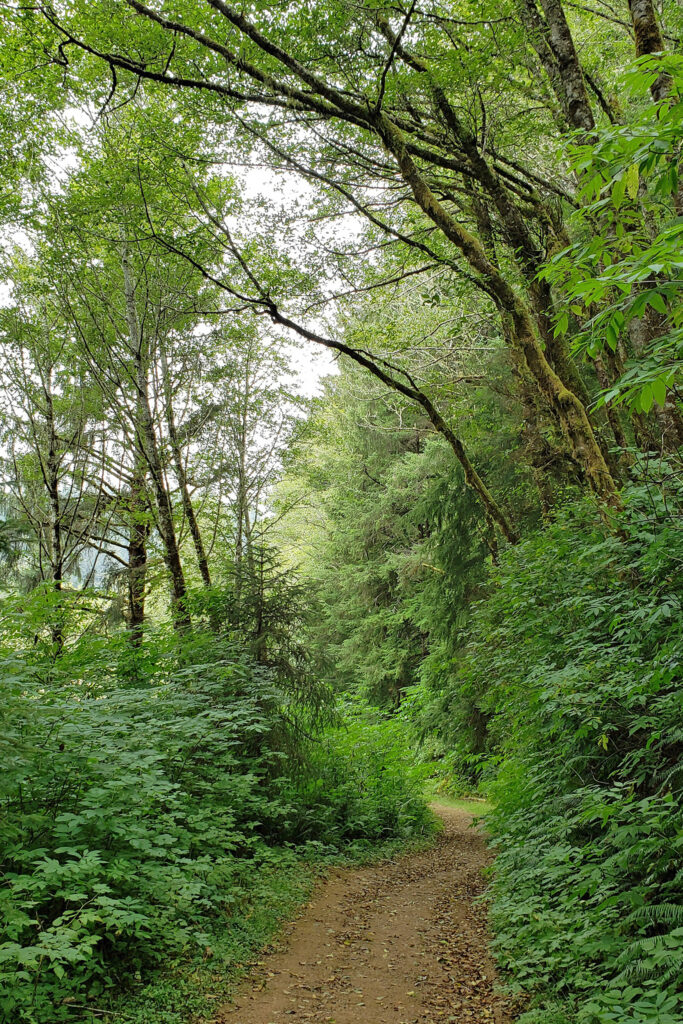 Beyond the Snaggy Point Trail junction, the loop trail continues through the forest along the edge of the marsh to a junction with the Antler Overlook Trail, which connects to the Cooper Ridge Trail and provides another overcrossing of the upland area. The main loop trail then continues through the forest to the agricultural buildings mentioned in the winter trailhead description. Beyond the buildings walk up the service road for a couple hundred yards and look for the loop trail branching off to the left. The trail follows the edge of an open field.
Beyond the Snaggy Point Trail junction, the loop trail continues through the forest along the edge of the marsh to a junction with the Antler Overlook Trail, which connects to the Cooper Ridge Trail and provides another overcrossing of the upland area. The main loop trail then continues through the forest to the agricultural buildings mentioned in the winter trailhead description. Beyond the buildings walk up the service road for a couple hundred yards and look for the loop trail branching off to the left. The trail follows the edge of an open field.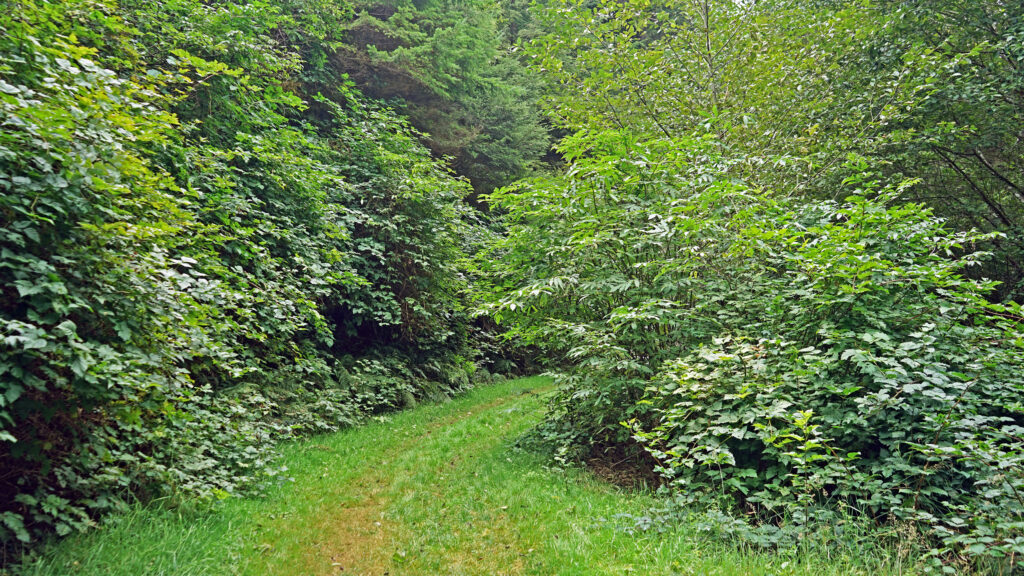
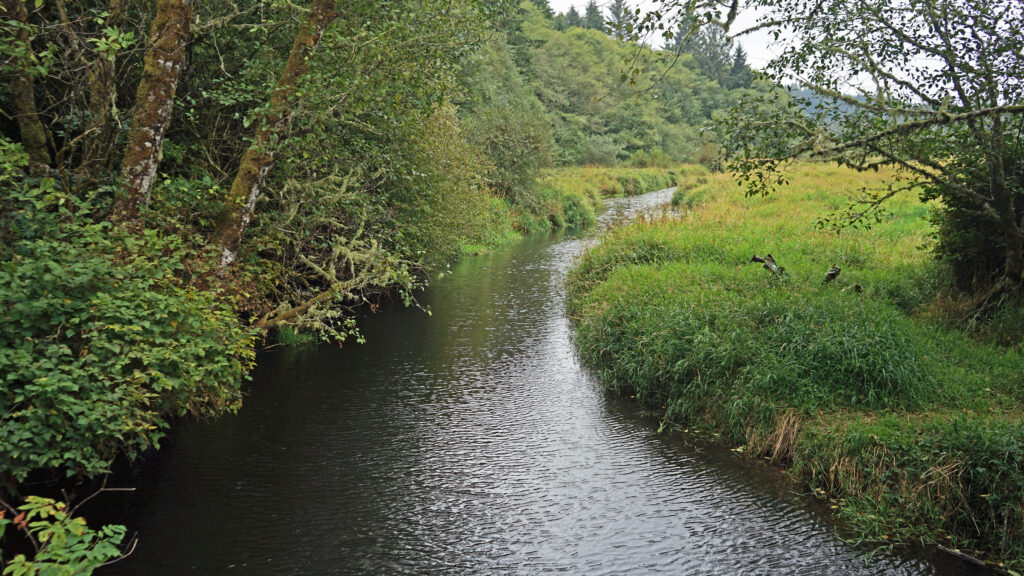
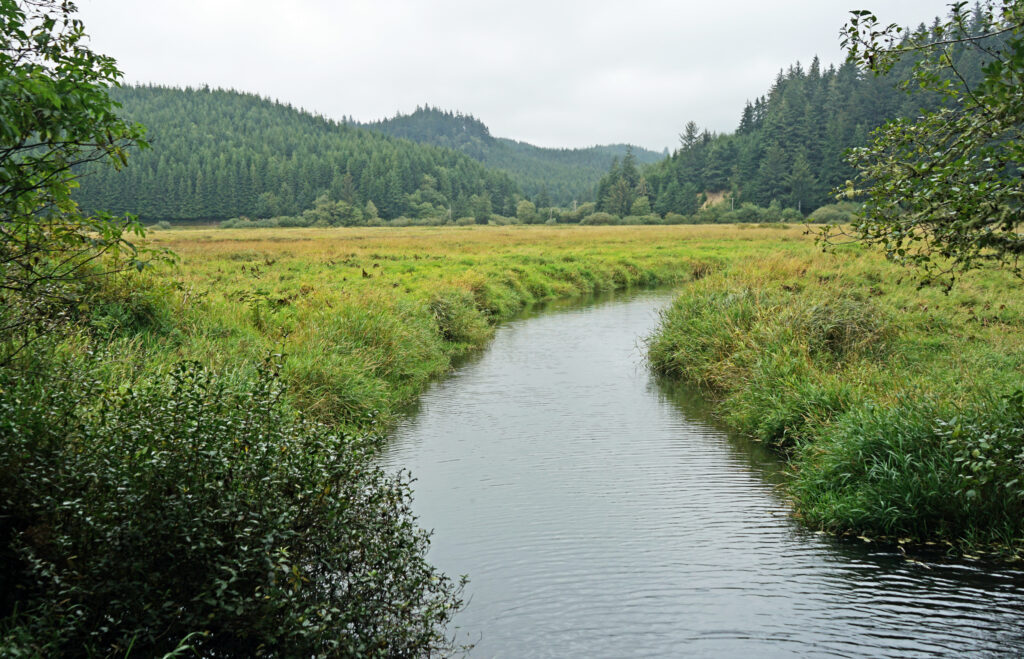
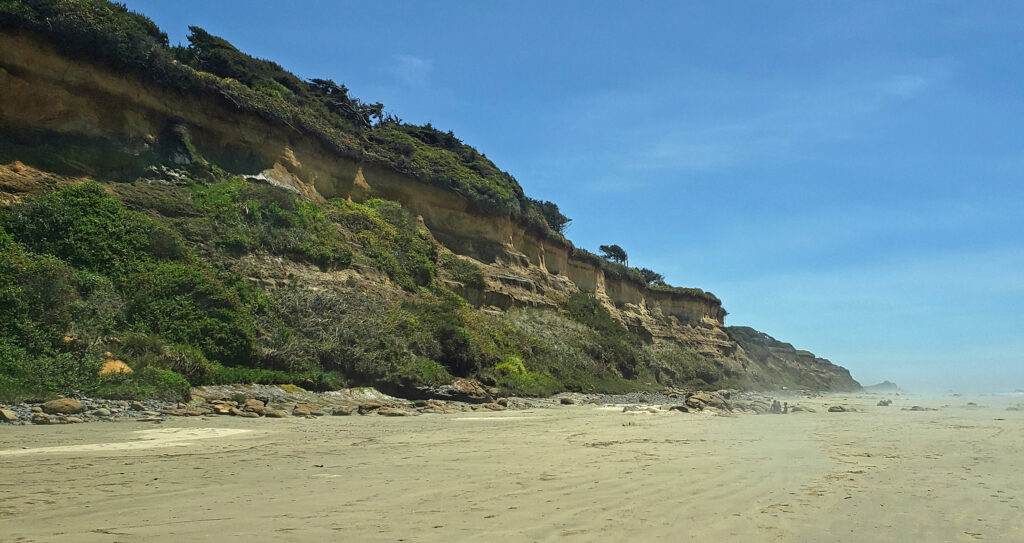
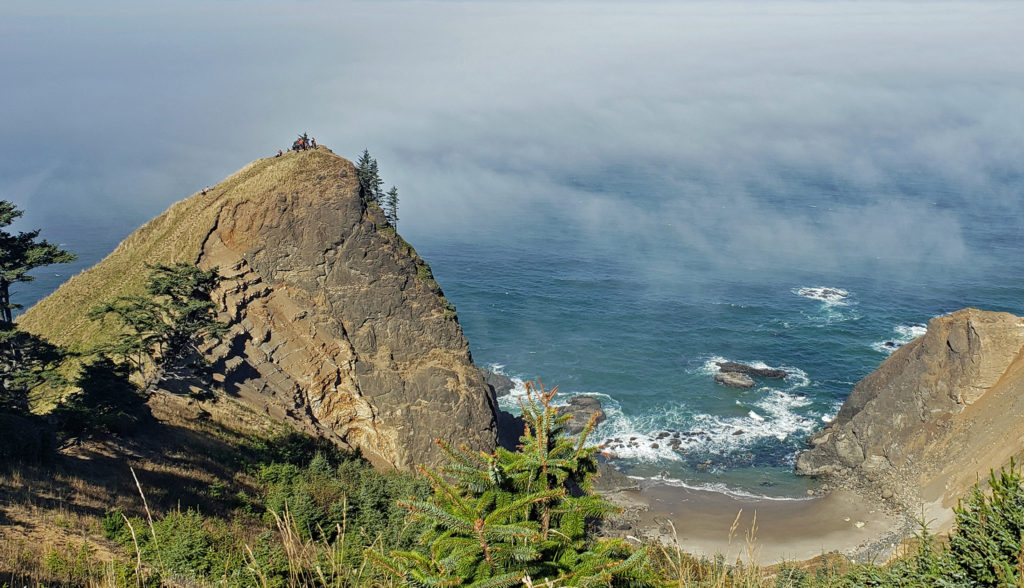
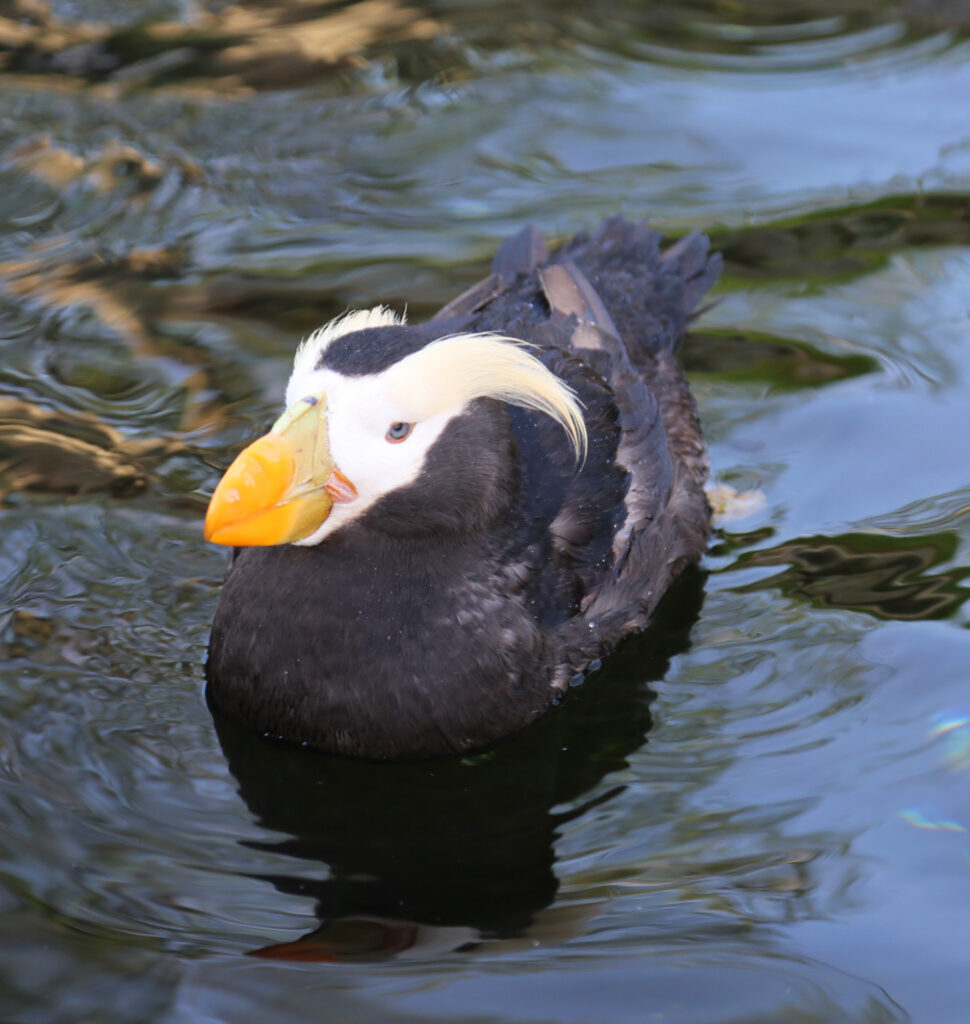
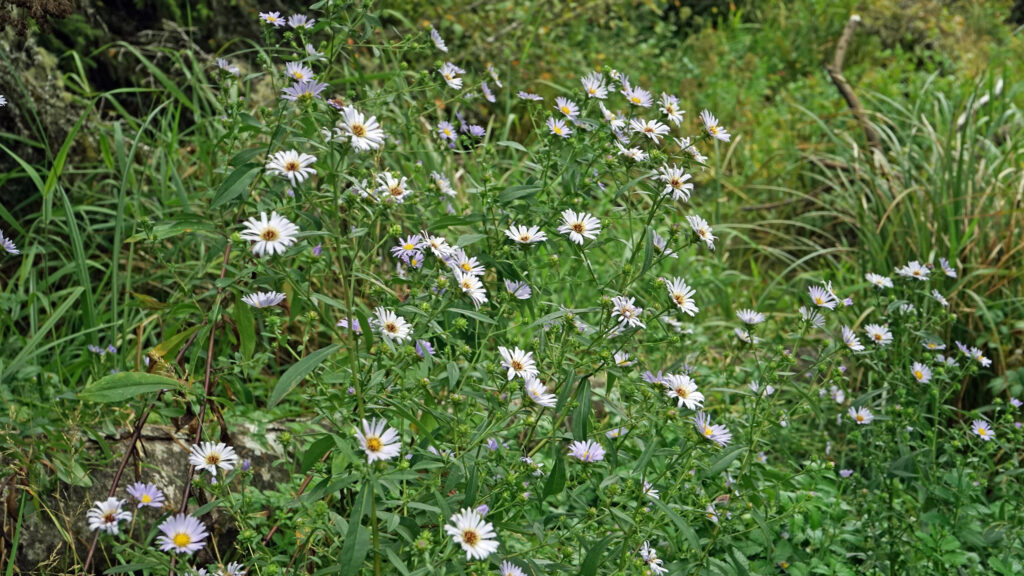 Posted March 14, 2023 by Alan K. Lee
Posted March 14, 2023 by Alan K. Lee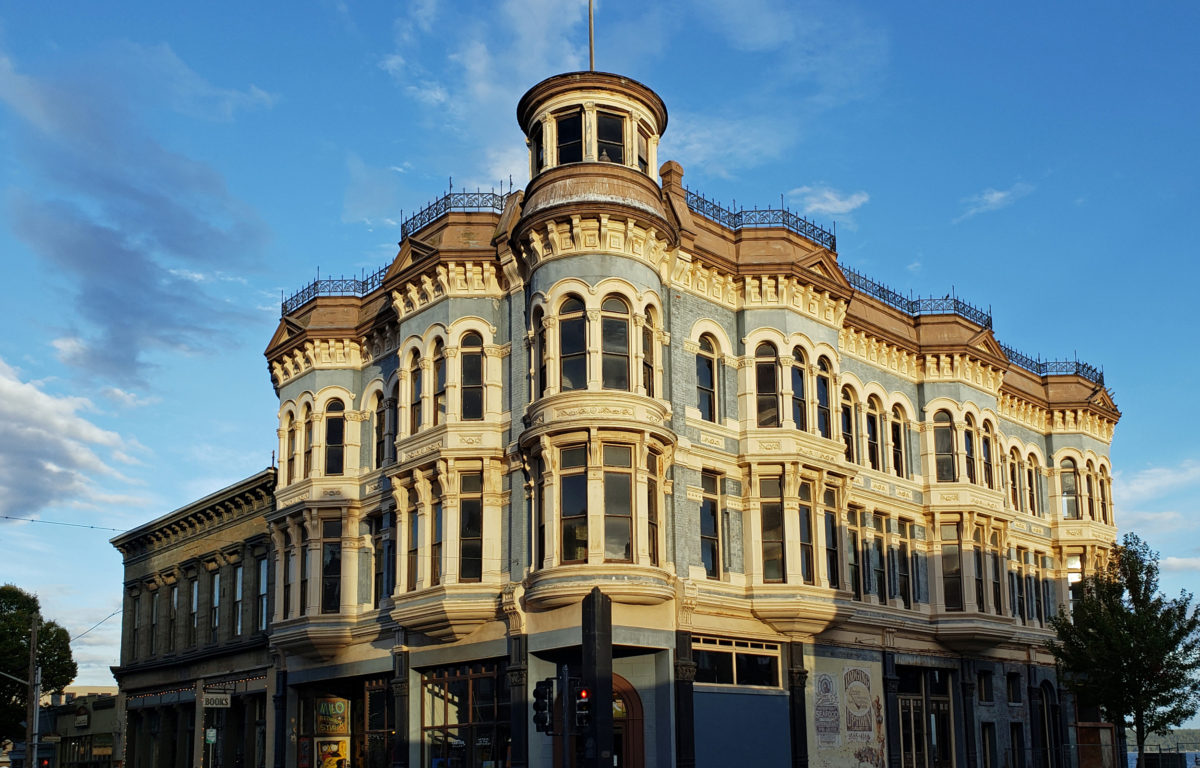
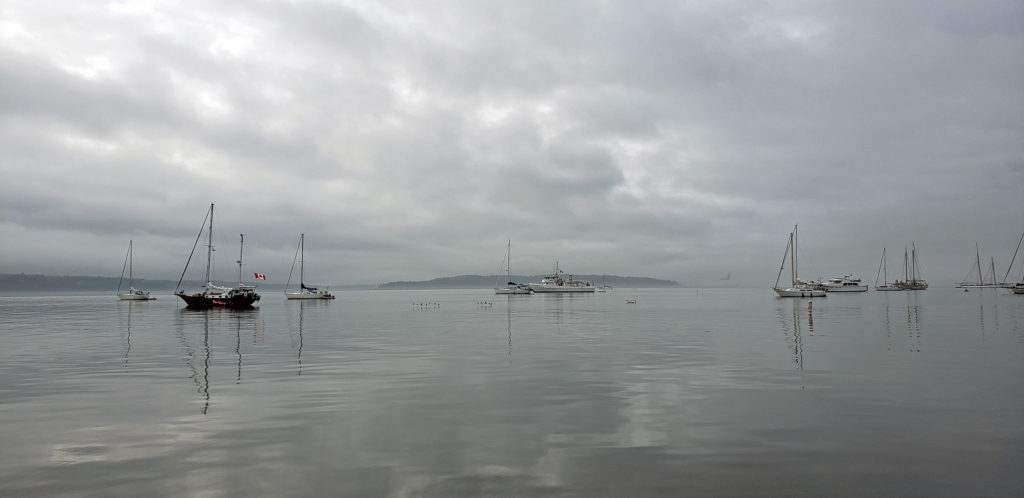
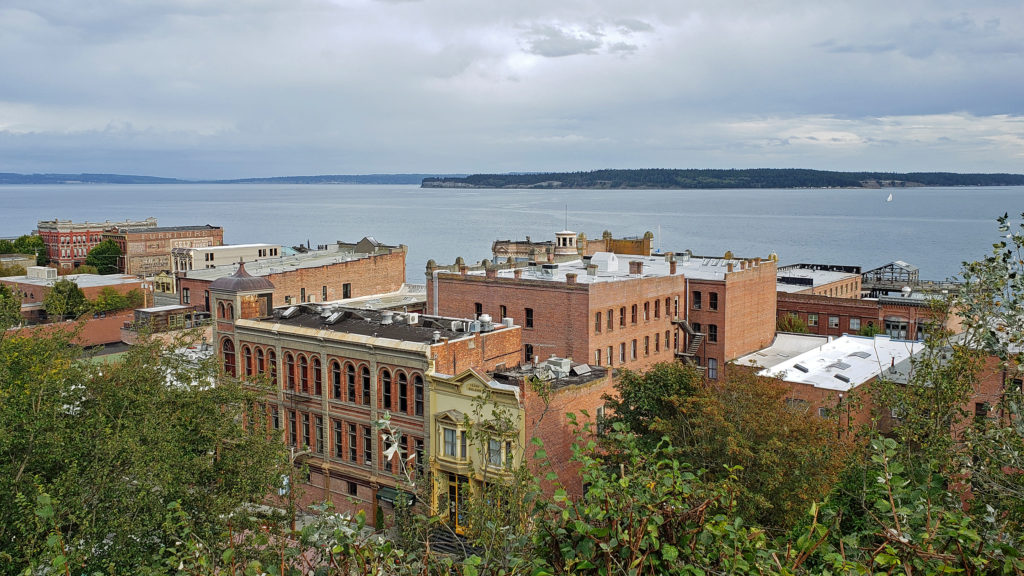
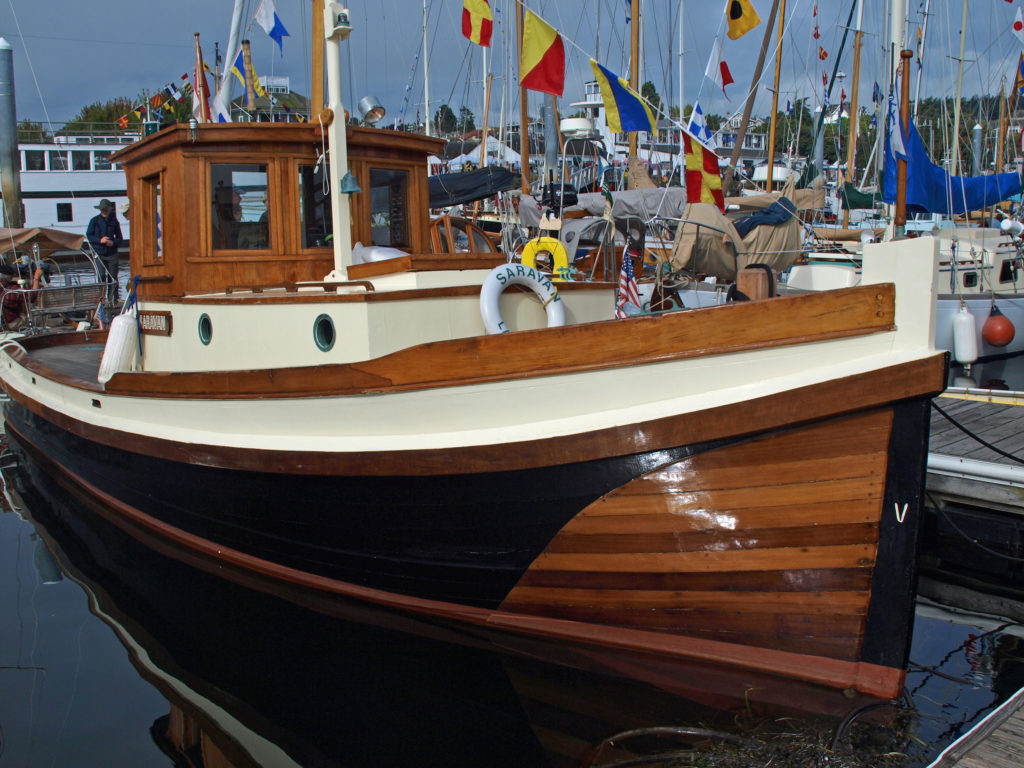
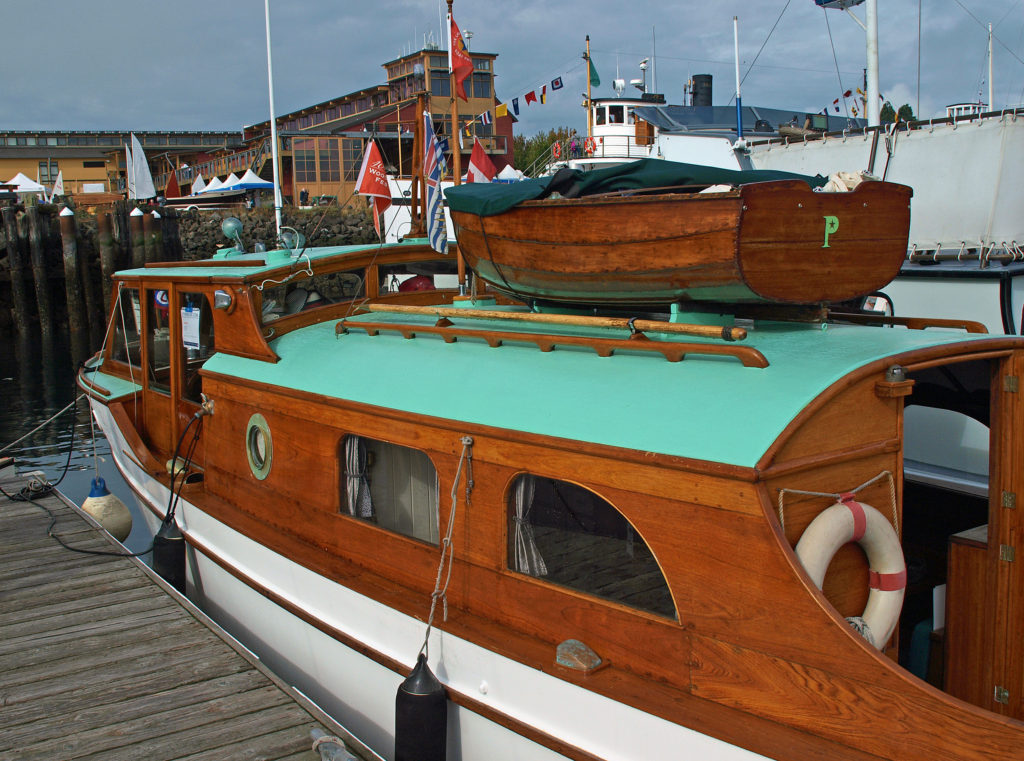
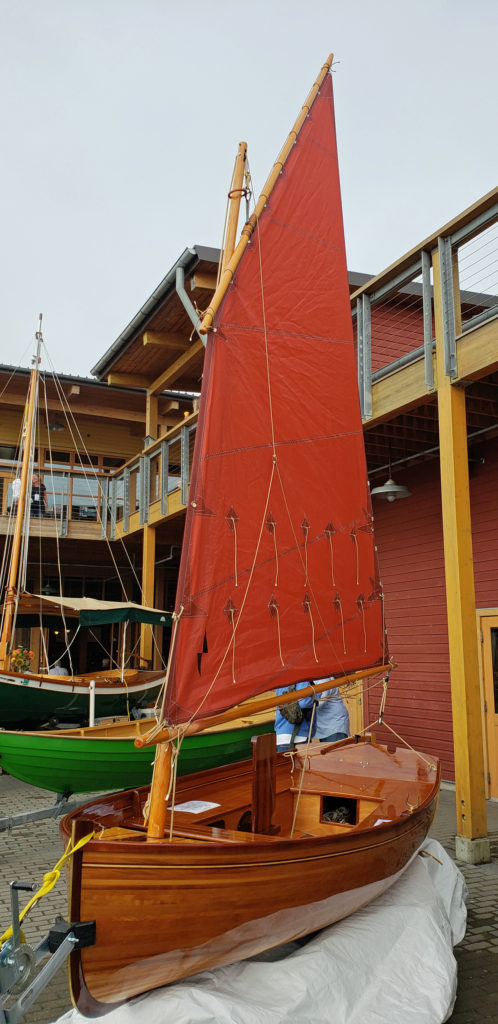 Wooden sailing ships were key to the town’s early economy and history, and the boatbuilding and woodworking crafts live on in Port Townsend. The Northwest School of Wooden Boat Building in nearby Port Hadlock and the Port Townsend School of Woodworking help preserve and promote the skills that were so vital to the early history of Port Townsend.
Wooden sailing ships were key to the town’s early economy and history, and the boatbuilding and woodworking crafts live on in Port Townsend. The Northwest School of Wooden Boat Building in nearby Port Hadlock and the Port Townsend School of Woodworking help preserve and promote the skills that were so vital to the early history of Port Townsend.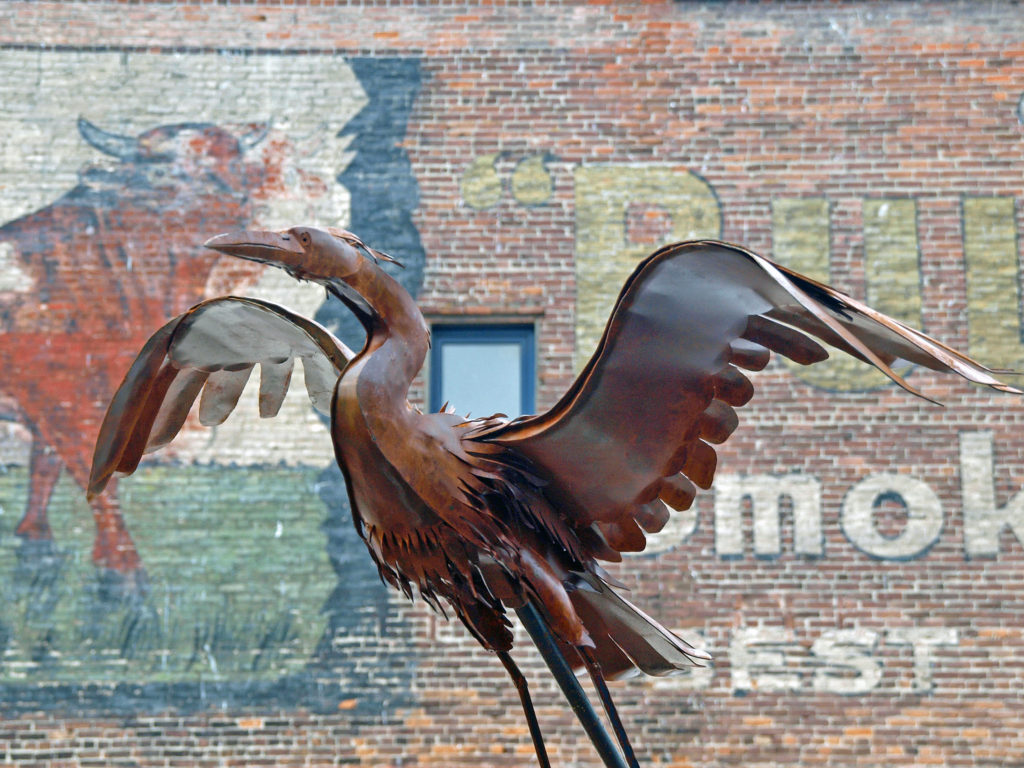
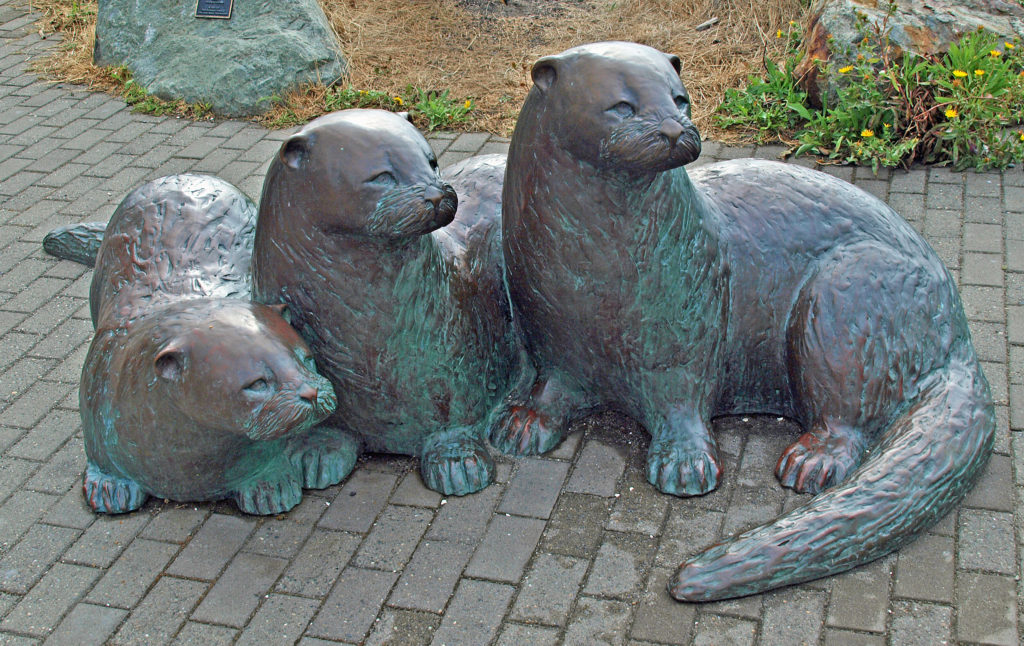 more than a dozen fine art and craft galleries can be found in the historic waterfront section of town.
more than a dozen fine art and craft galleries can be found in the historic waterfront section of town.
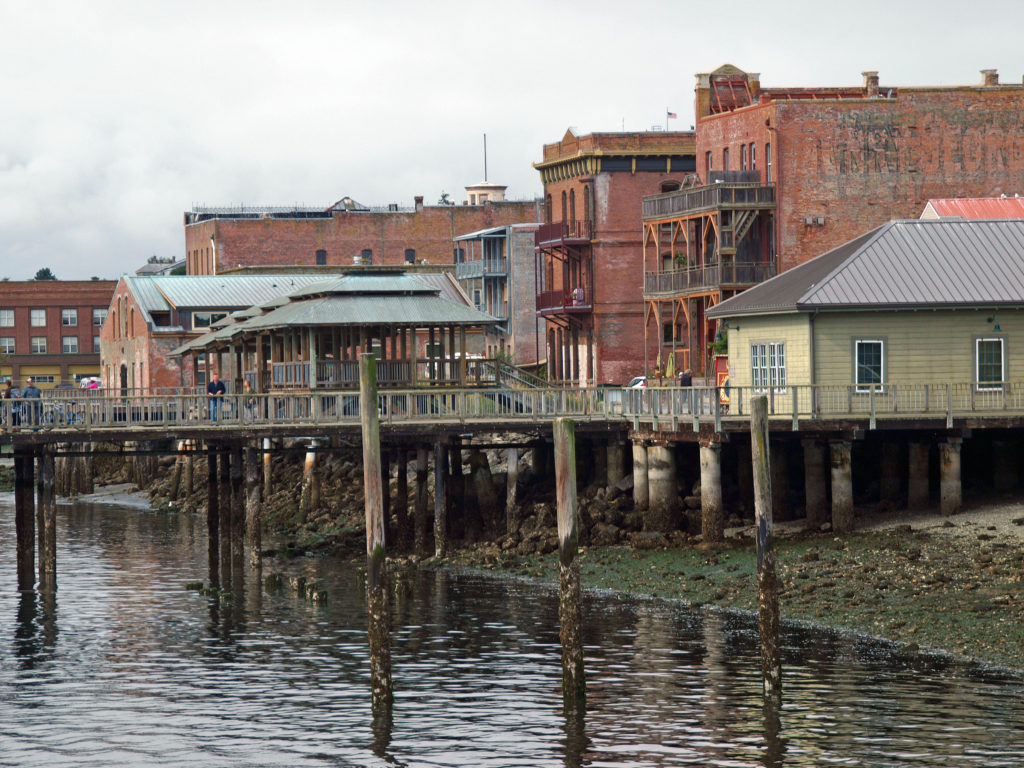
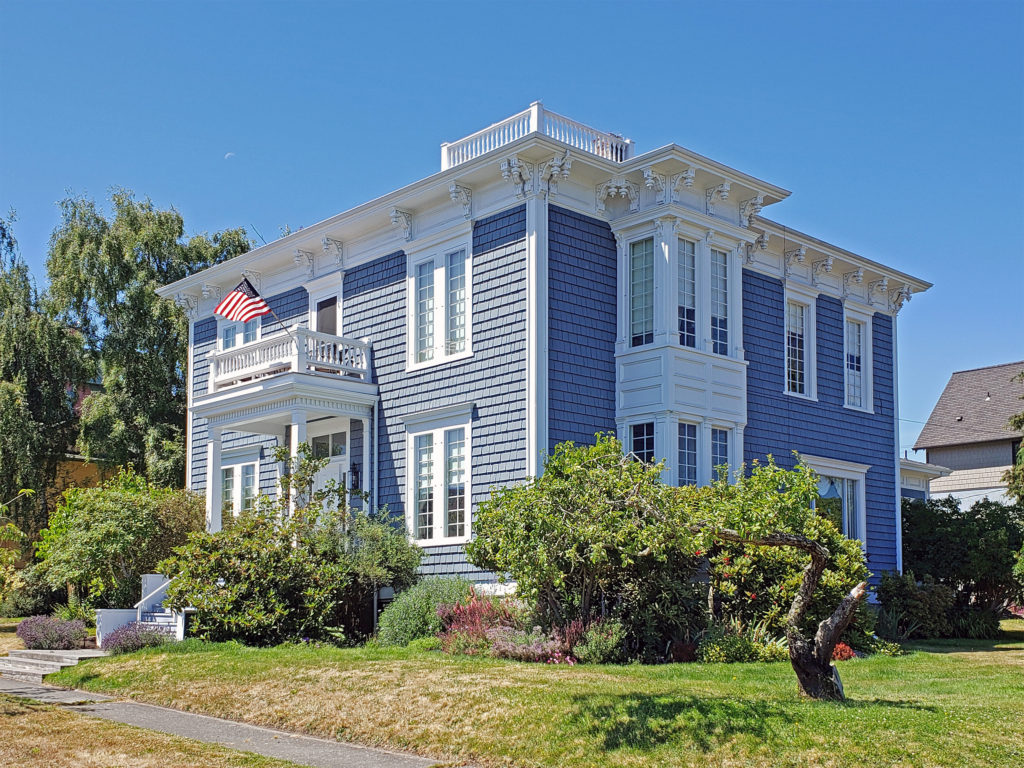 Take a walk along Water Street. It’s not hard to imagine what the town was like 130 years ago because most of the buildings you see today date from that period. Venture up to the bluff above the waterfront and you’ll find many Victorian era homes, most of which have been well preserved or restored. If you visit in the summer months you can tour the
Take a walk along Water Street. It’s not hard to imagine what the town was like 130 years ago because most of the buildings you see today date from that period. Venture up to the bluff above the waterfront and you’ll find many Victorian era homes, most of which have been well preserved or restored. If you visit in the summer months you can tour the 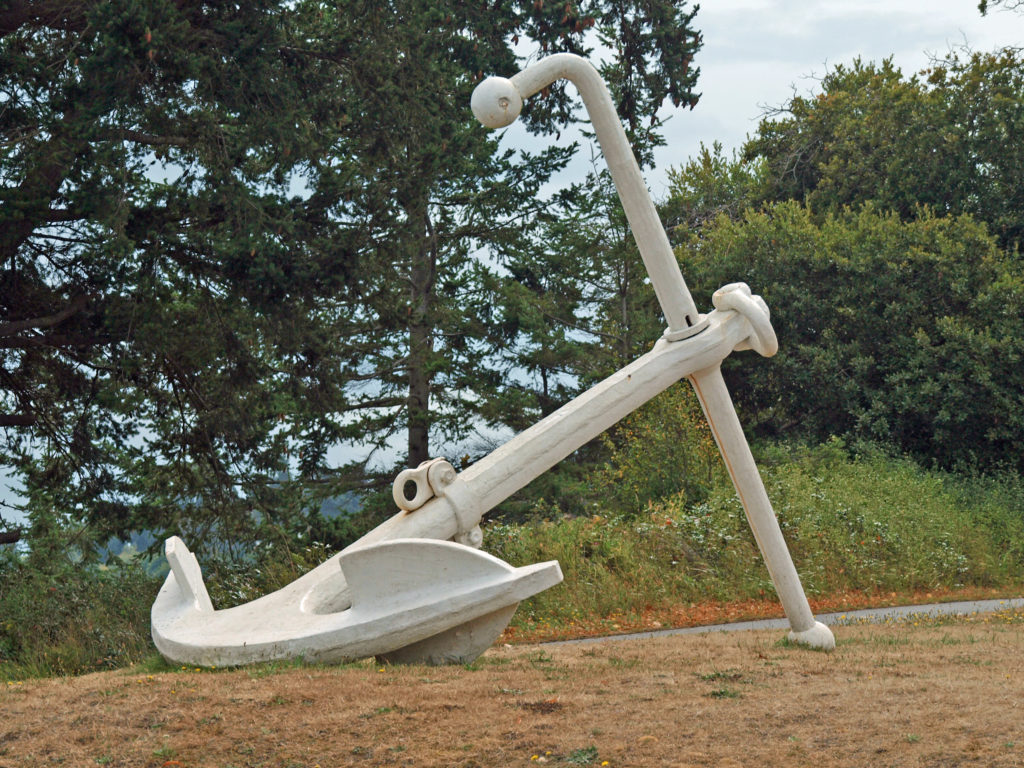
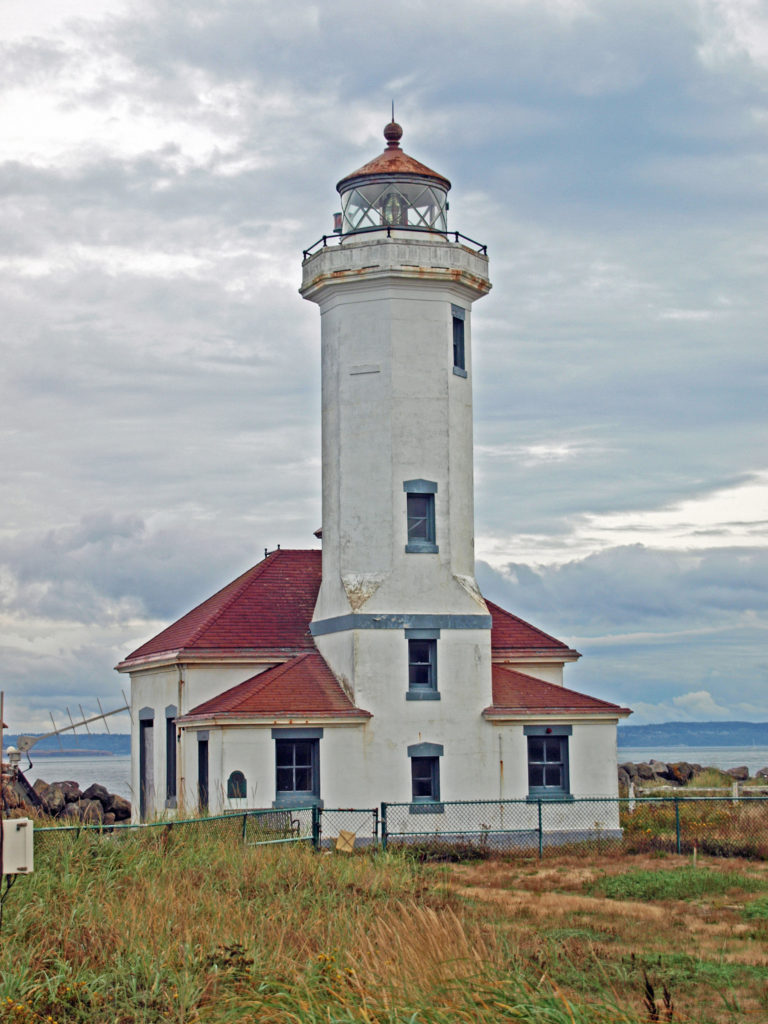
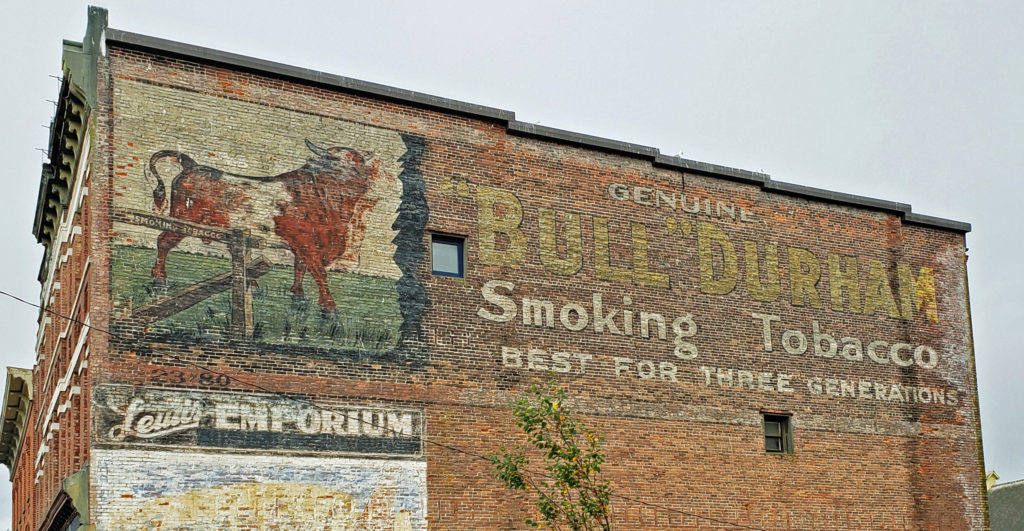 Even if you’re not interested in the town’s history, its maritime traditions, or the arts, Port Townsend is still worth visiting, if only to take in its beautiful setting and indulge in its food and drink scene.
Even if you’re not interested in the town’s history, its maritime traditions, or the arts, Port Townsend is still worth visiting, if only to take in its beautiful setting and indulge in its food and drink scene.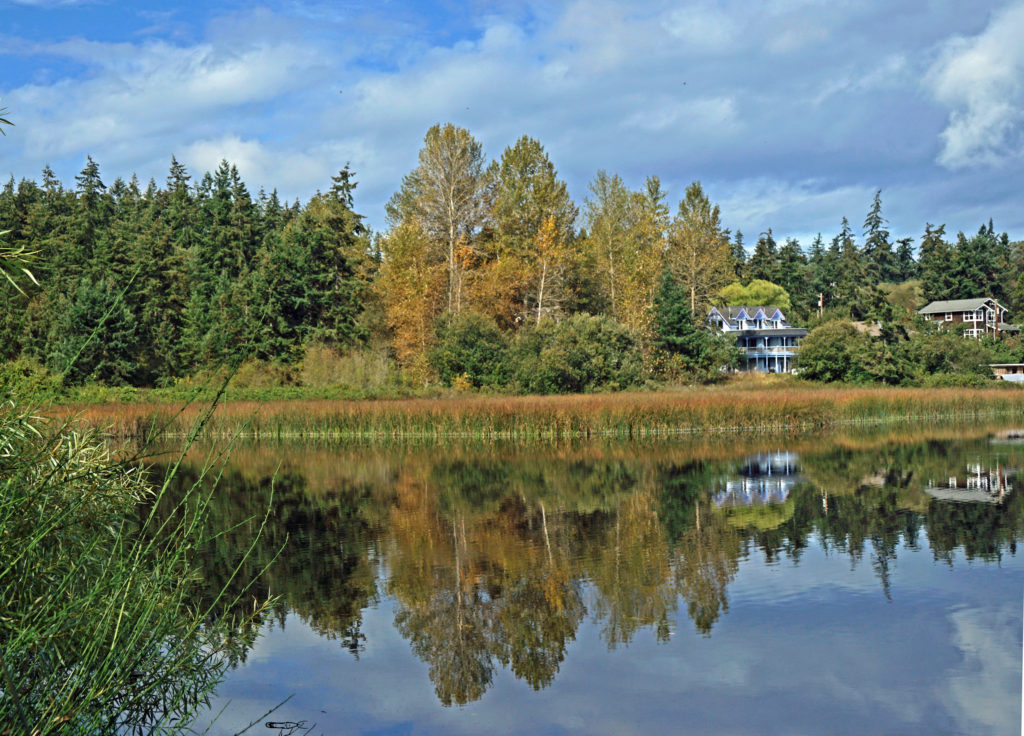
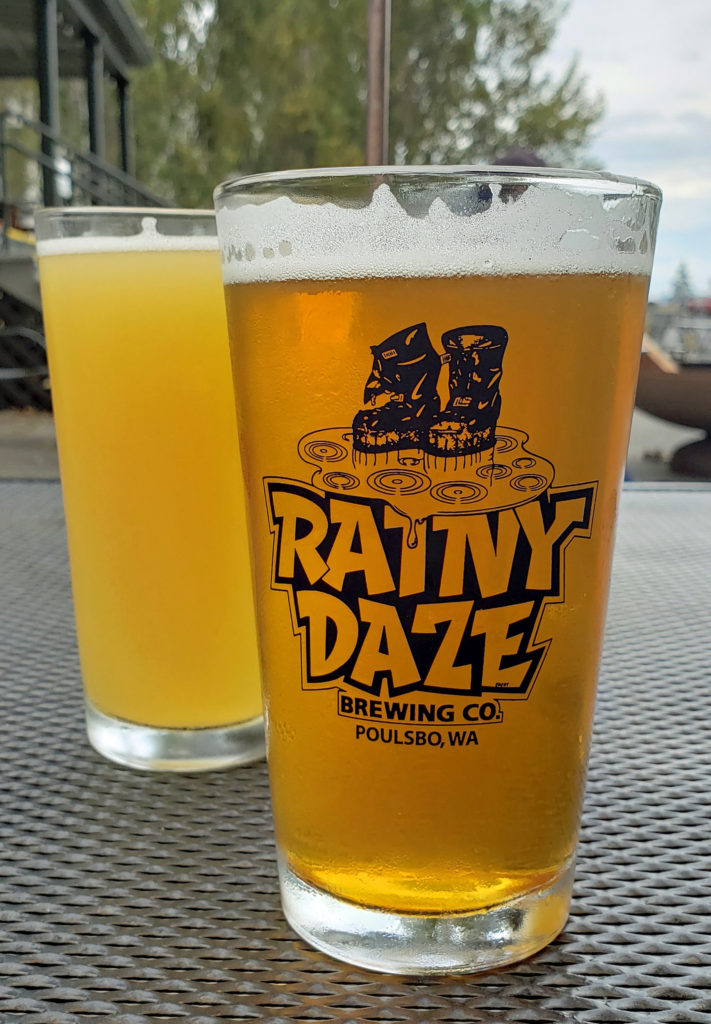 When you’re done with your hike, check to see if Taps at the Guardhouse in Fort Worden is open (it was closed in 2022) to quench your thirst with a good craft brew. Back in the historic district, I highly recommend that you visit
When you’re done with your hike, check to see if Taps at the Guardhouse in Fort Worden is open (it was closed in 2022) to quench your thirst with a good craft brew. Back in the historic district, I highly recommend that you visit 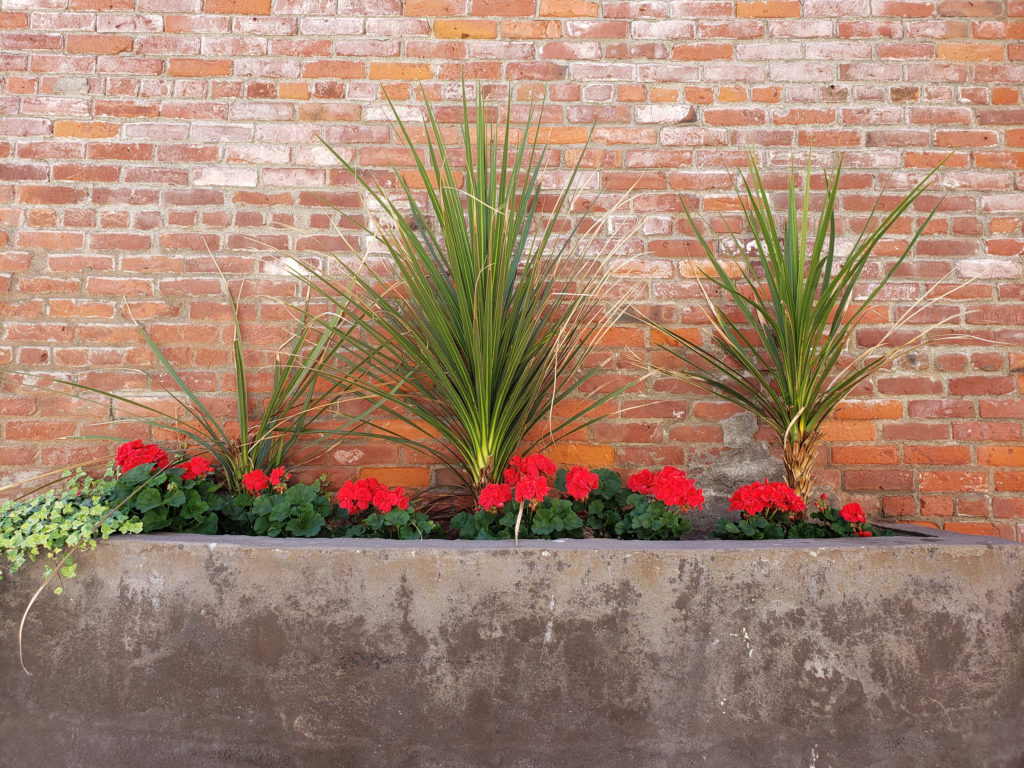
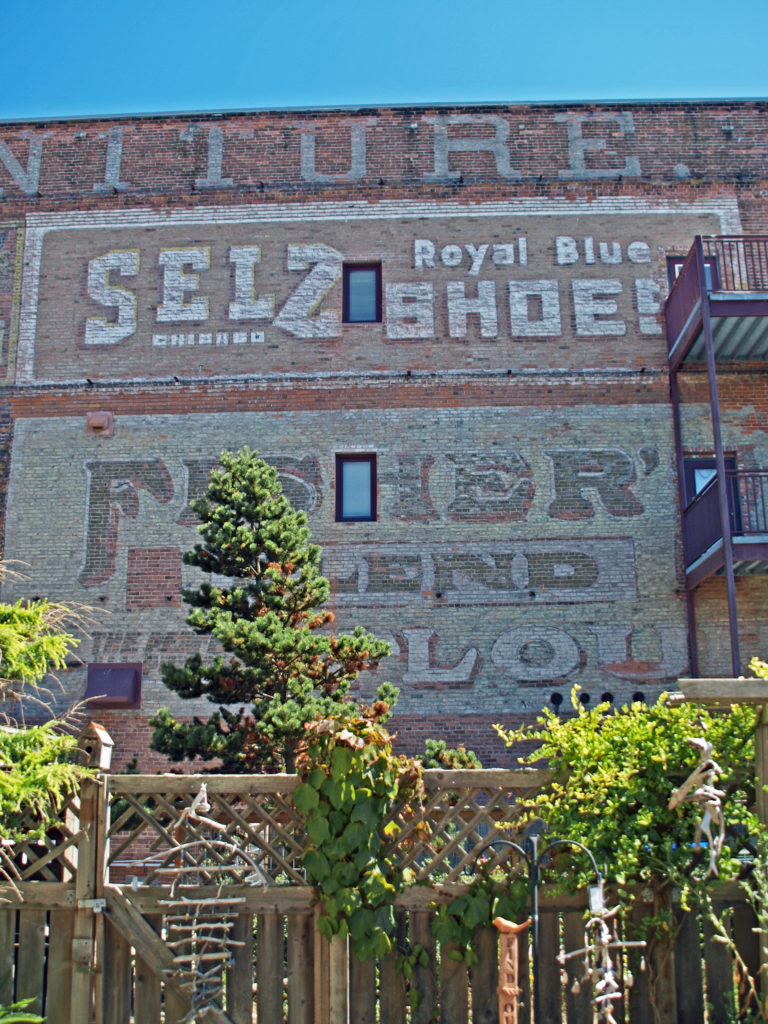 On the food side, Owl Spirit Cafe is a good place to grab a sandwich or burrito for lunch. If you have pizza in mind, try Waterfront Pizza. My go to spot for breakfast and lunch is
On the food side, Owl Spirit Cafe is a good place to grab a sandwich or burrito for lunch. If you have pizza in mind, try Waterfront Pizza. My go to spot for breakfast and lunch is 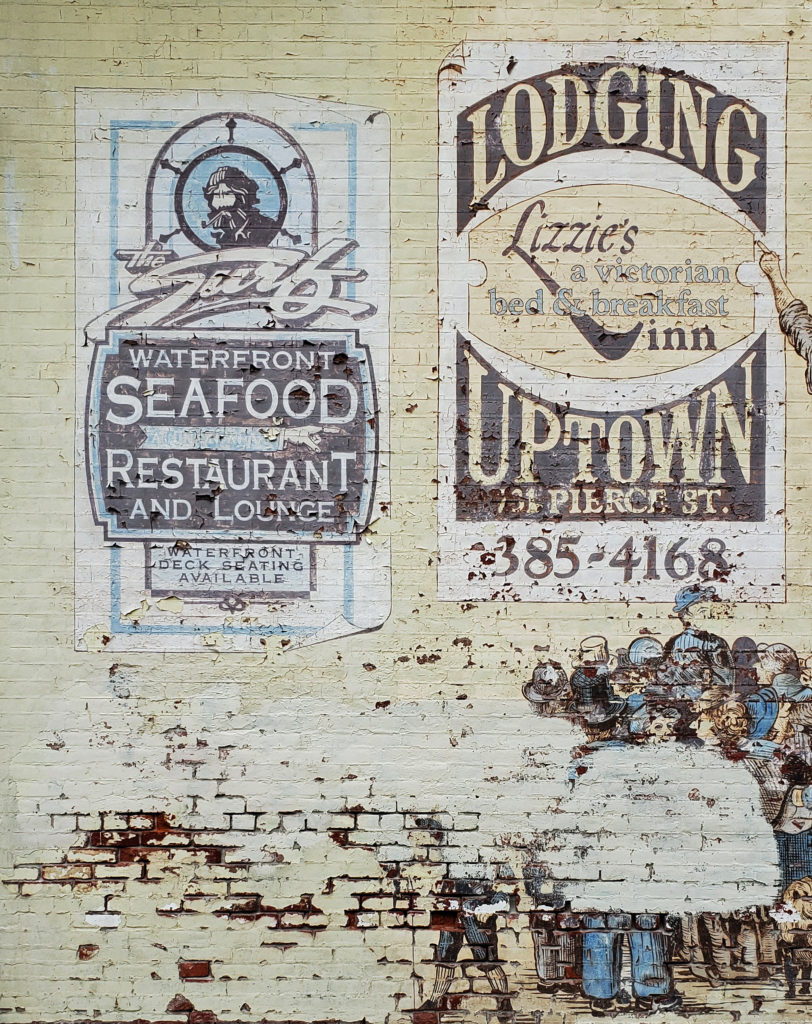 My wife and I stayed at the Water Street Hotel on our most recent visit, recently renamed the
My wife and I stayed at the Water Street Hotel on our most recent visit, recently renamed the 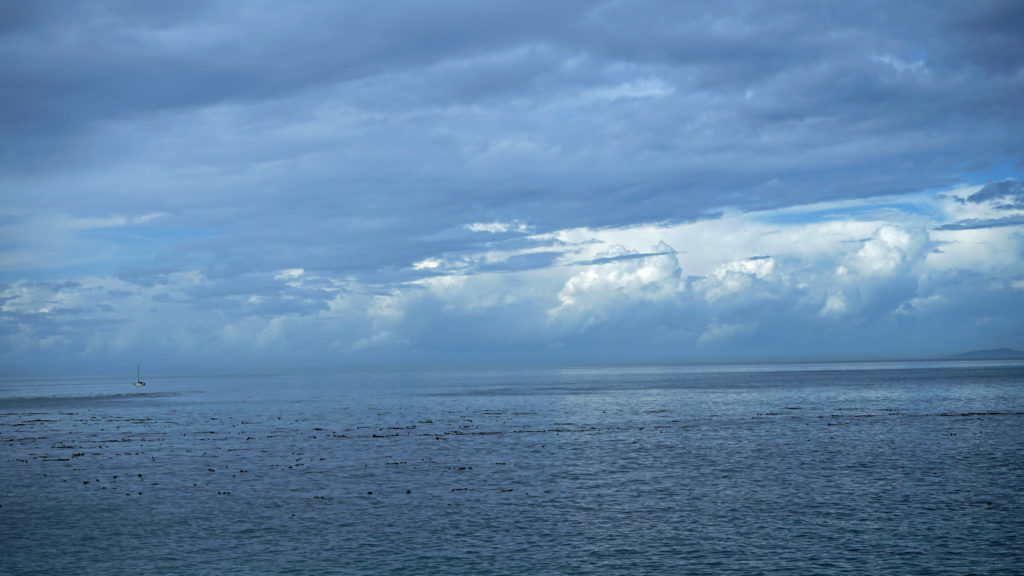
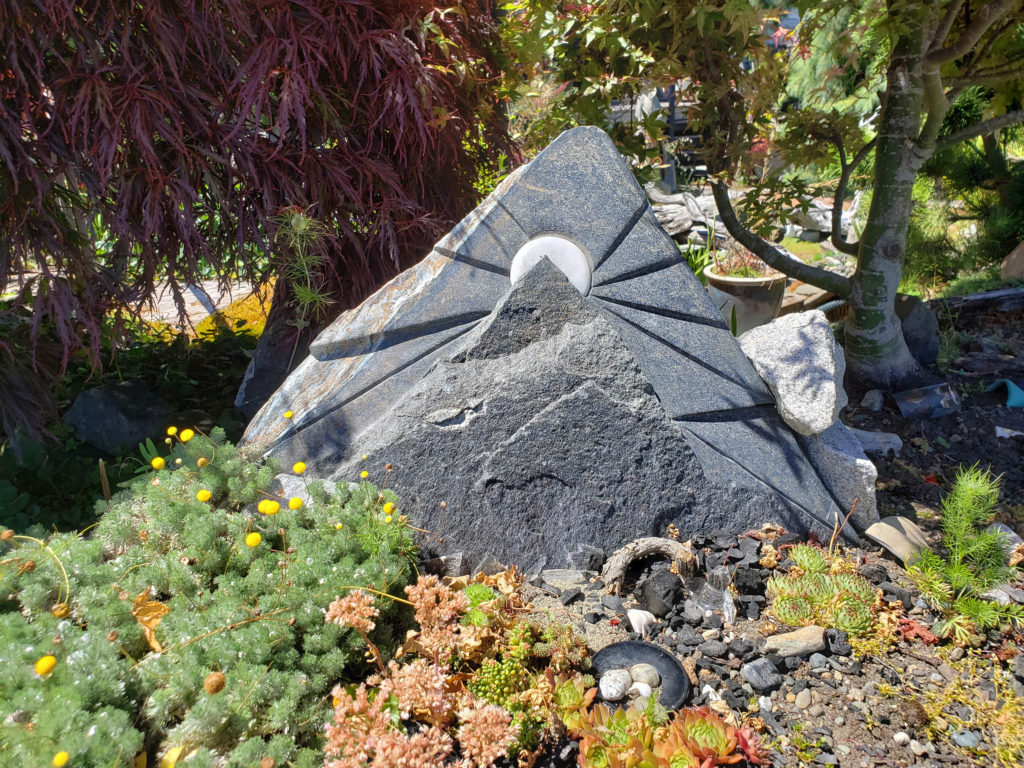 Originally posted November 20, 2020. Updated and re-posted January 12, 2023.
Originally posted November 20, 2020. Updated and re-posted January 12, 2023.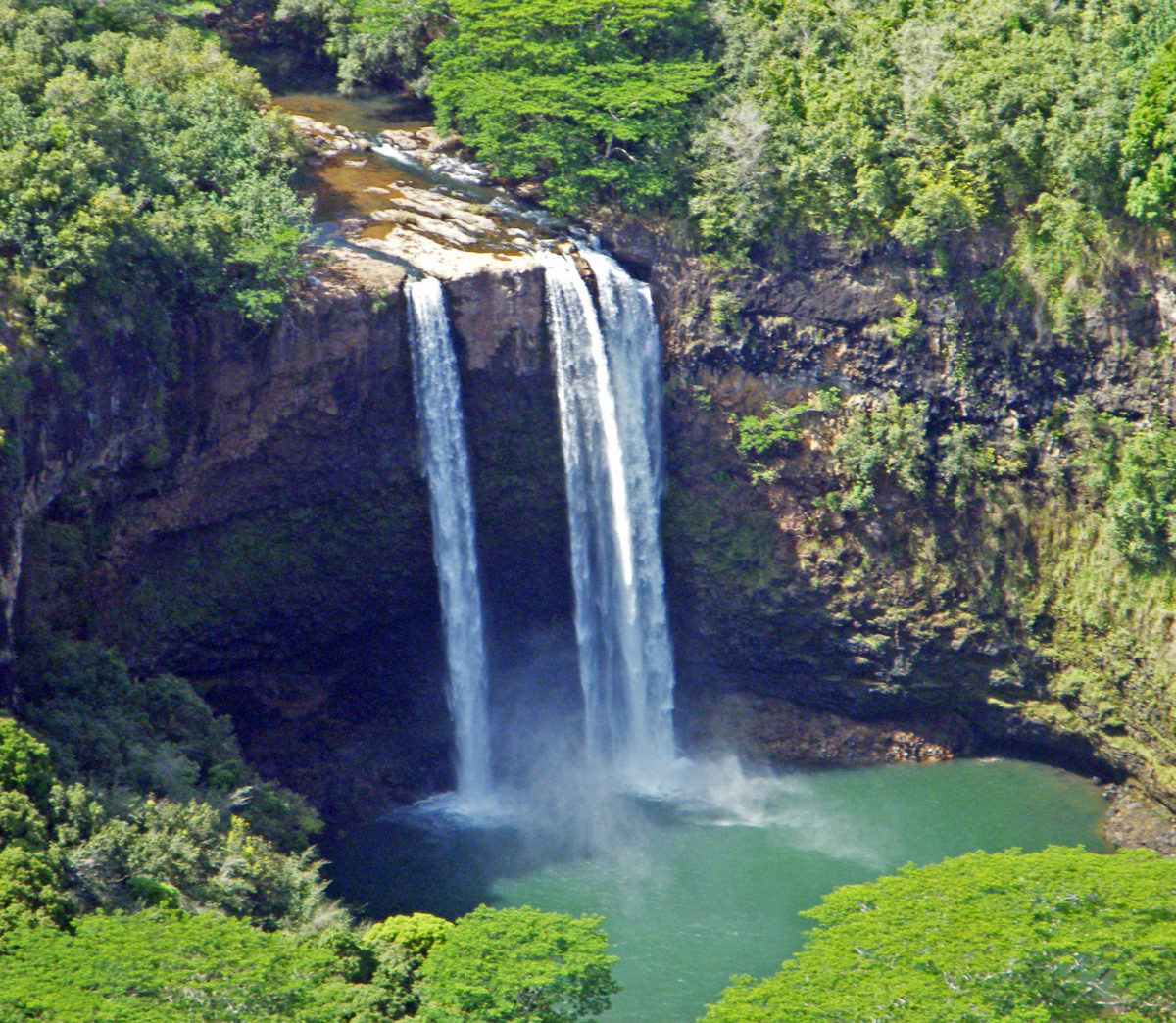
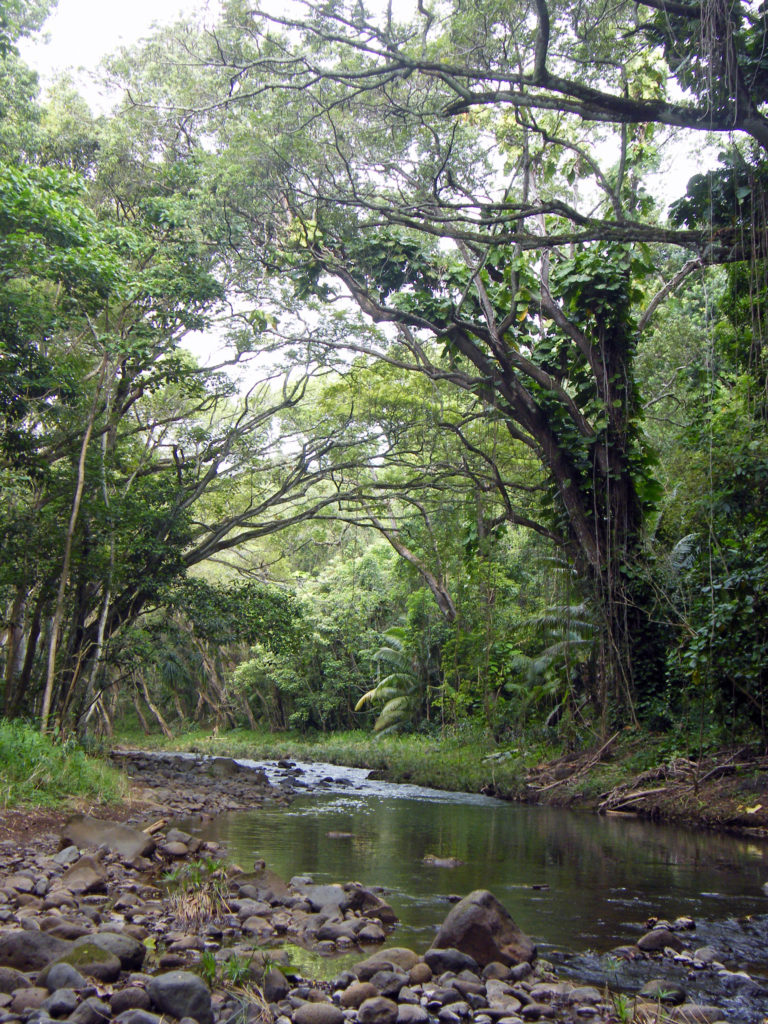
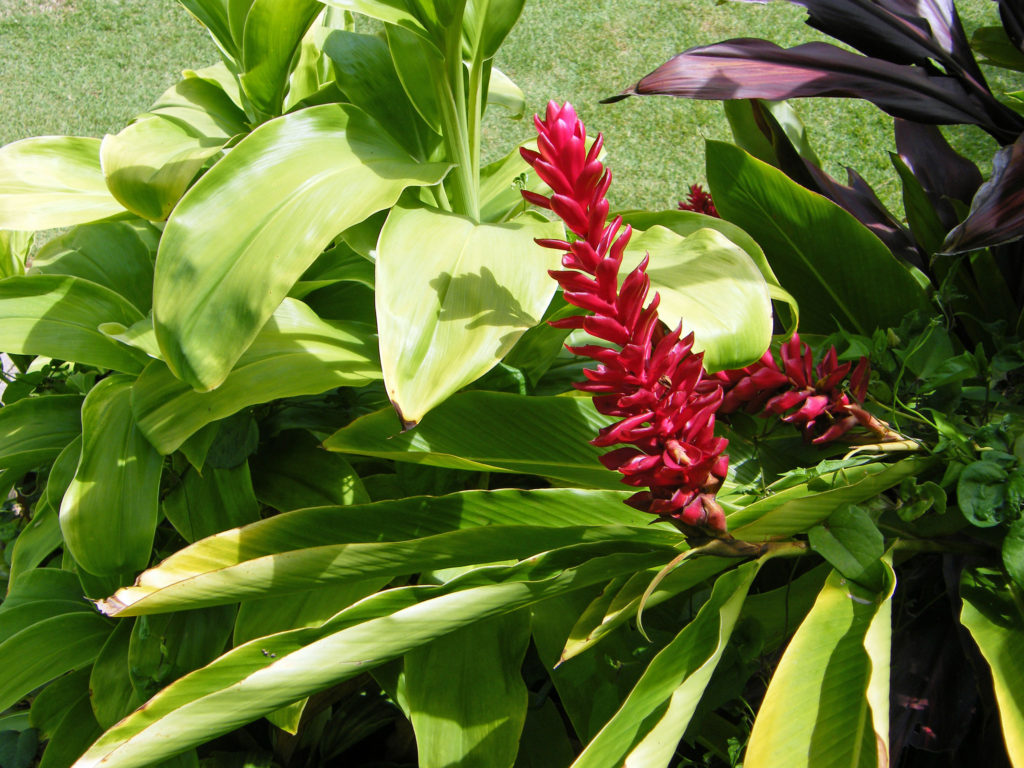
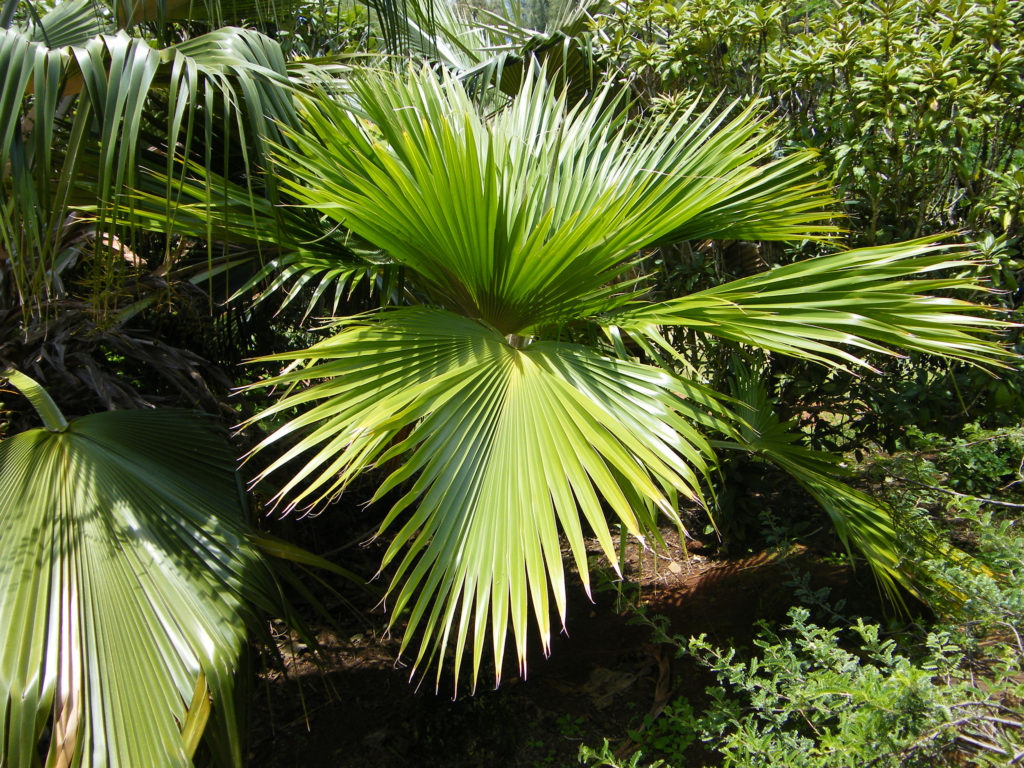

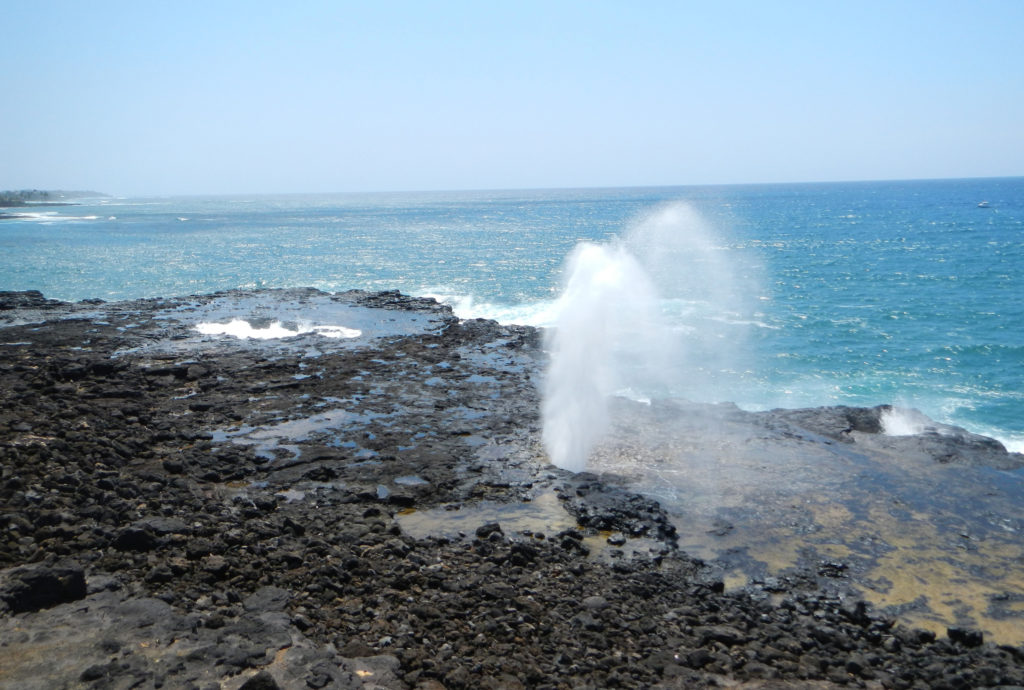
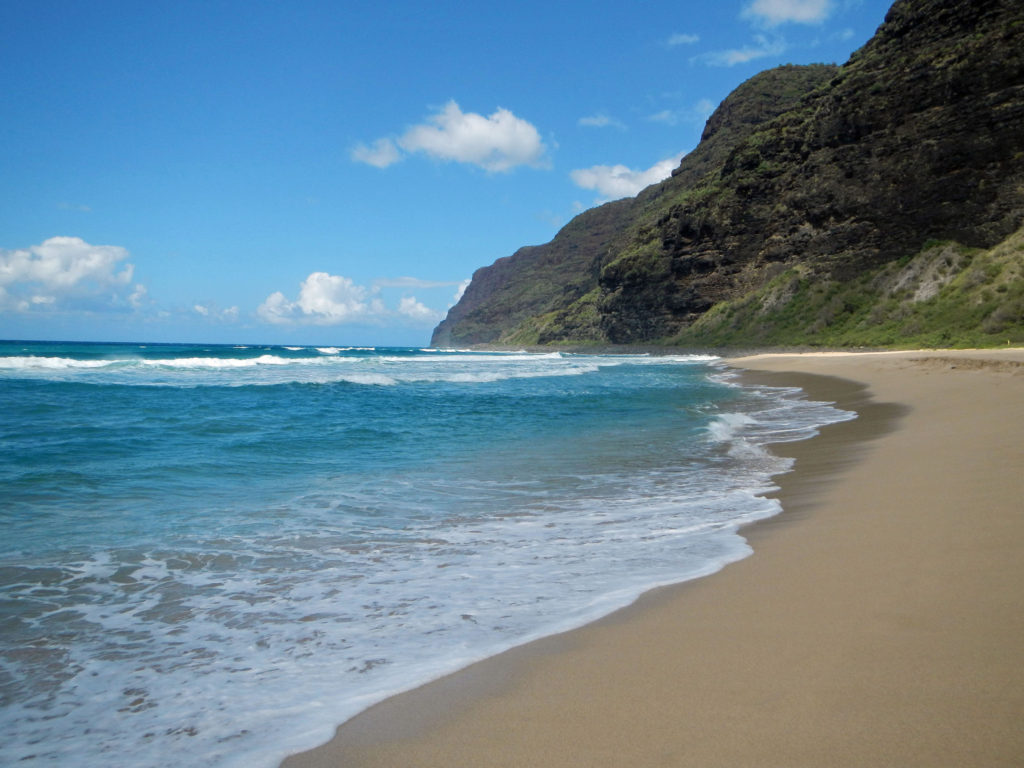
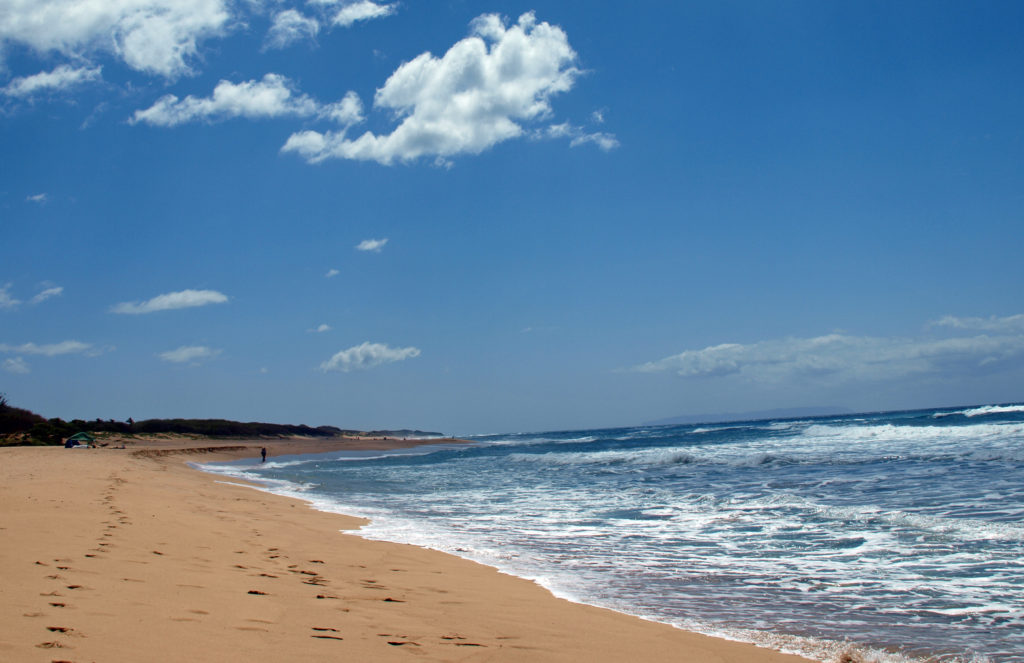
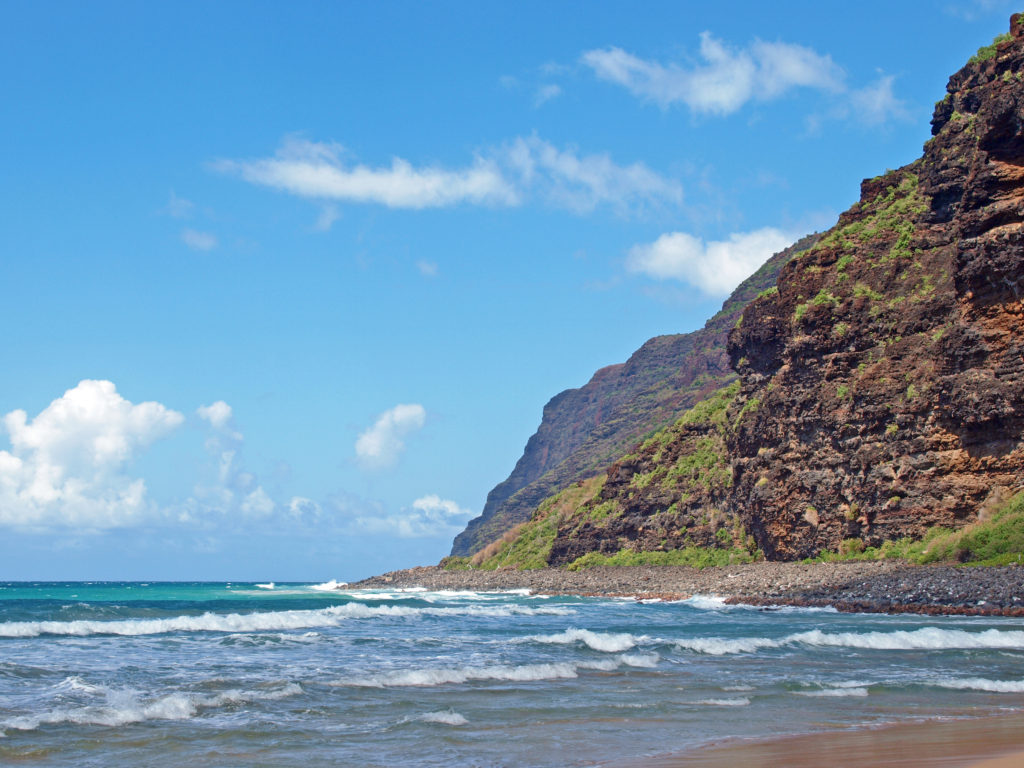
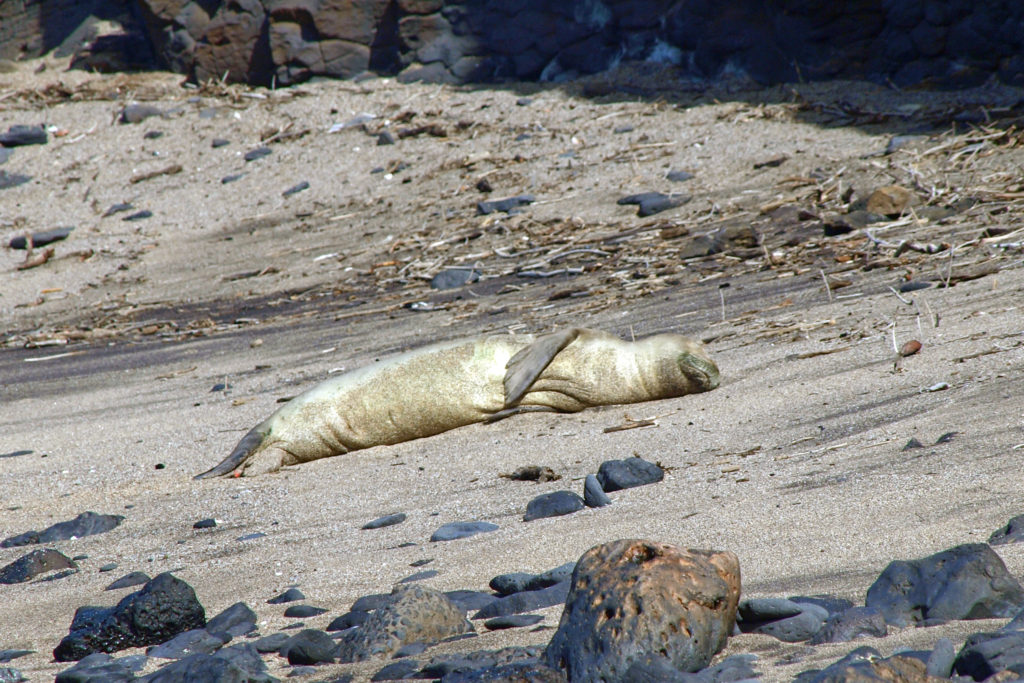
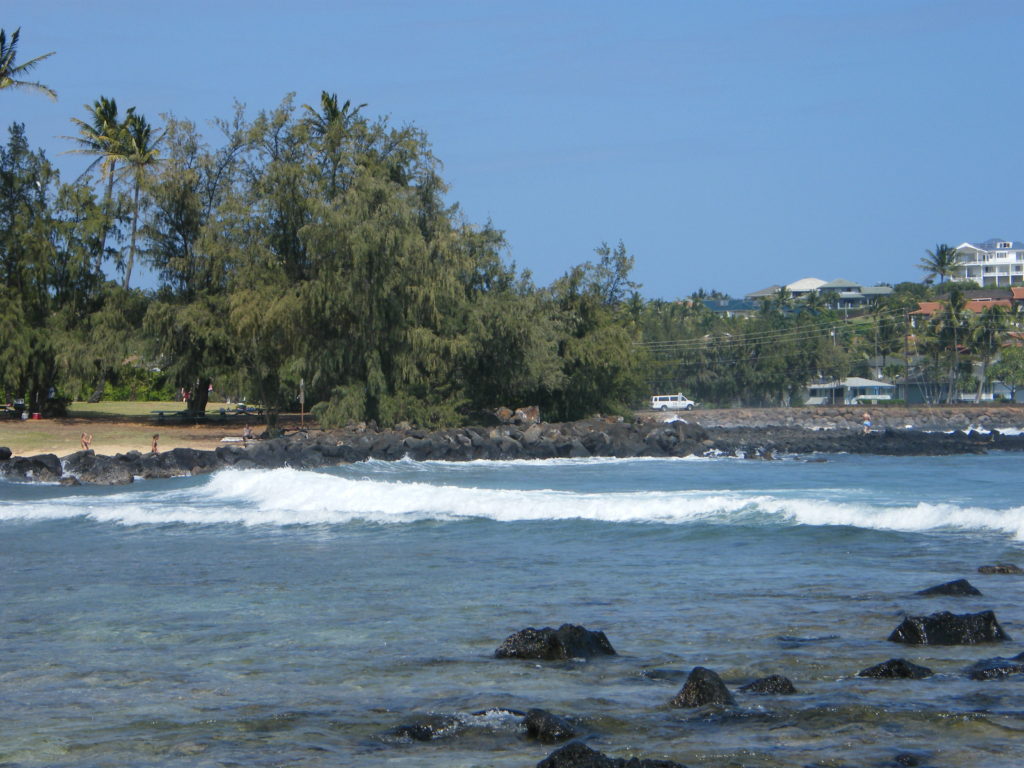
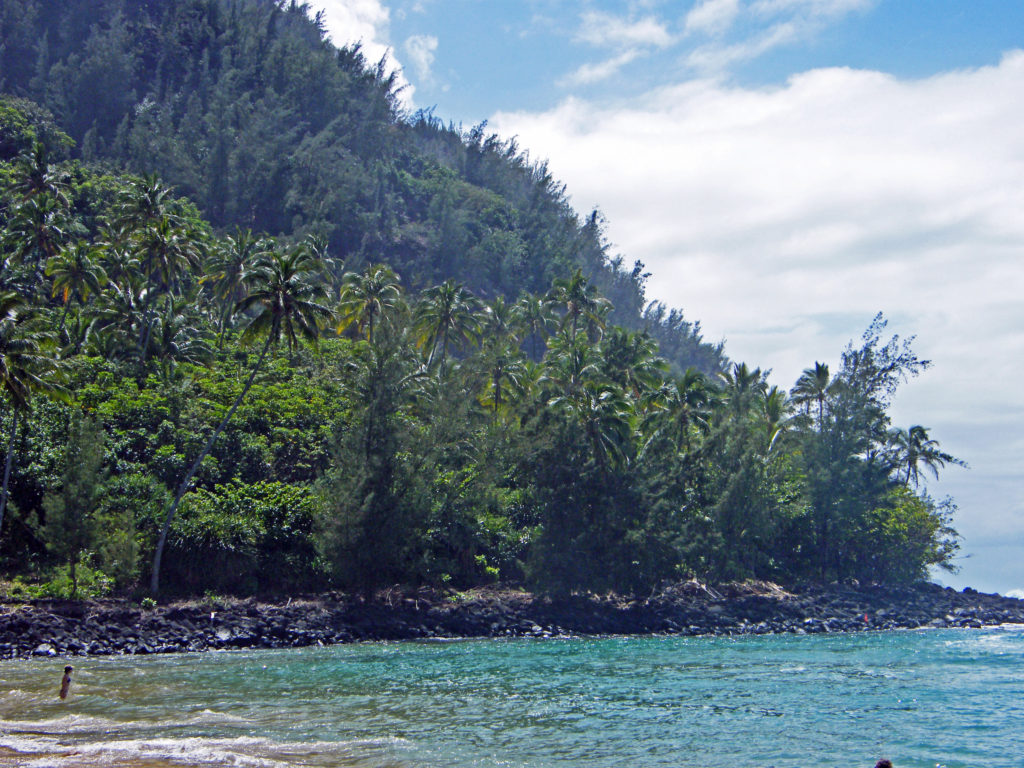
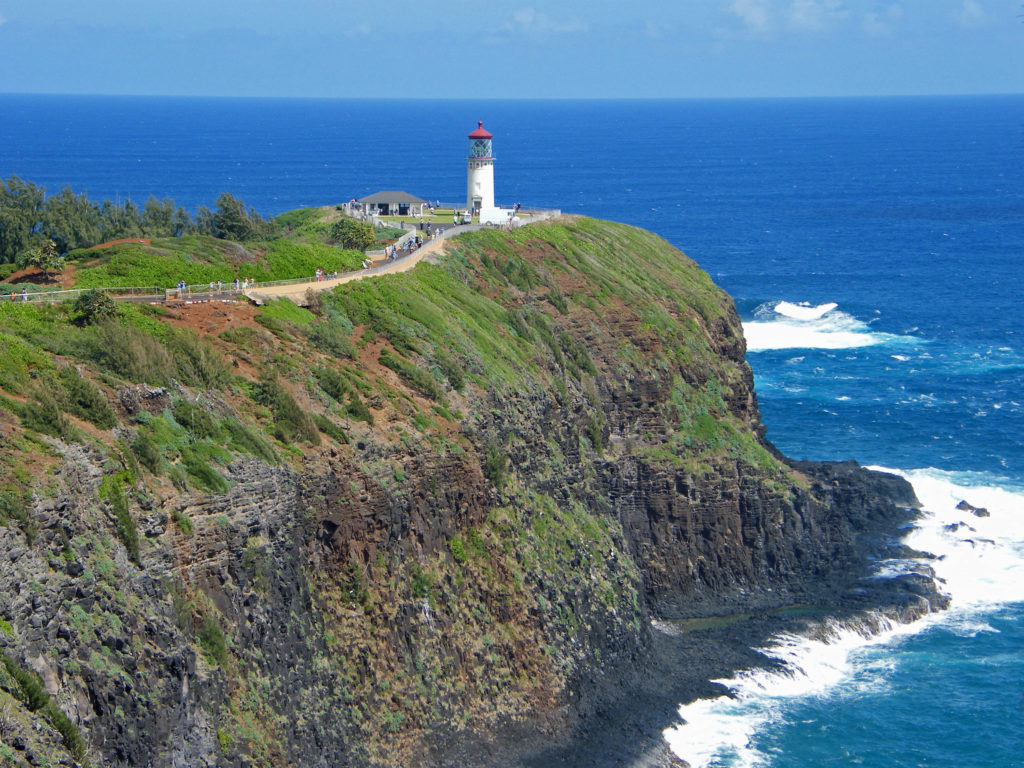
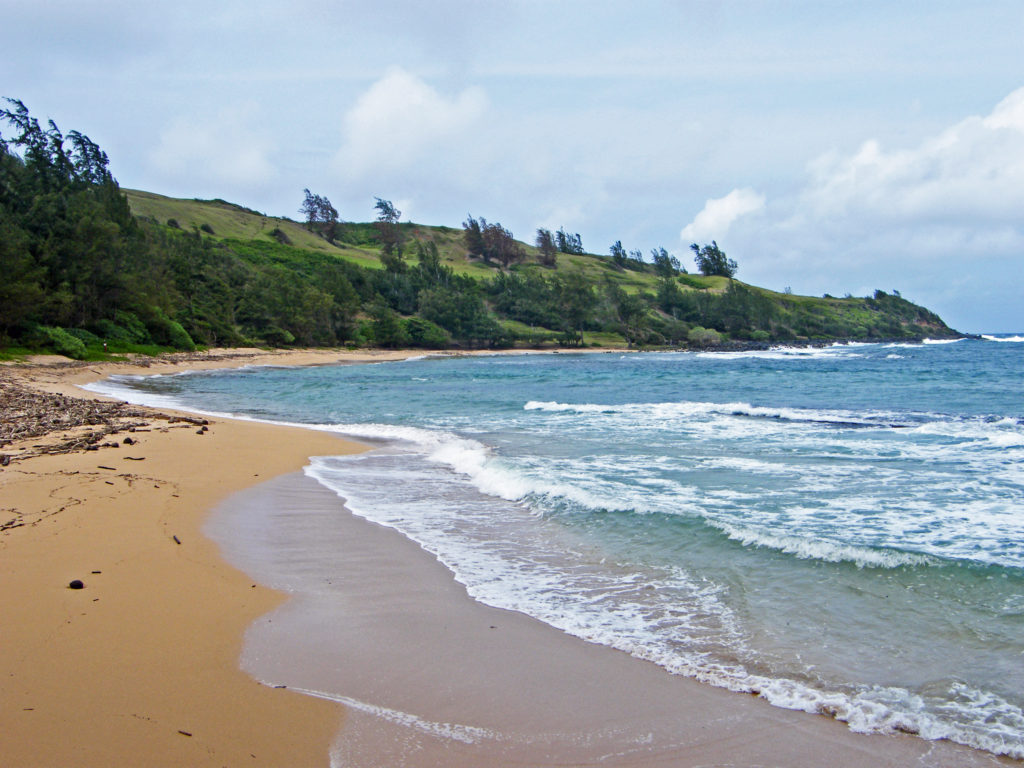
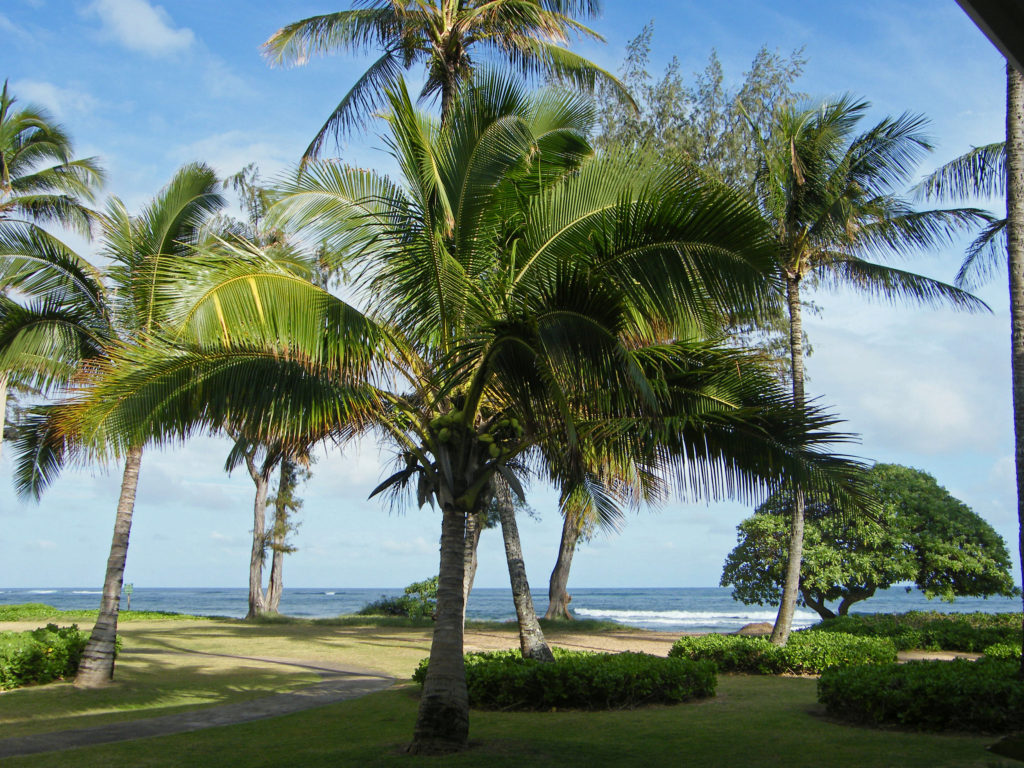
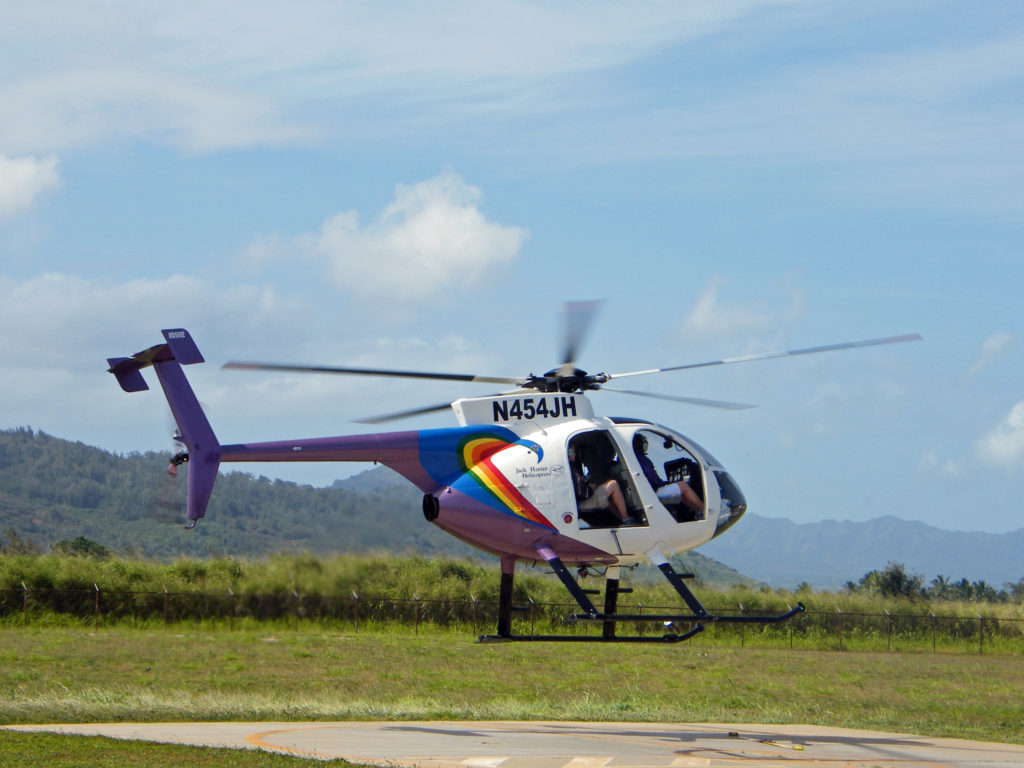
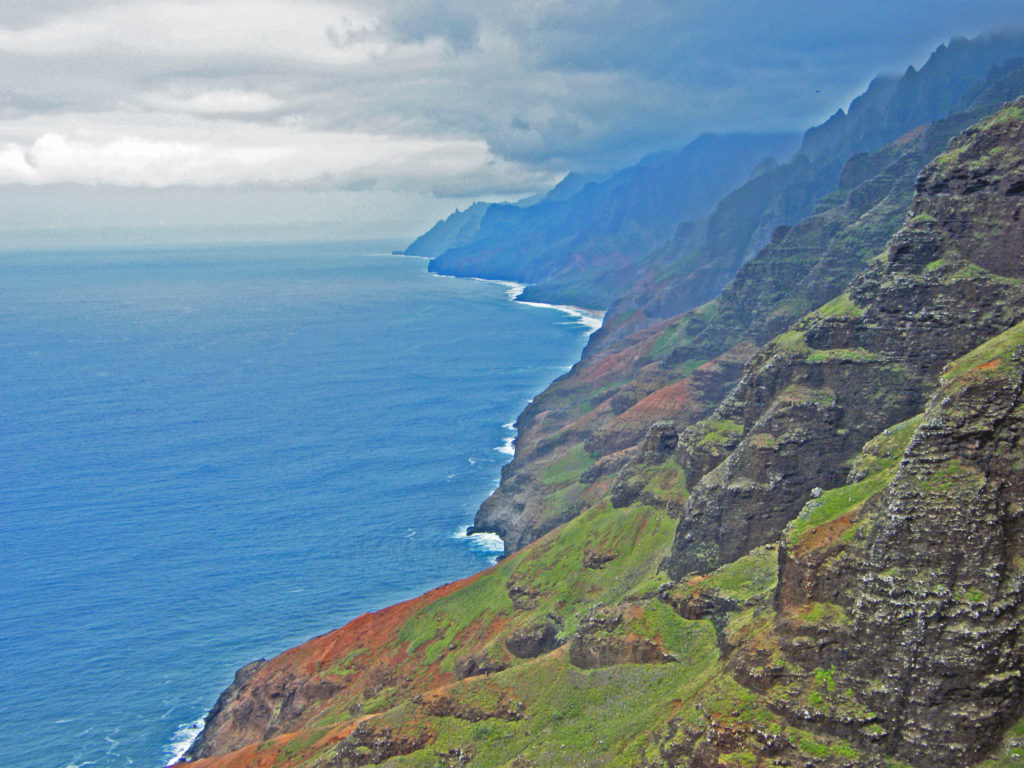
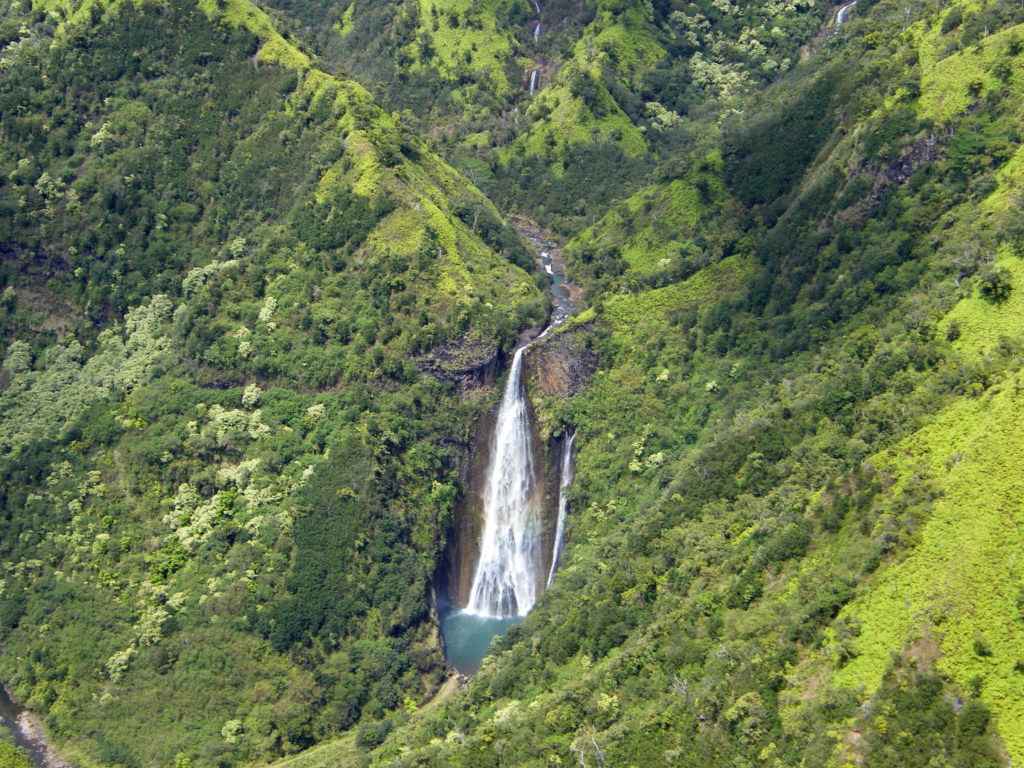
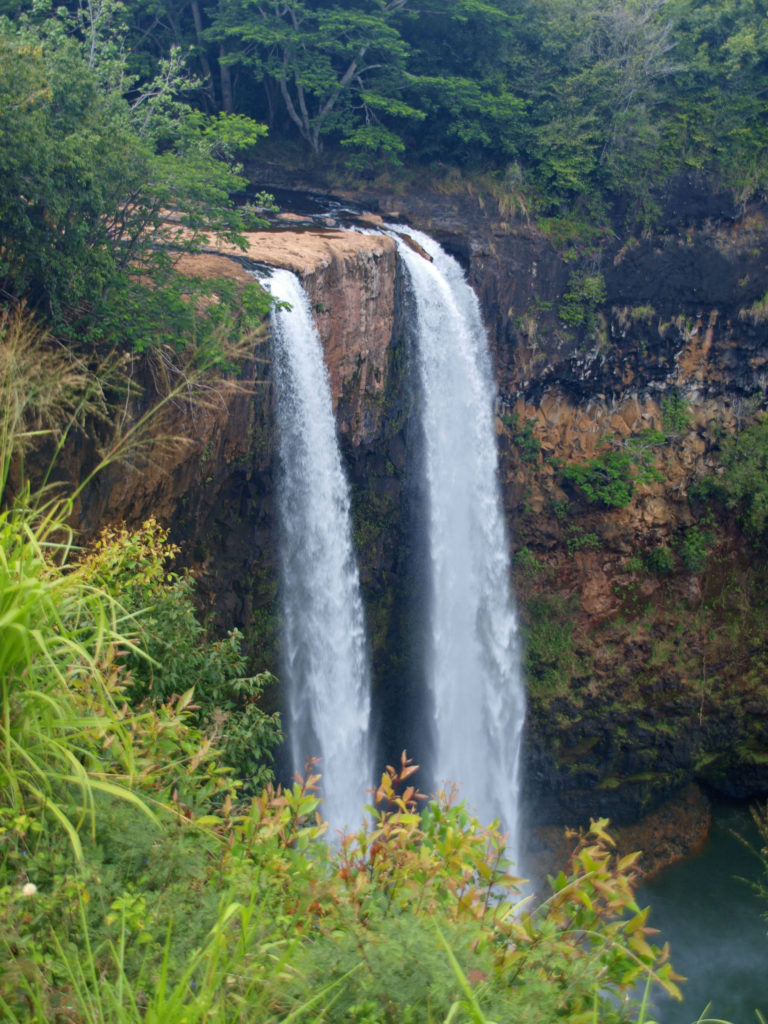
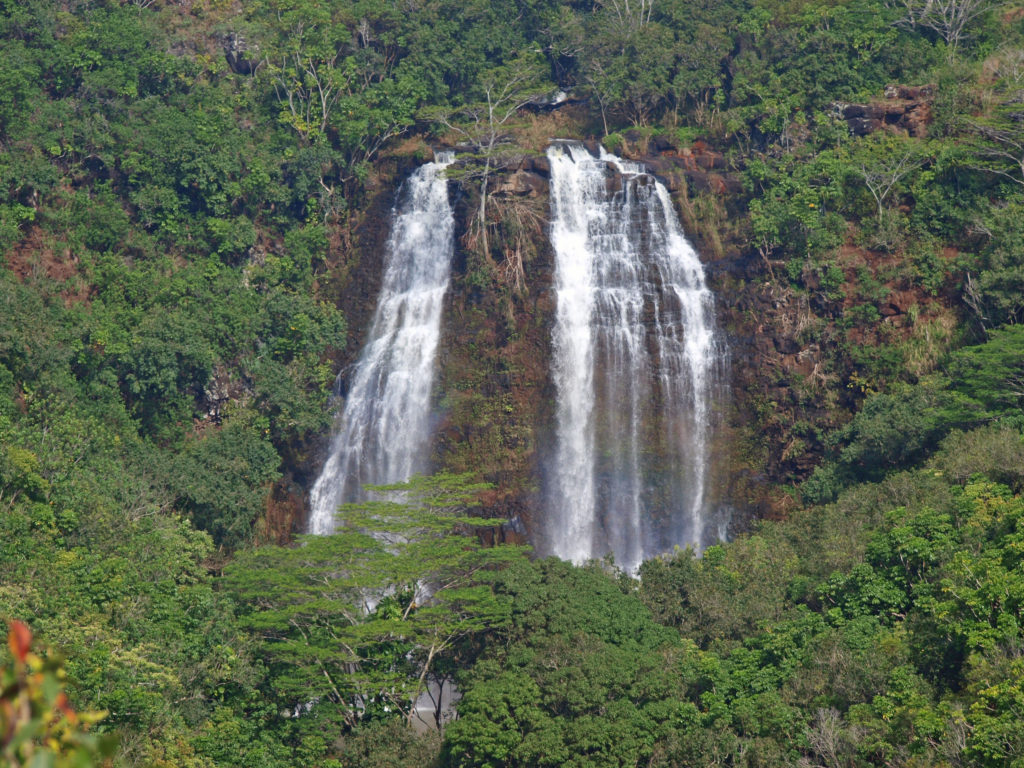
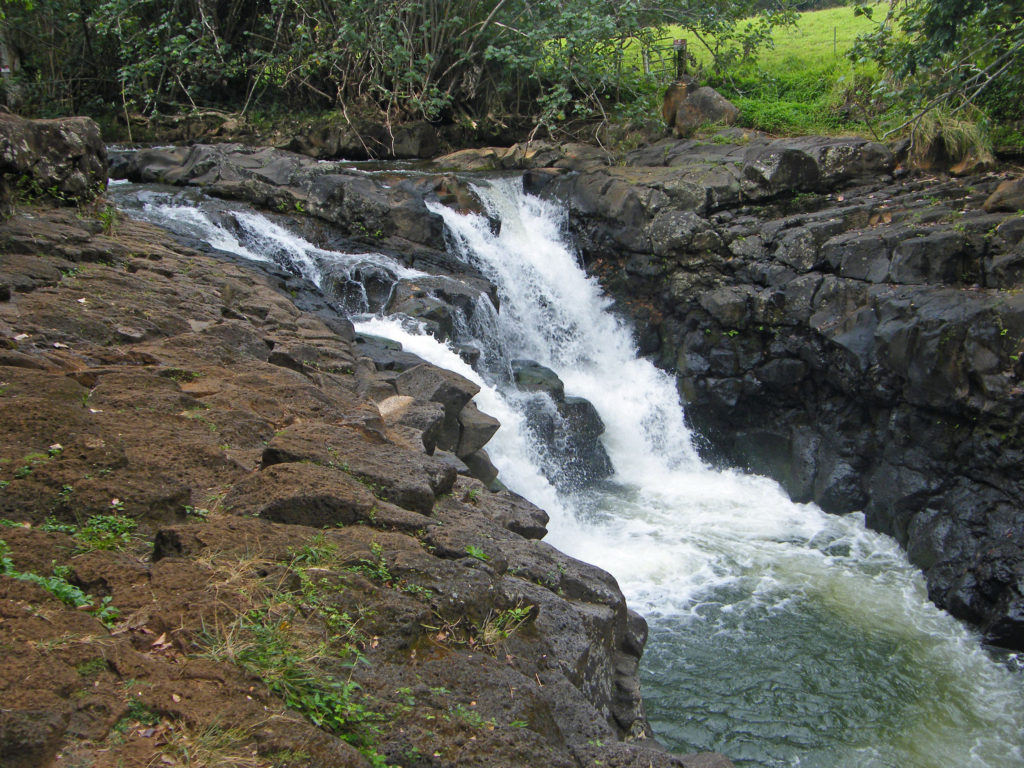
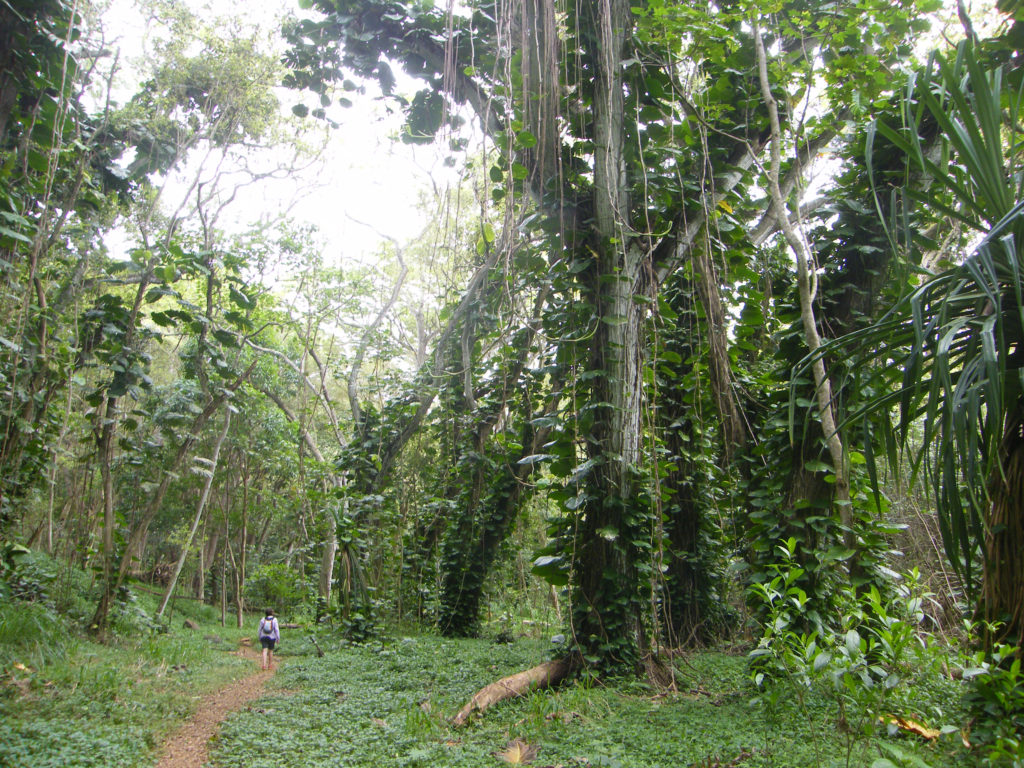
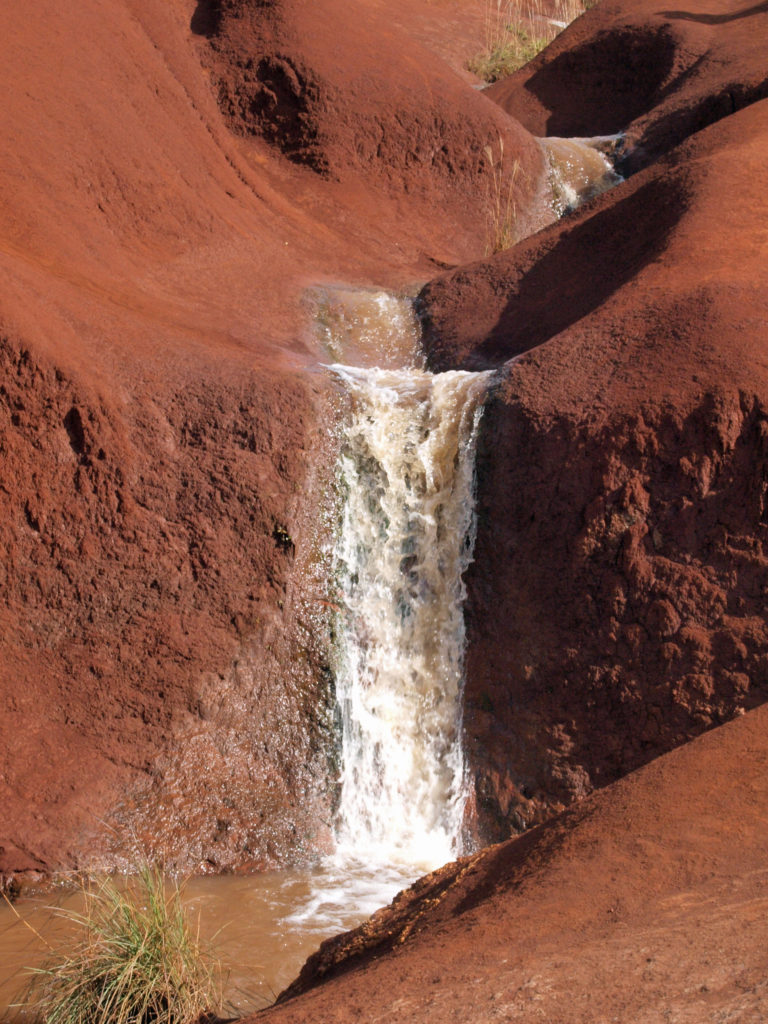
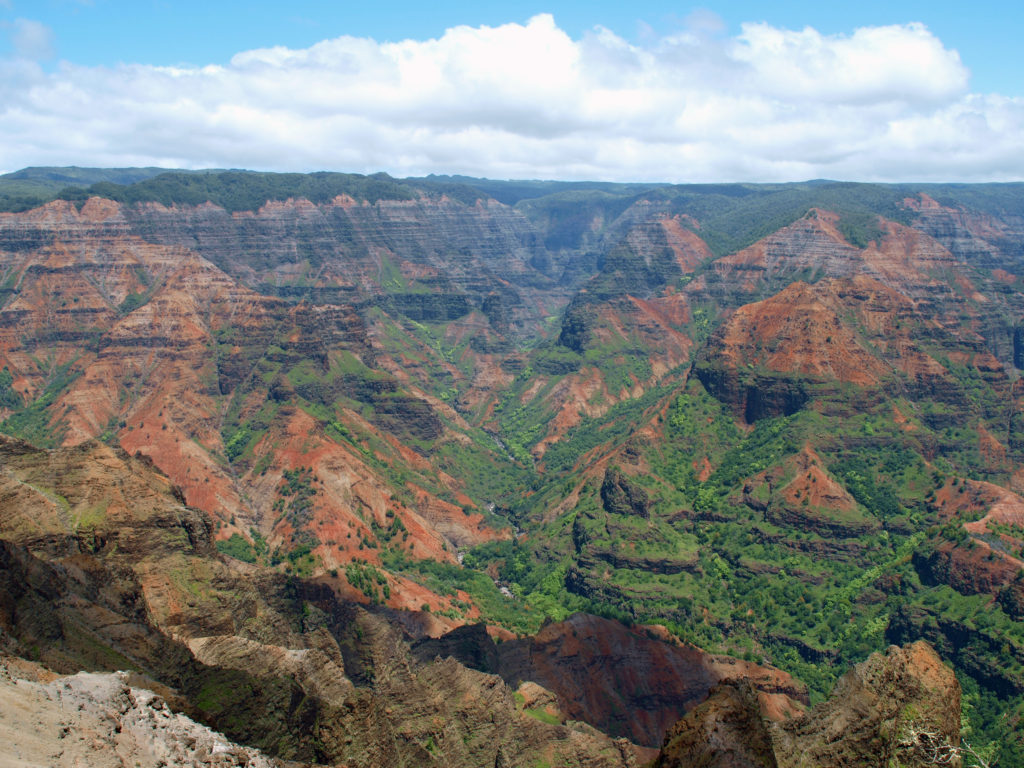
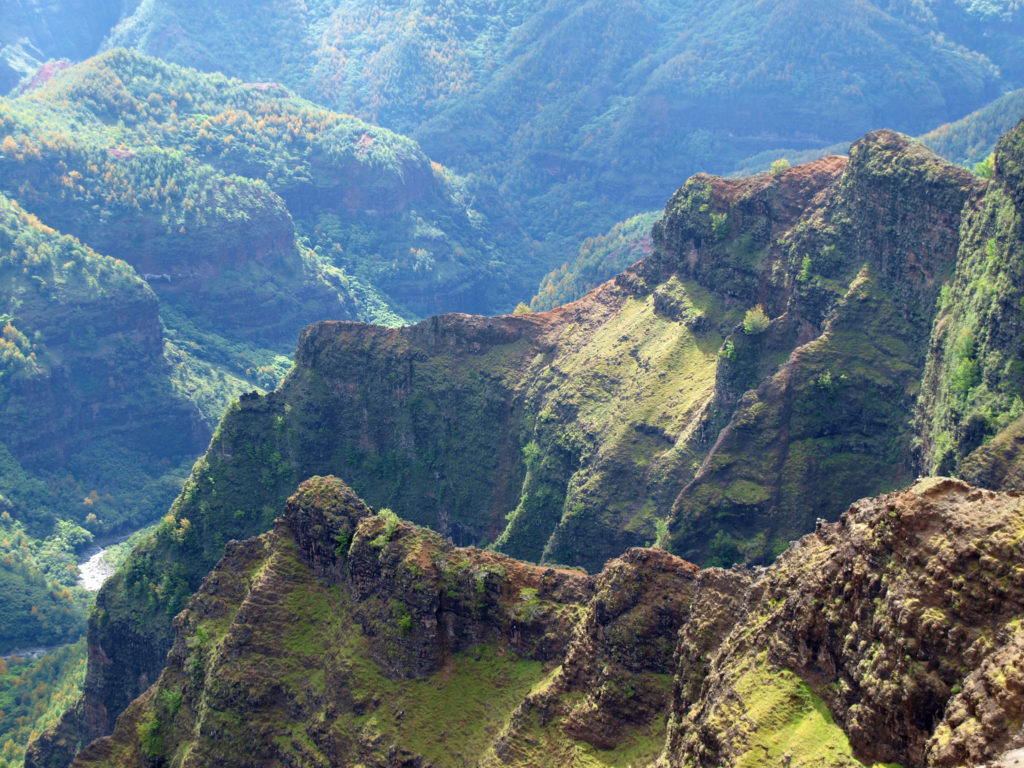
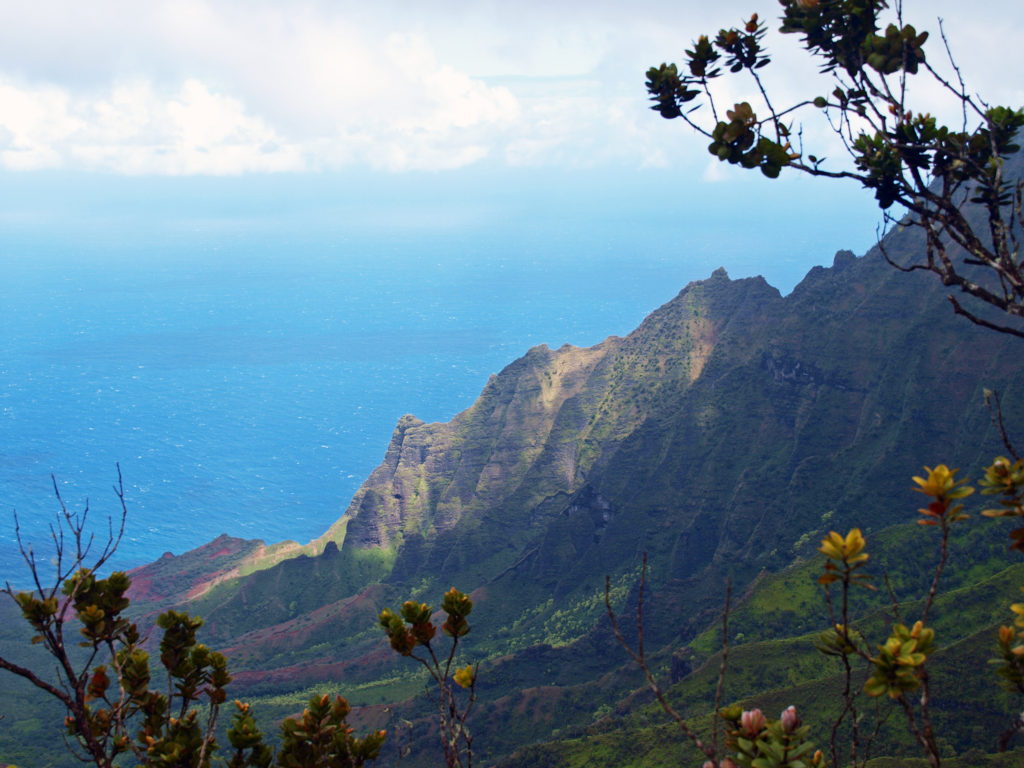
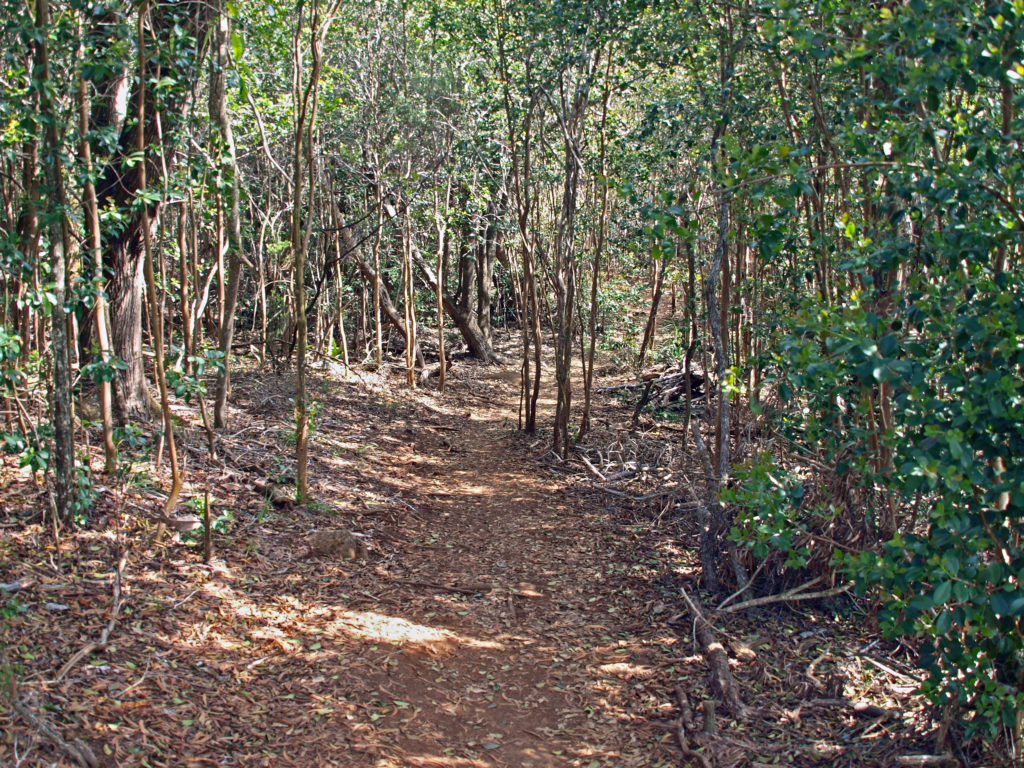 For hikers, there are more than 45 miles of trails in the canyon. You could easily spend days in the canyon and not hike all of the trails. For those that do want to spend multiple days hiking or sightseeing,
For hikers, there are more than 45 miles of trails in the canyon. You could easily spend days in the canyon and not hike all of the trails. For those that do want to spend multiple days hiking or sightseeing, 